I wanted to go somewhere memorable for my 40th birthday, so I figured a world wonder was a good place to start. February on the east coast of the U.S. is cold, so I started looking to go somewhere warm. My research pointed me towards Machu Picchu. I had never been to South America at all before, so this seemed like a good time.
Day 0–1: Monday–Tuesday, January 29–30
Em and I boarded a red eye flight from the U.S. and landed in Cusco, Peru (via a Bogota, Colombia connection) at 11:15am. We had hoped for some decent sleep on the flight; she got some and I didn’t, which is usually the opposite for us.
We exchanged money to local currency (Peruvian soles) and headed outside to meet Marco, the driver we had hired for the week. Marco didn’t speak much English, so I busted out my rusty Spanish in combination with the Google Translate app and we arrived at our hotel.
Cusco, Peru is over 11,000 ft. above sea level. Our prior research told us that many people get altitude sickness anywhere above 8,000 ft., so we didn’t plan much the first day to get acclimated. We checked into our hotel room and Em took a nap, as she was already feeling the elevation. I was starving, so I headed straight to the hotel restaurant for some local flavors of ceviche trucha (trout ceviche) and lomo saltado (strip steak with fried onions and peppers). After lunch, I took a 30-minute nap.
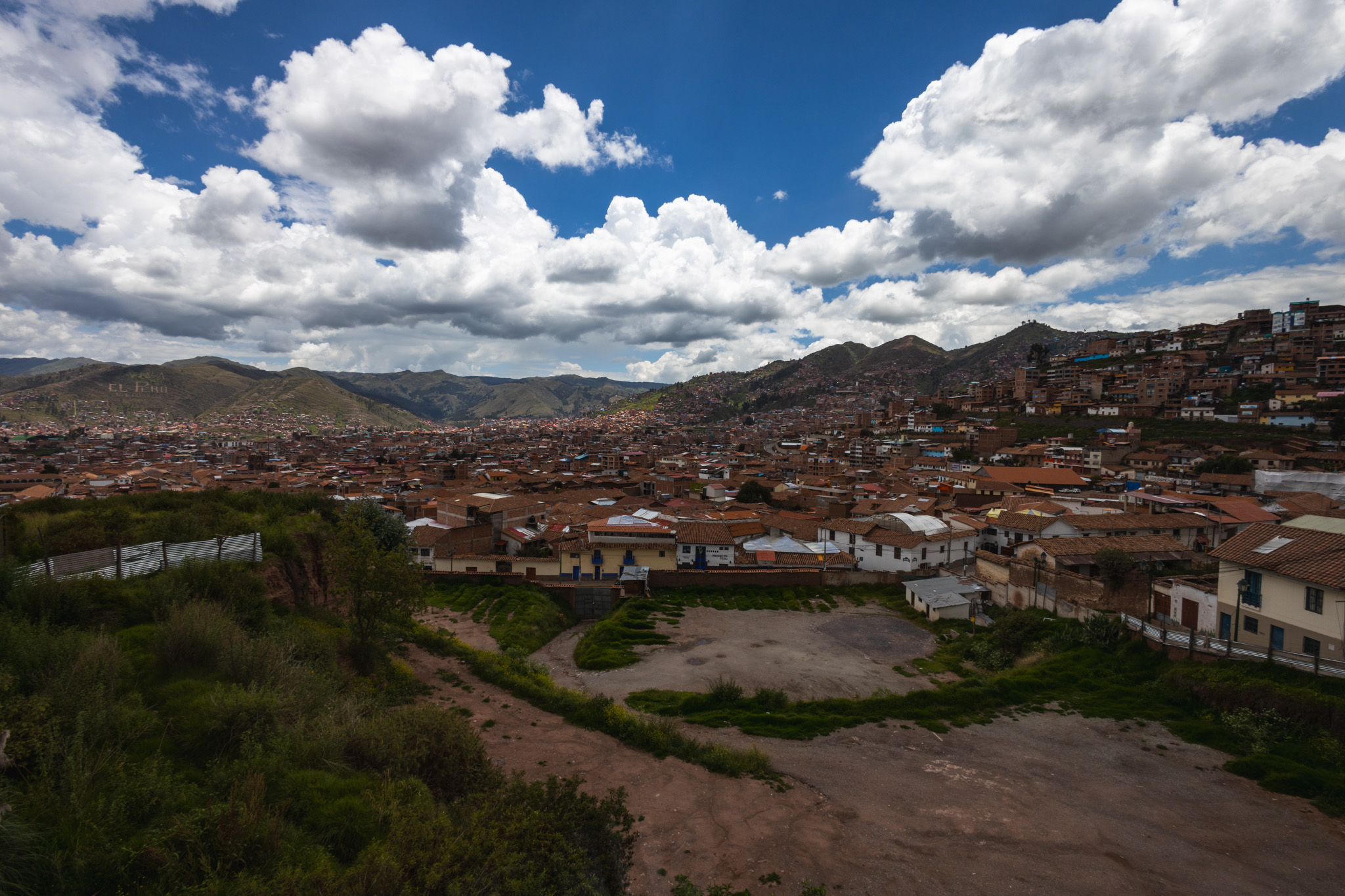

Em woke up feeling better and ready to explore the town. I woke up with a mild headache. Before heading out to the town, we took advantage of the hotel’s complimentary oxygen service for 15-minutes. It helped for a bit, but 5 minutes after we got to the main town square, I had a full-on migraine, so I went back to the hotel to sleep it off while Em explored on her own. I was down for the count for the rest of the night.
Day 2: Wednesday, January 31
I woke up 12 hours later, gratefully feeling like normal since we had a full day of excursions ahead.
The plan was to spend a few hours seeing some popular sites in the Sacred Valley before boarding a train to Machu Picchu town (Aguas Calientes) so we could catch the earliest bus to Machu Picchu the next morning.
However, I received an email from the train company, notifying me of a “suspension of railway operations” due to local protests. I did some quick Google searching, and The New York Times confirmed the news.
The only other way to Machu Picchu that I had read about in my trip planning were a few multi-day hikes. I hate hiking, and, even if I didn’t, one day wouldn’t be enough time anyway. I asked the hotel concierge for other options, and she pretty quickly conceded that we were out of luck.
By this time, Marco was outside to pick us up for the day, so I went out to tell him about our change of plans. He replied, “Don’t worry. I’ll make a plan.” After a few minutes of doing something on his phone and making a few calls, he filled us in. He said he could drive us to the hydroelectrical station, and we could do a 2-hour easy walk along the train tracks to Aguas Calientes. I had read about this option when researching, but it sounded like something the locals did a lot that wasn’t really a great tourist option. Marco volunteered to do the trip with us as long as we would pay for his food and expenses along the way. I liked that plan and was up for the extra adventure, especially as the alternative was to miss Machu Picchu all together.
We had our rollerboard suitcases with us, which wouldn’t be great to take on a 2-hour walk. Marco offered that we could pack light backpacks with one change of clothes and we could store our suitcases at his house. We met his adorable wife and daughter, dropped our bags, and off we went!
The drive to the hydroelectric station was a 5½-hour drive up and down mountains. I get motion sickness pretty easily, so it was Dramamine and windows down the whole way. It helped that the drive was incredibly beautiful. We even stopped to get rocoto rellenos (stuffed peppers) from some women selling them on the side of the road.
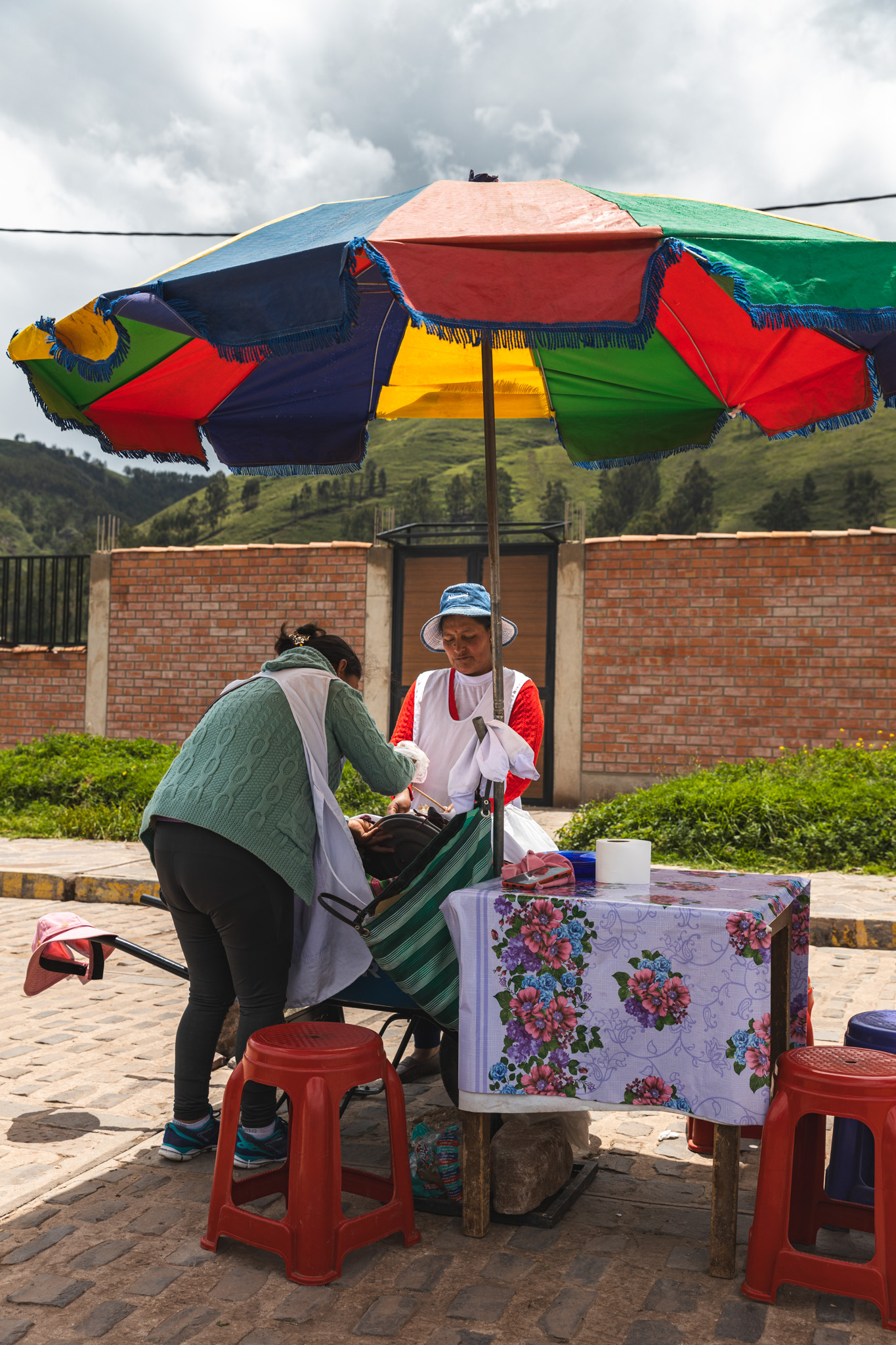
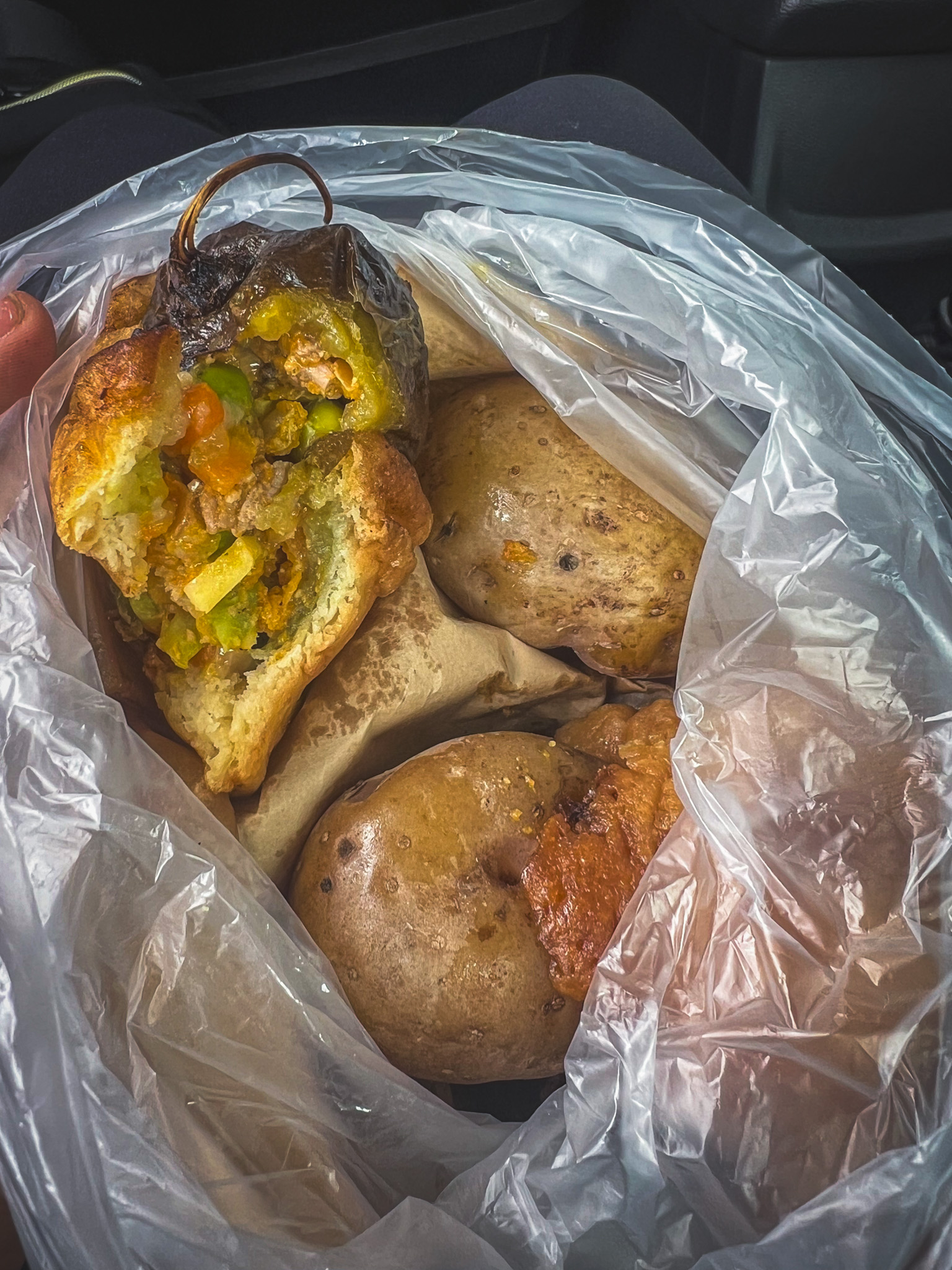
We drove through several different microclimates along the way. One portion was windy and cool; another was in a cloud, damp with no visibility; and then it got hot like a tropical island on the way down.

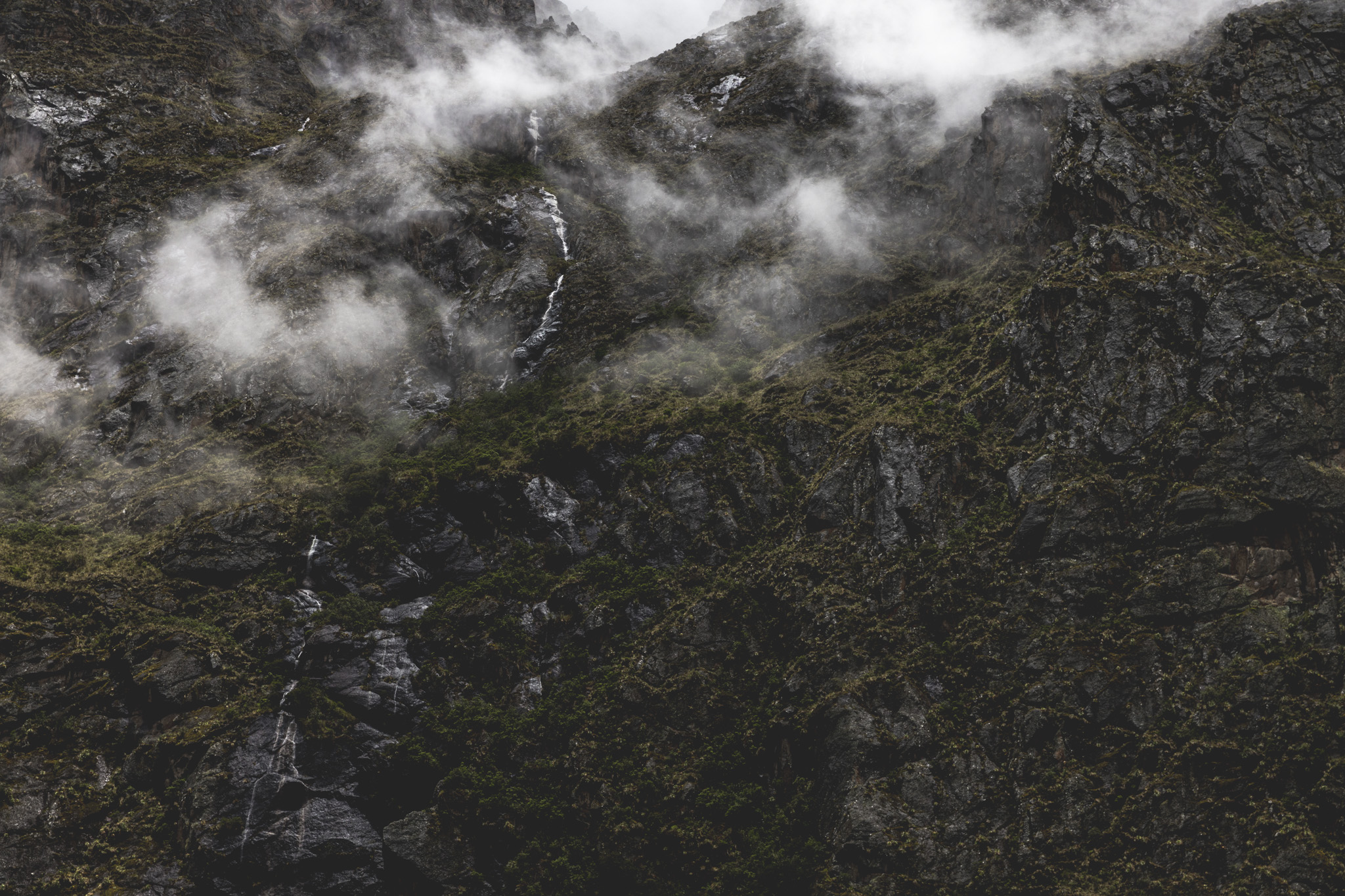
One leg of the trip was on the edge of a cliff, and we came to a standstill for about an hour as a construction crew was clearing boulders from a landslide. While loitering outside the car and stretching our legs, we met Marta and Pedro from Spain, and coincidentally learned that they were also planning to walk from the hydroelectric station to Aguas Calientes. The construction crew eventually cleared enough of a path for all the stopped cars to continue the journey.

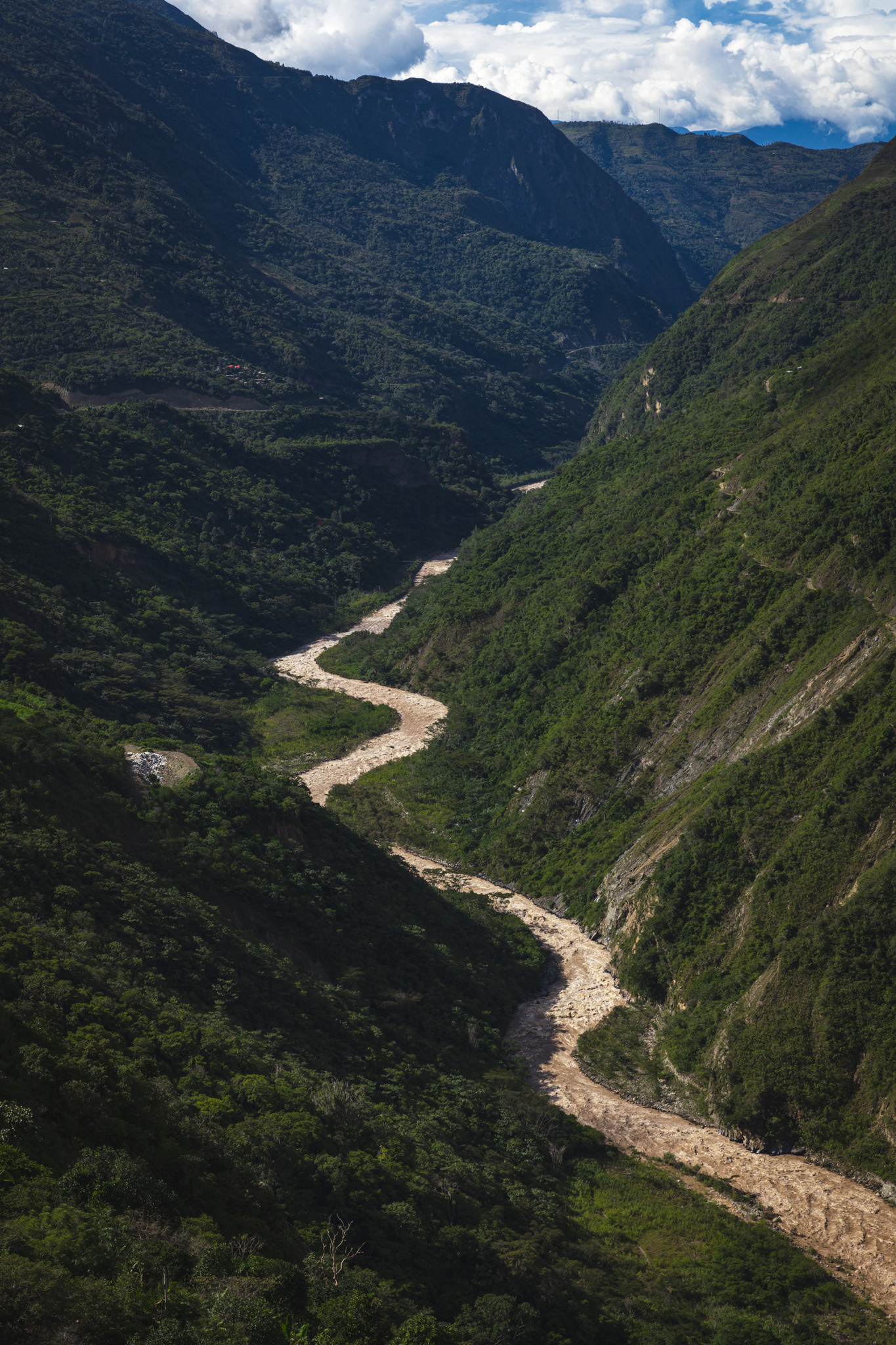


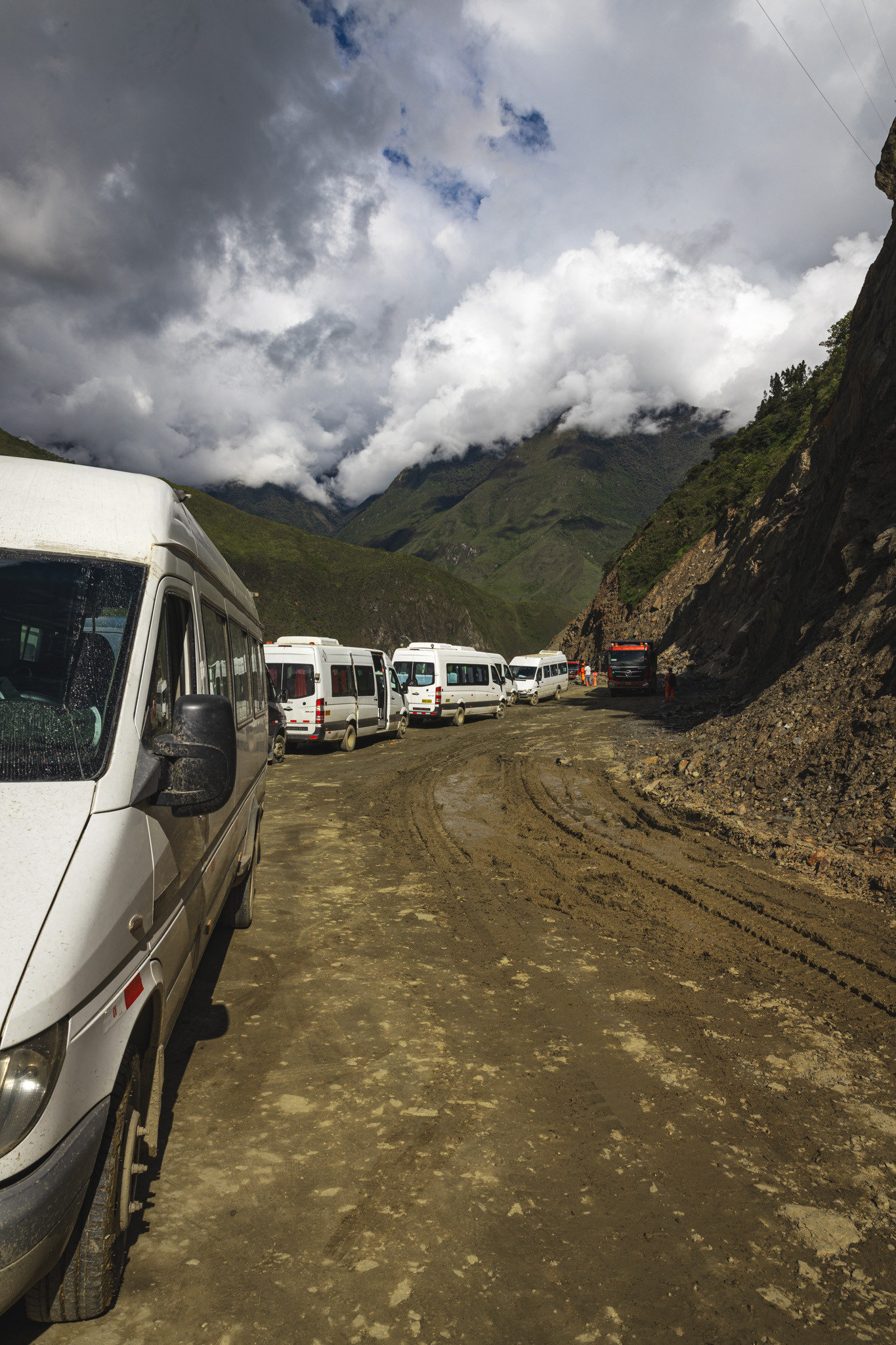

We eventually arrived at the hydroelectric station at around 5pm, parked the car, and began our walk. Marta and Pedro joined us, and we learned they were a father and daughter on their first adult trip together. The walk was beautiful, along train tracks through a forest, and we even passed some ruins on the path.
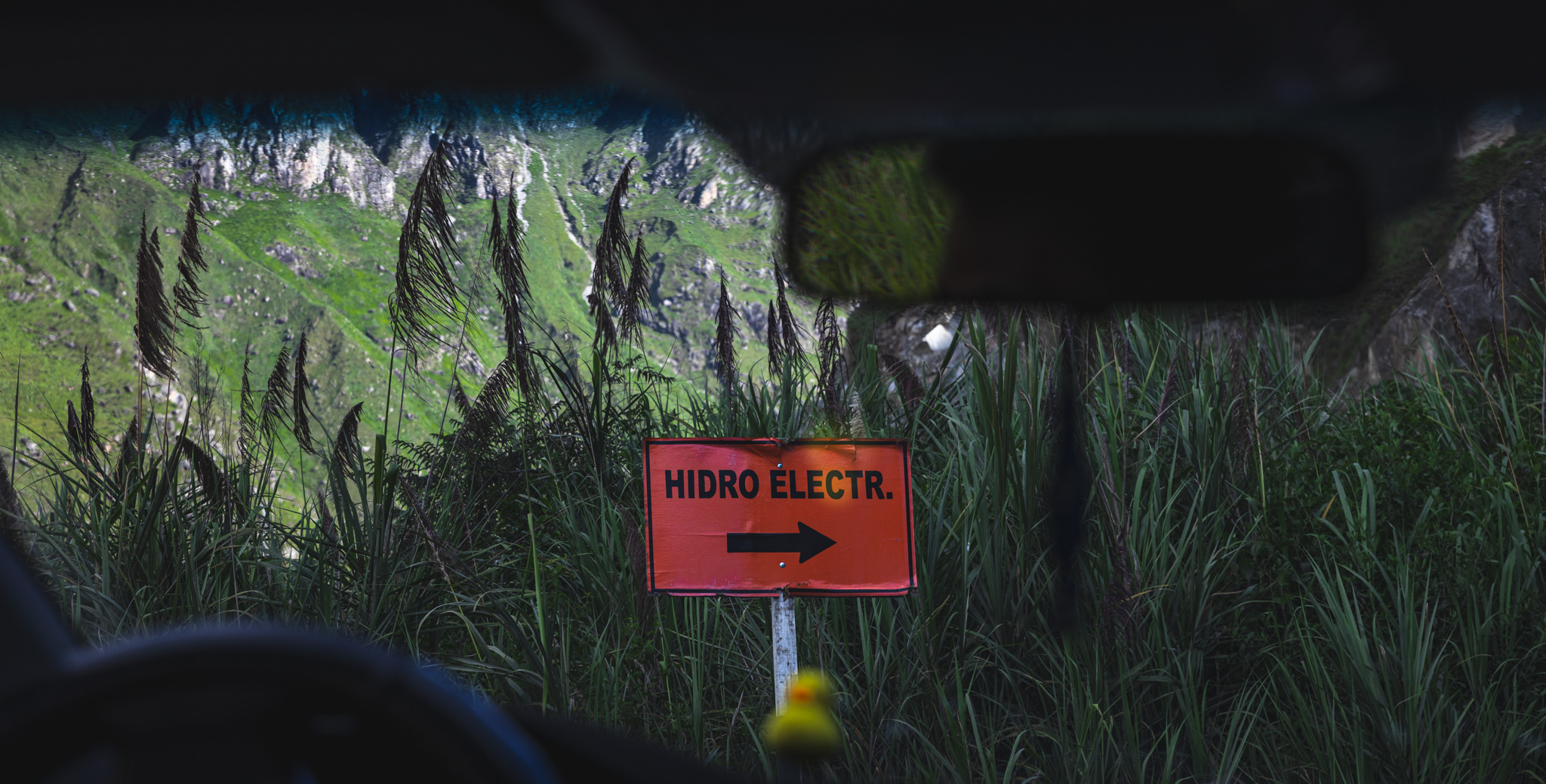

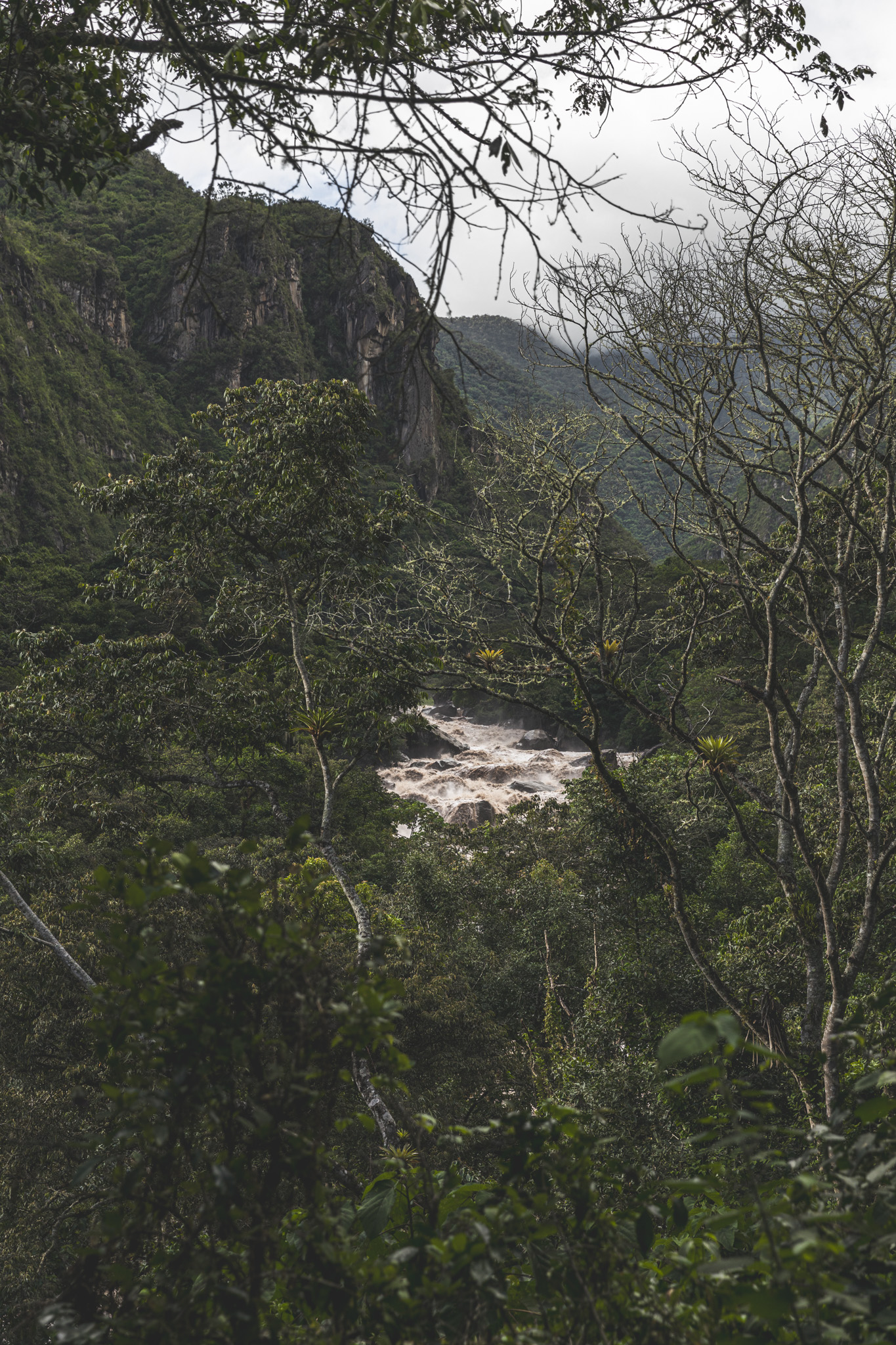
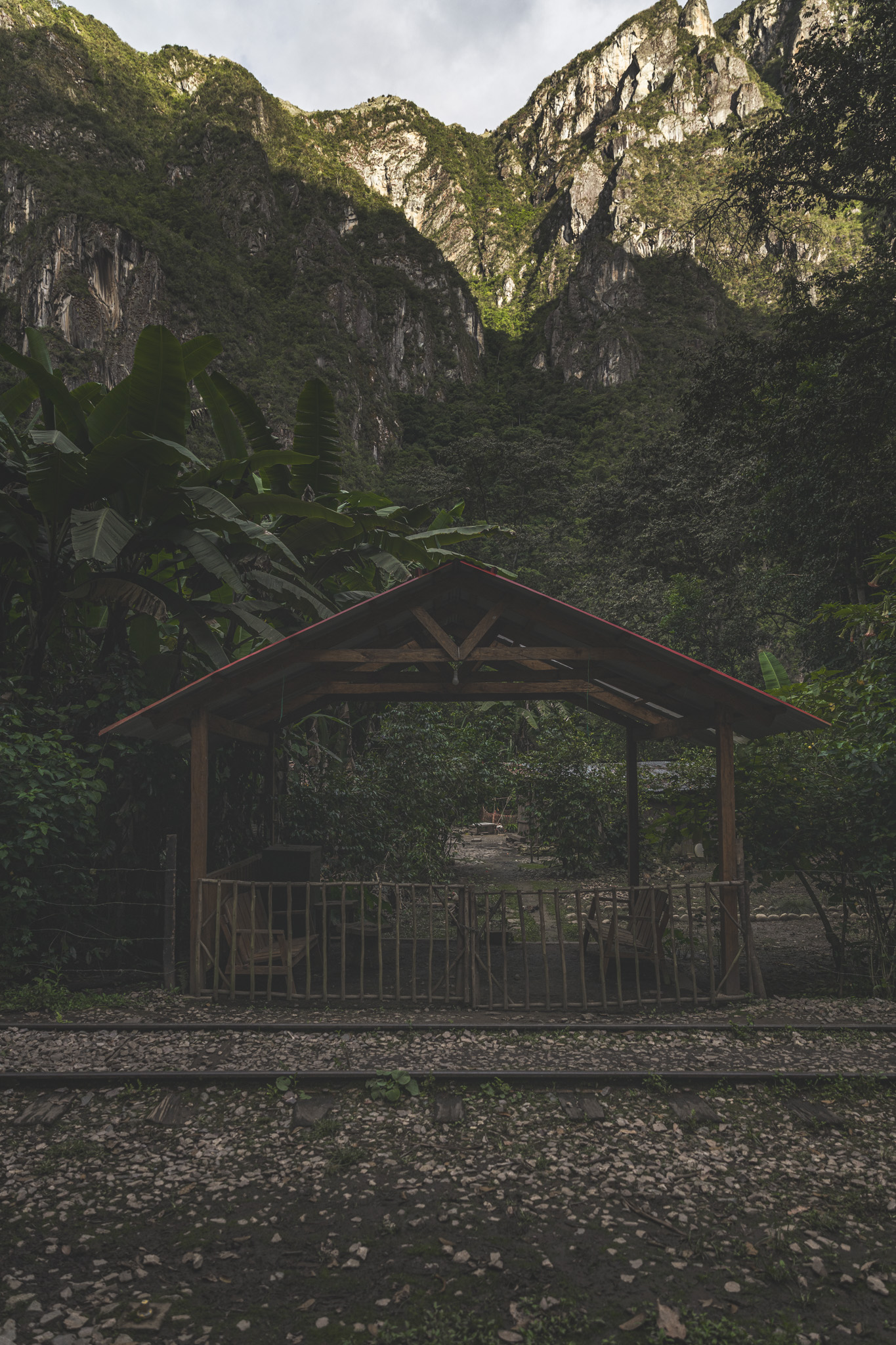
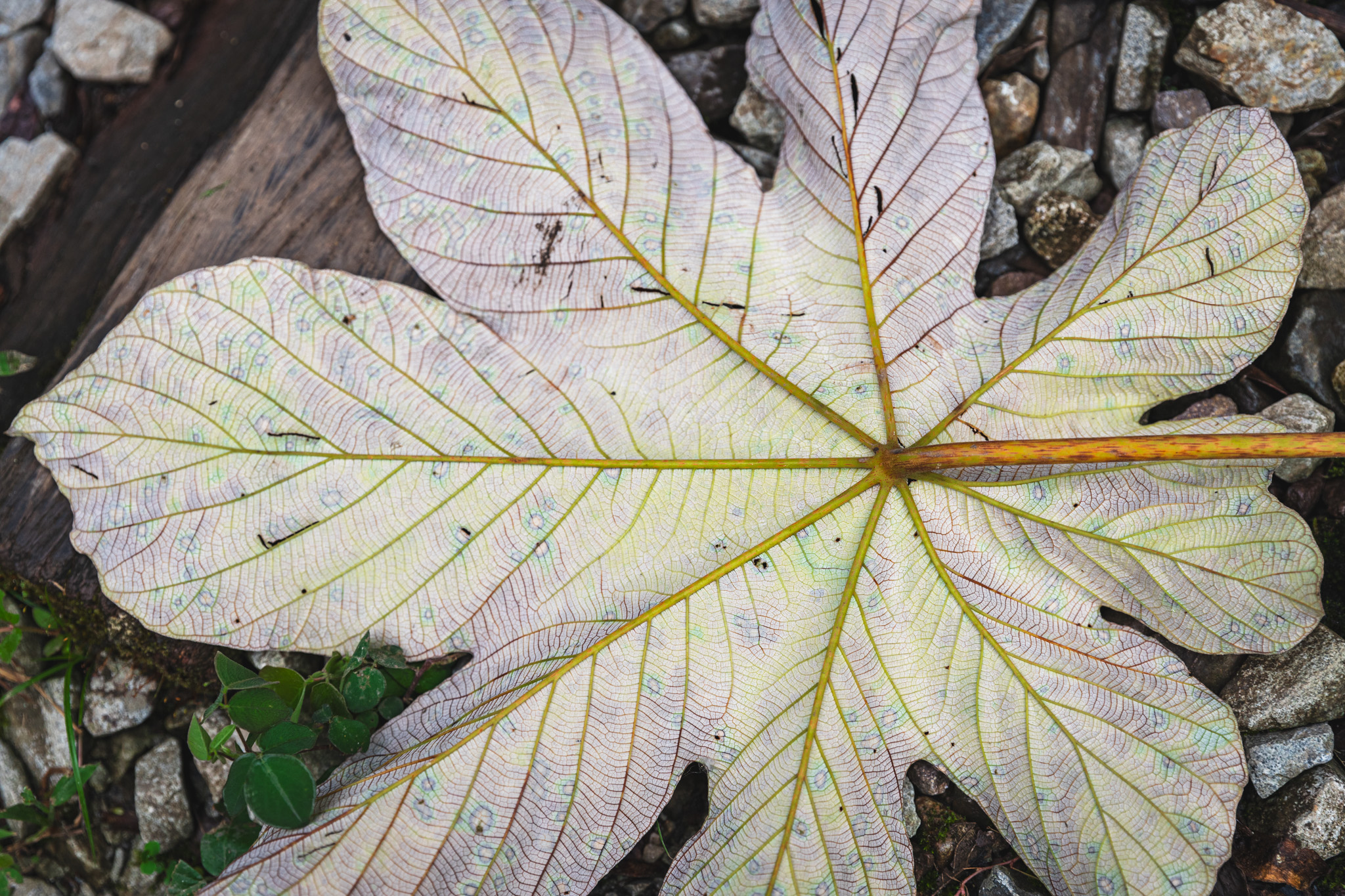
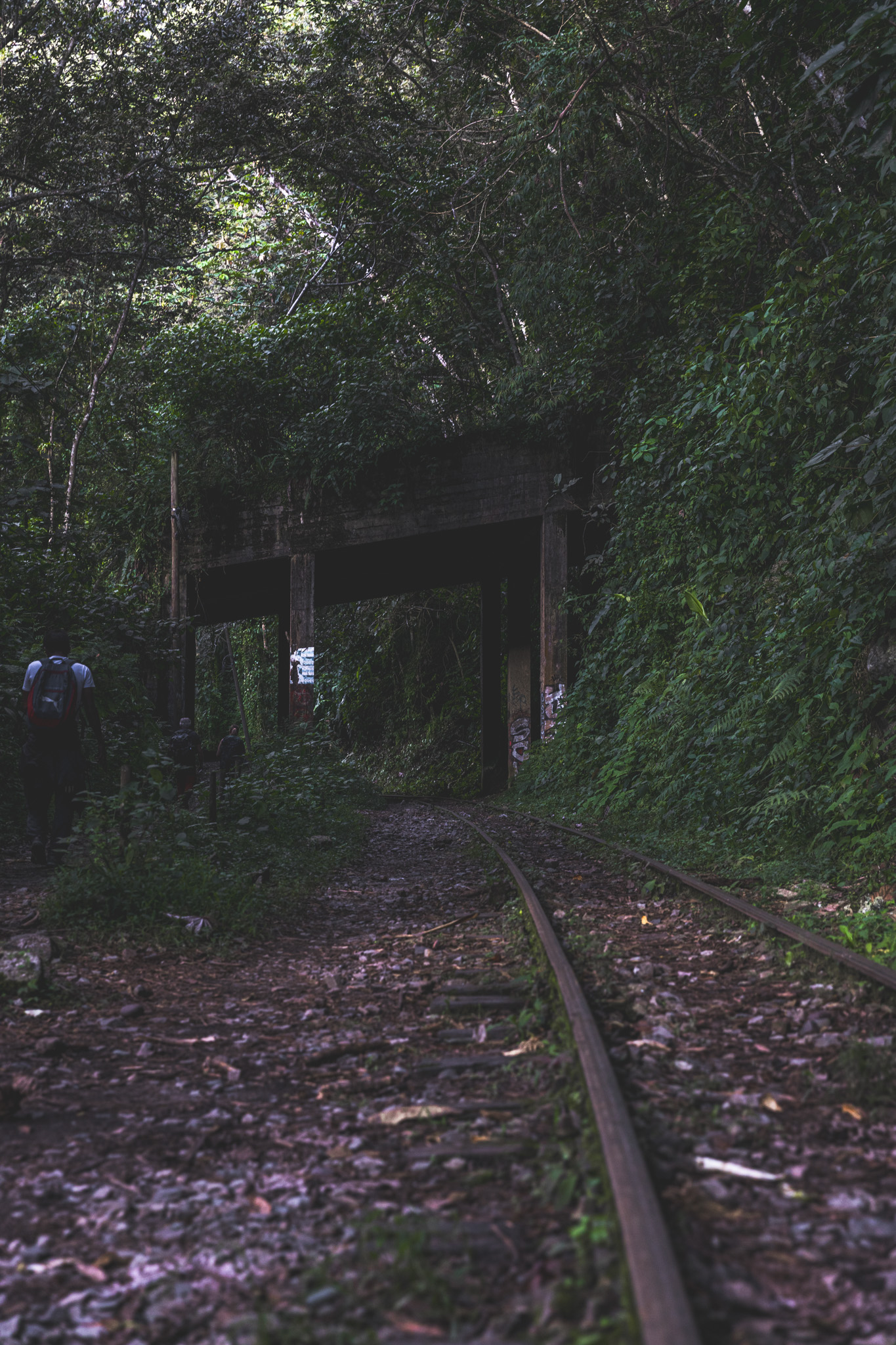
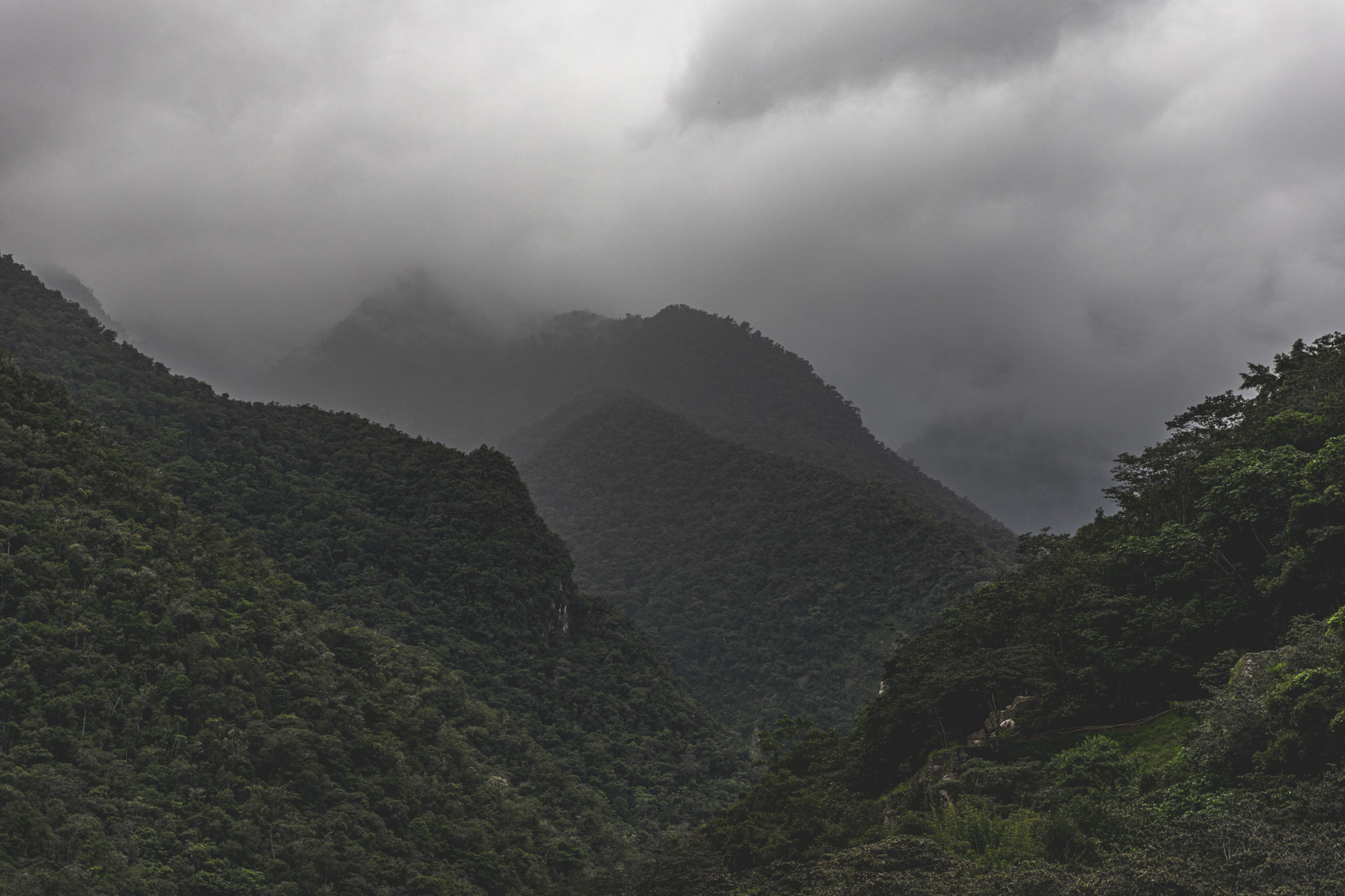
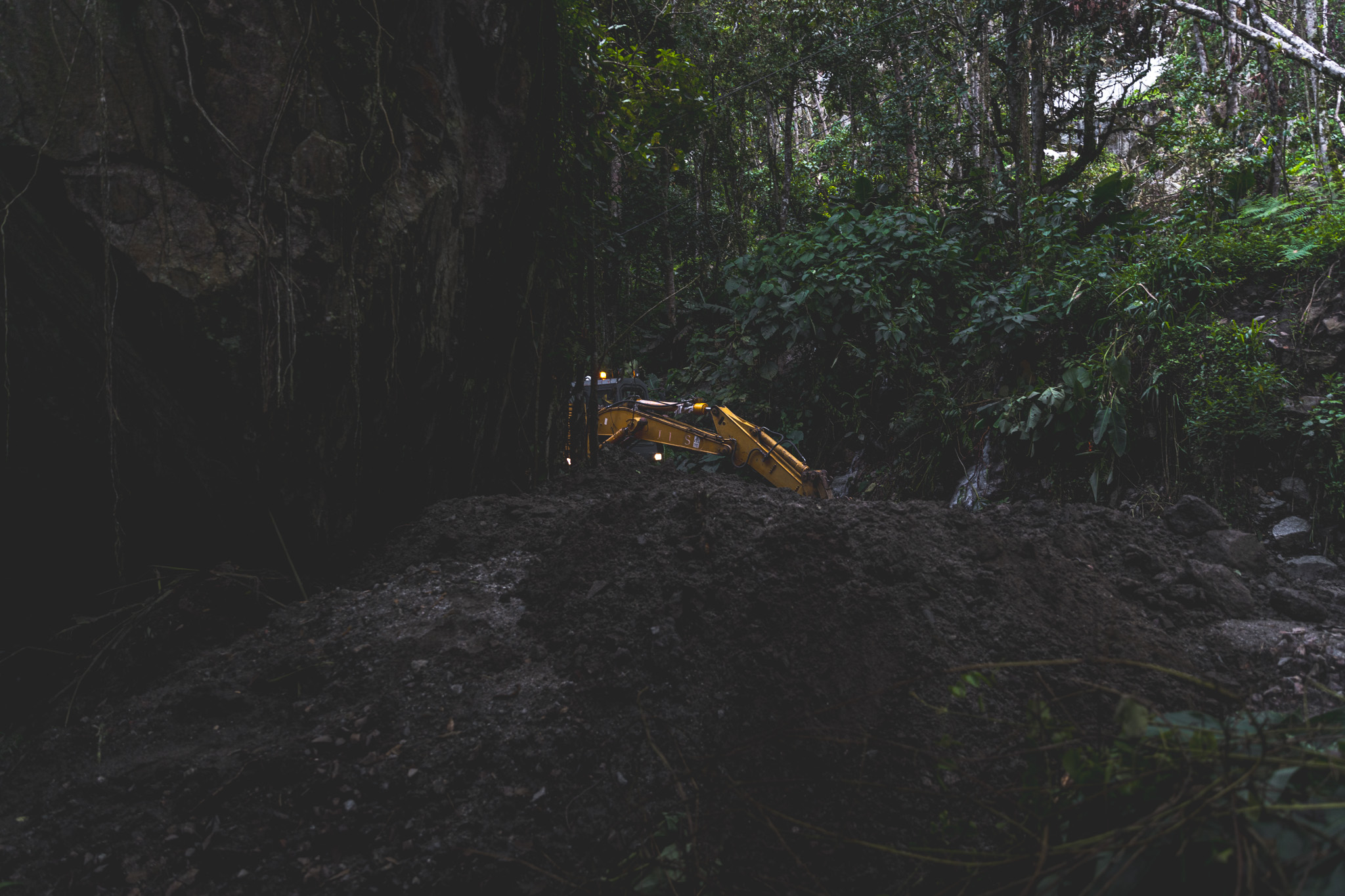

It started to get dark around 6:30pm and began pouring rain. We were prepared with raincoats, ponchos, and waterproof bag covers, but it was still pretty demoralizing to walk 3 miles in pitch black through rain and mud.
Eventually, 7 miles in total, we arrived to the town of Aguas Calientes at around 7:30pm. Our hotel was a few minutes from the entry port of town, and we bid farewell to Marta and Pedro. We checked into the hotel, booked Marco his own room, and asked about the best local place to eat nearby. We quickly hung up some clothes to dry and went for a quick dinner. A local dish of aji de gallina—a chicken stew comfort food—lifted my spirits. We went to bed tired but excited that we had earned our way to Machu Picchu.
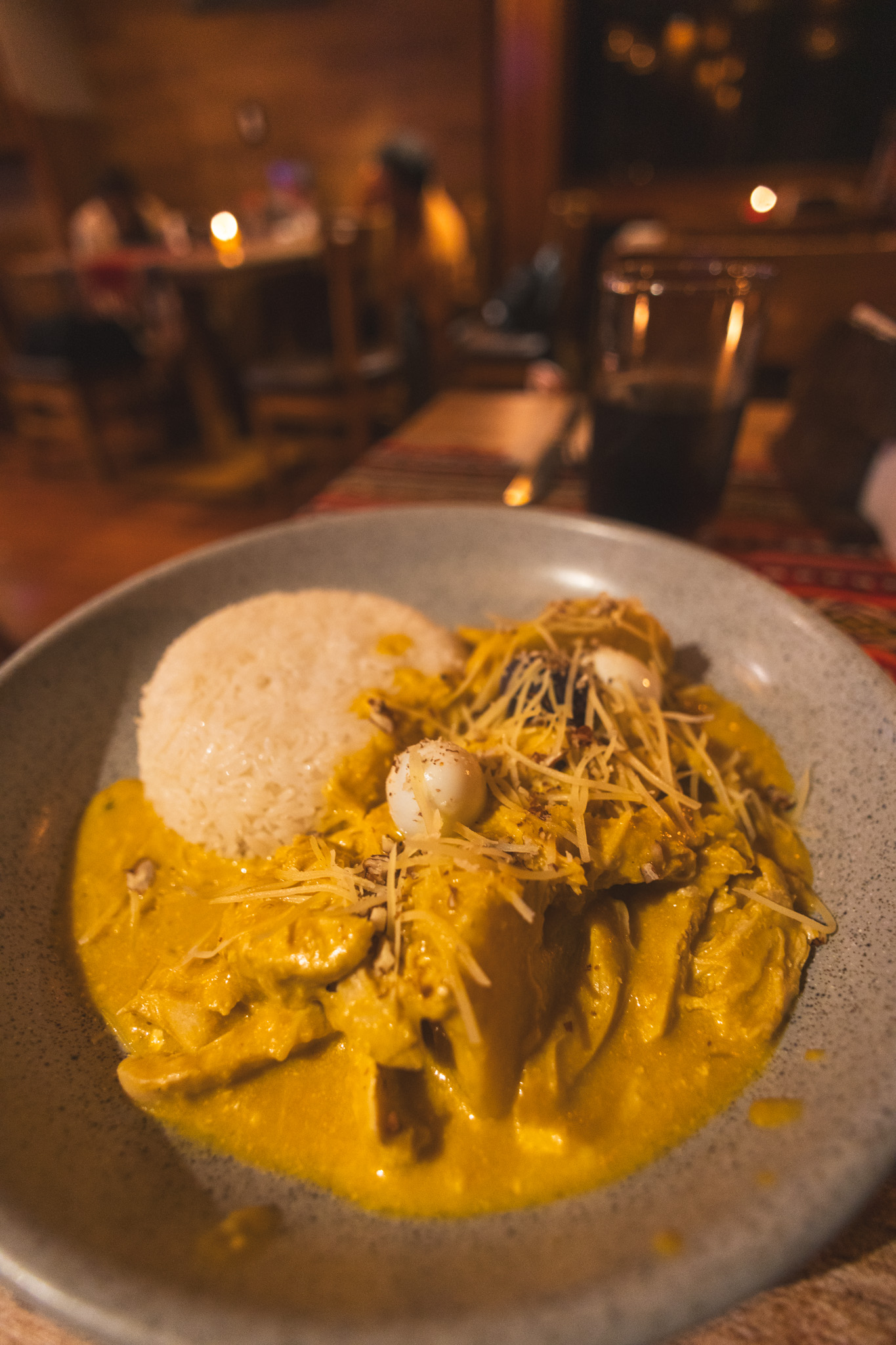
Day 3: Thursday, February 1
We woke up at 4:30am to quickly pack up, catch a 5am hotel breakfast, and meet our Machu Picchu tour guide. From Aguas Calientes, there are 2 ways up the mountain to Machu Picchu: a 1600-step, 2-hour, difficult hike with a 1,280-ft. elevation gain, or a 20-minute bus ride. We opted for the bus ride.
One piece of silver lining from the combination of train protests, the fact that this rainy season was the off-season for Machu Picchu, and taking the earliest bus up was that there was no one in line when we got there! We basically walked right in. We had a small hiccup as the admission guard was convinced we had tickets for the wrong day. It turns out there was a new format of ticket that used American-style dates (month, then day) as opposed to the more common worldwide format of day then month, but that got resolved quickly and the guard apologized profusely while ushering us in.
We made it! Walking into Machu Picchu at 6:15am, the whole place was moody and foggy, which is exactly what I wanted. As the sun came out that morning, we were treated to incredible views of a magical city in the clouds, revelead little by little. Our tour guide André was just what the doctor ordered: knowledgeable, spiritual, experienced, funny, and probably a little buzzed from all the coca leaves he was chewing.

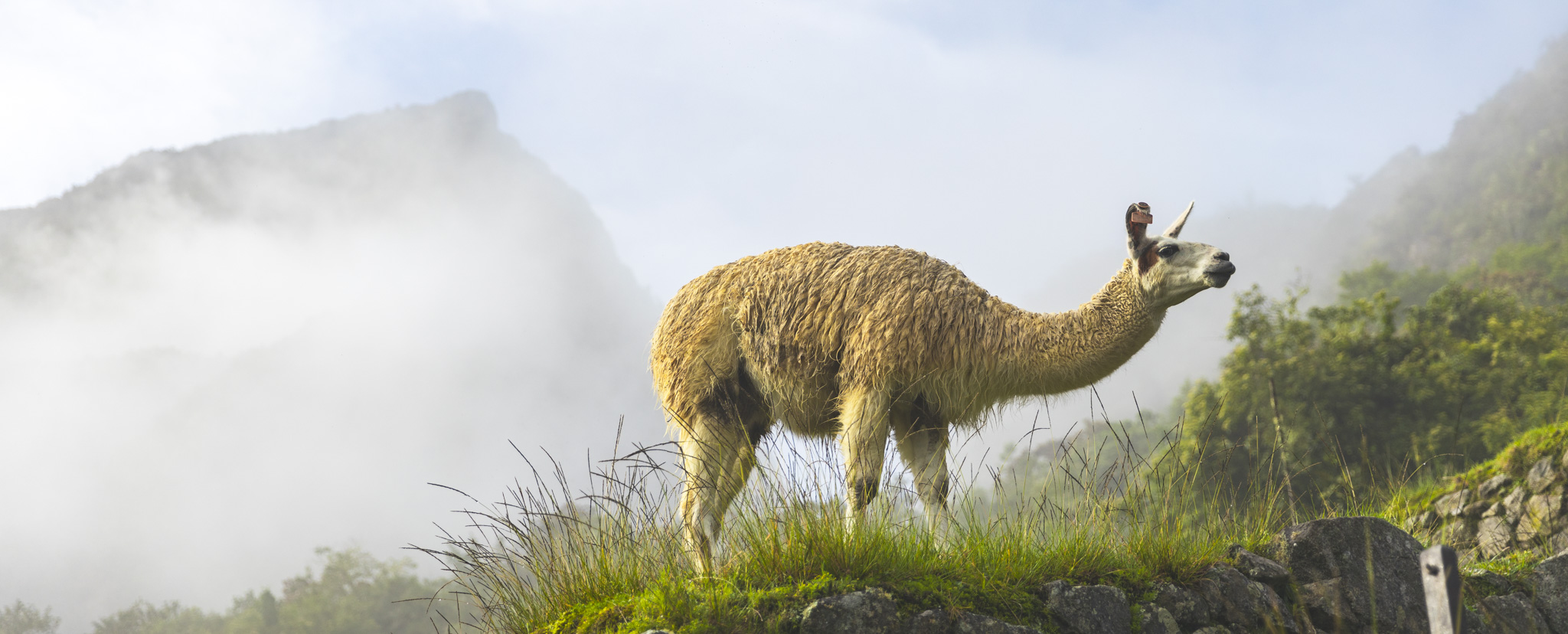
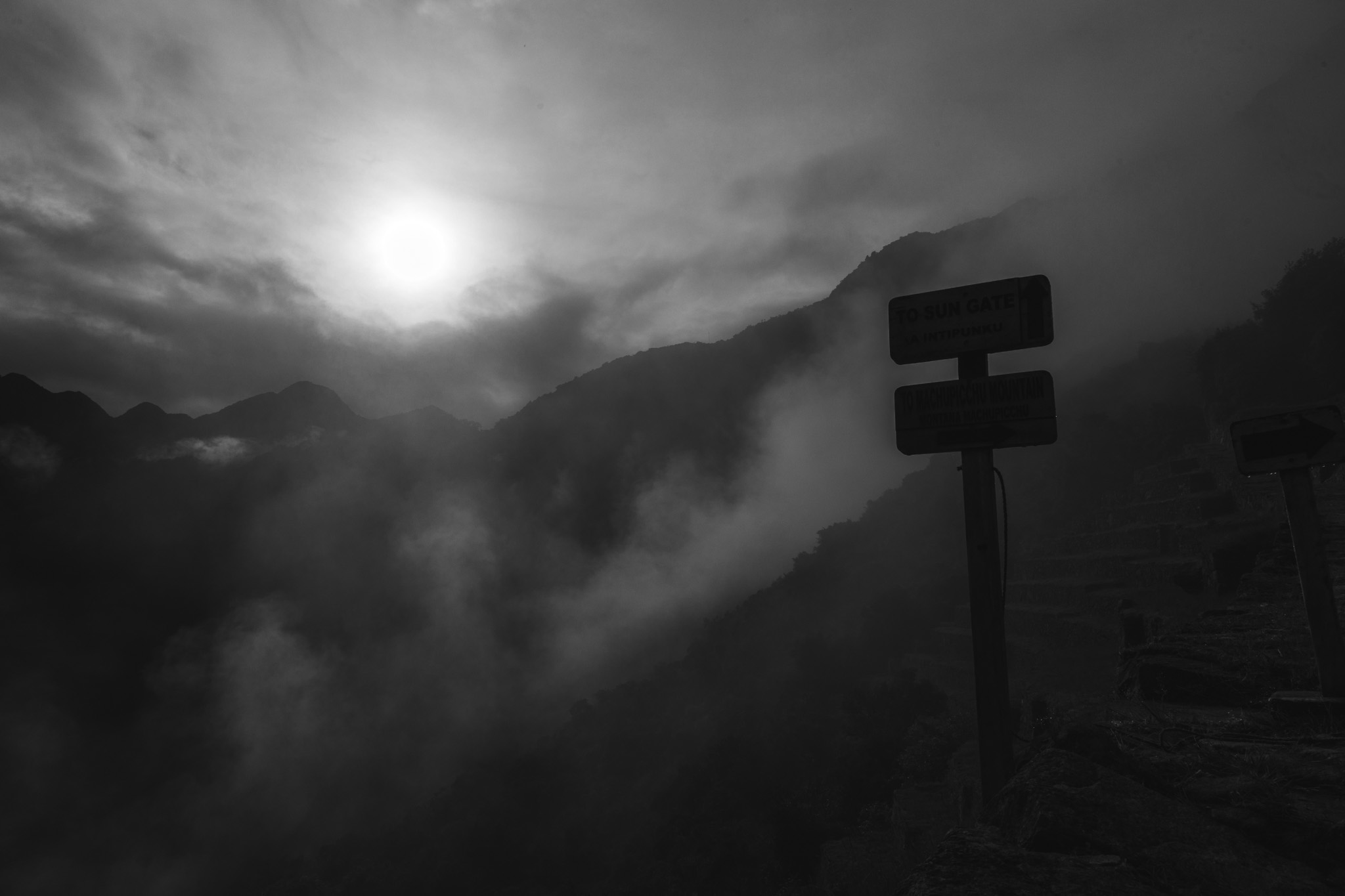
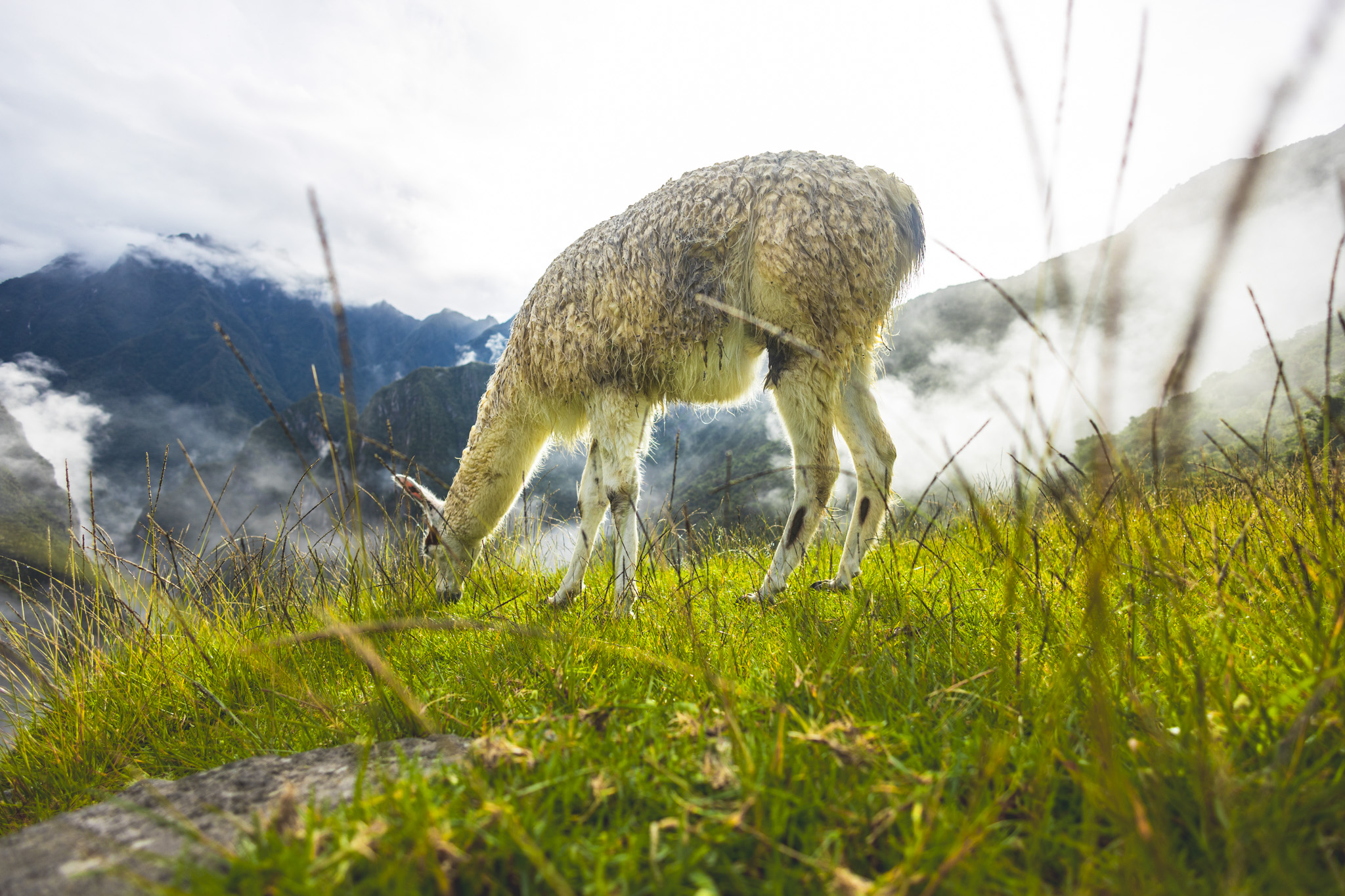

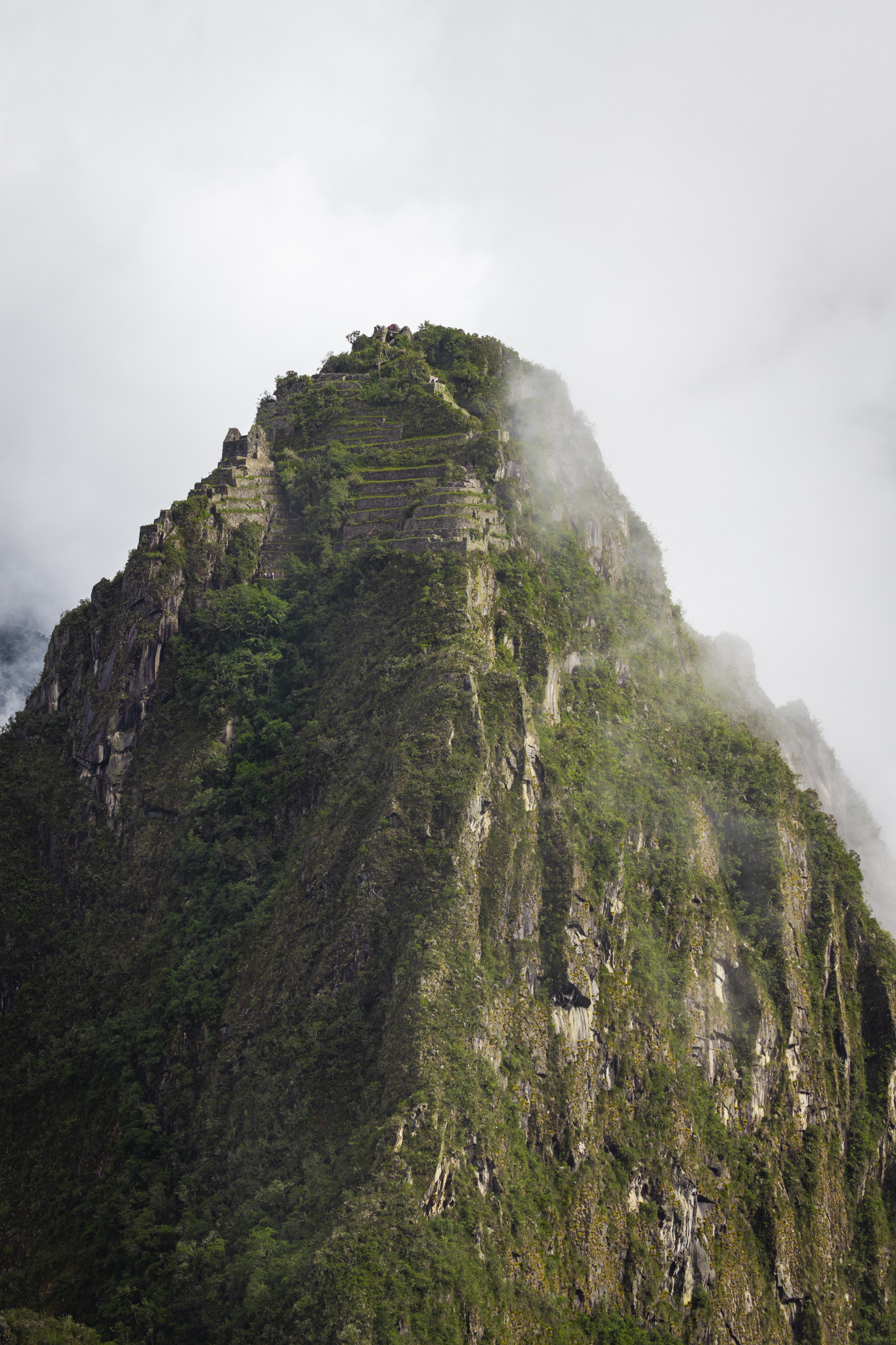

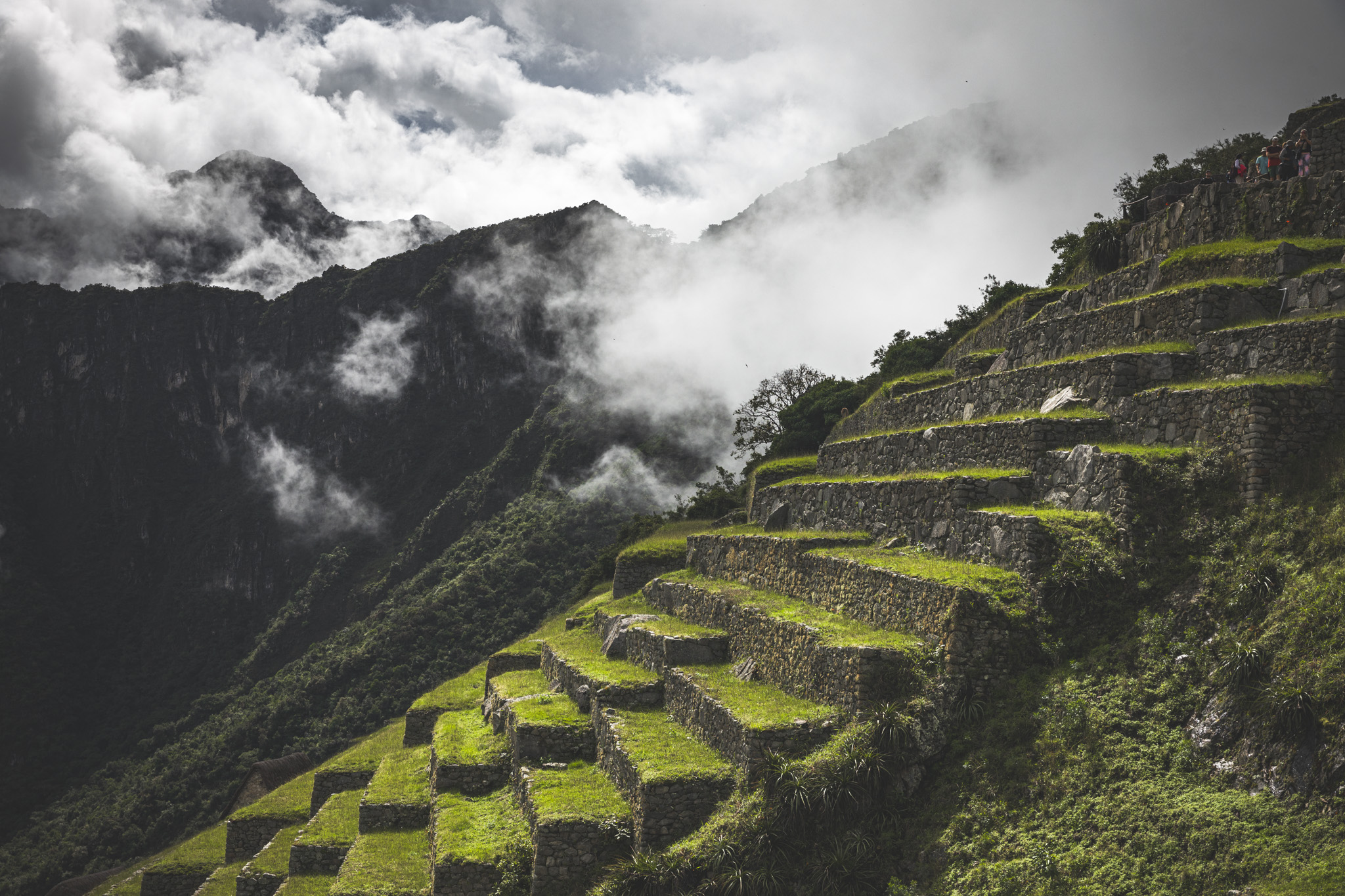

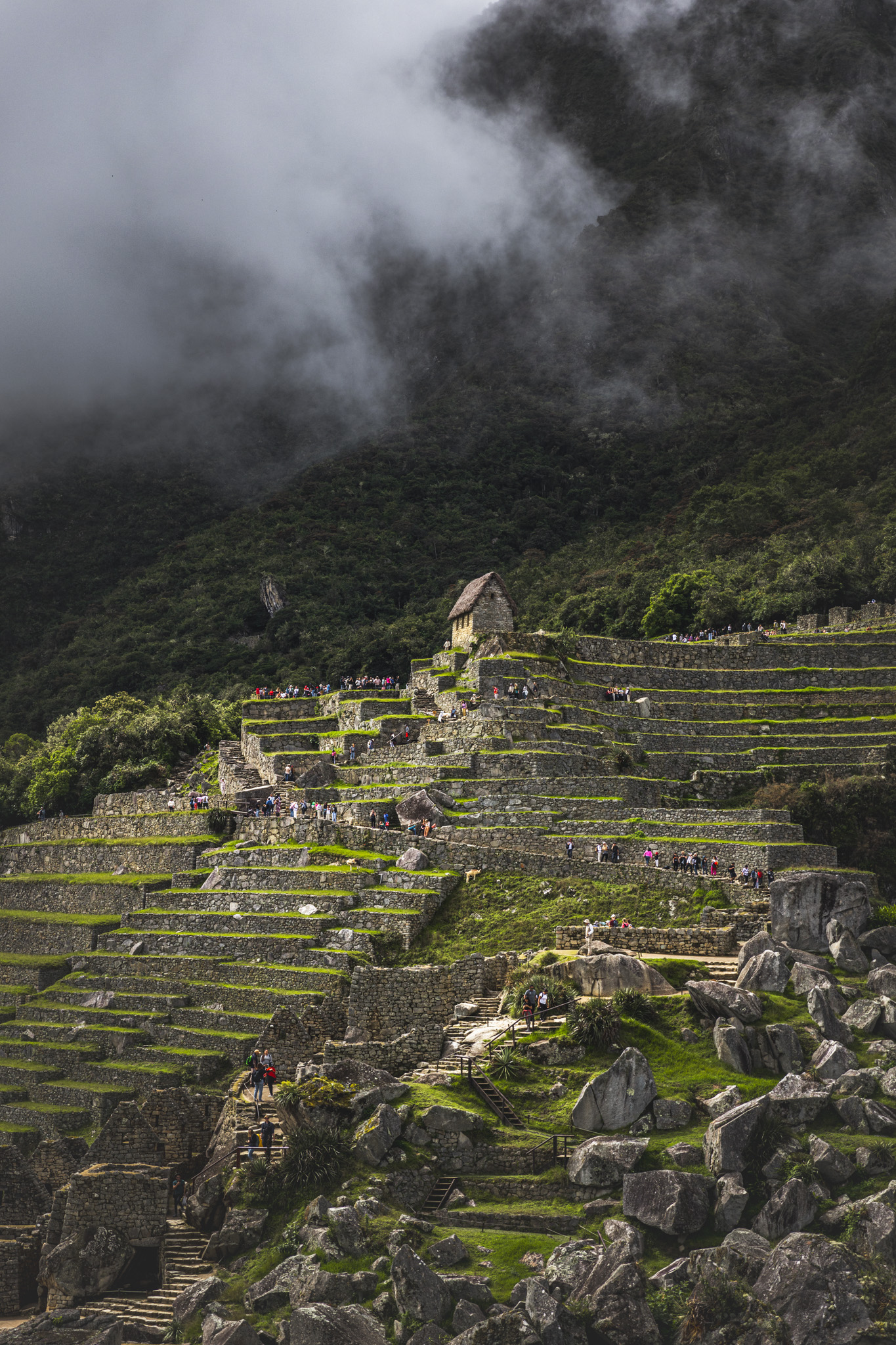

We were pretty beat from walking around for a few hours, waking up early, and the previous day’s trek. We caught the bus back down the mountain and found a local restaurant to have a proper brunch. I got an email that the trains were running again, and Marco suggested that we take the train back to have that experience while he walked back to his car and make the journey back over the mountains by himself. He offered that one of his other drivers could meet us at the train station with our luggage to take us to our next destination. We agreed and parted ways for the day.
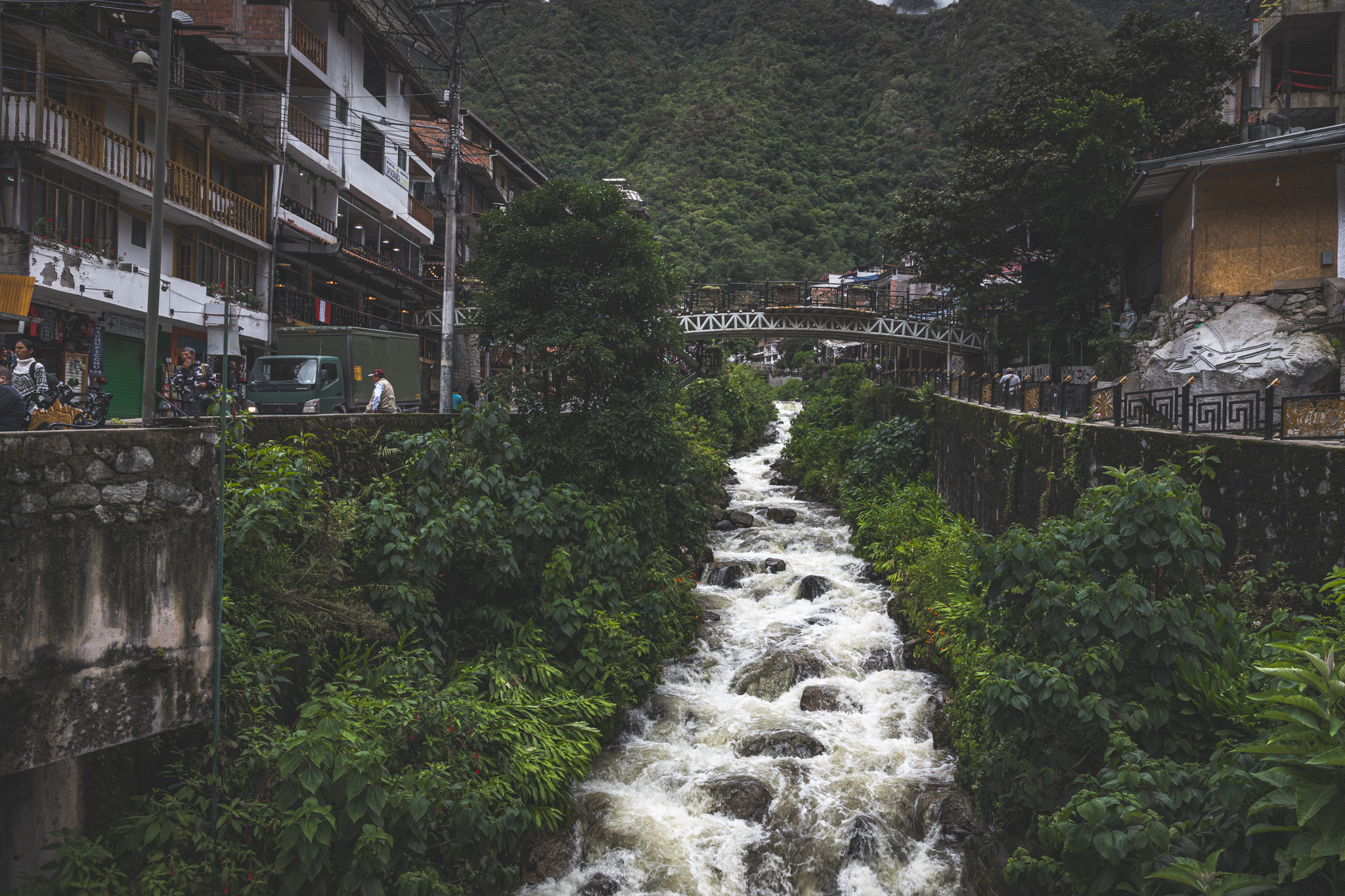
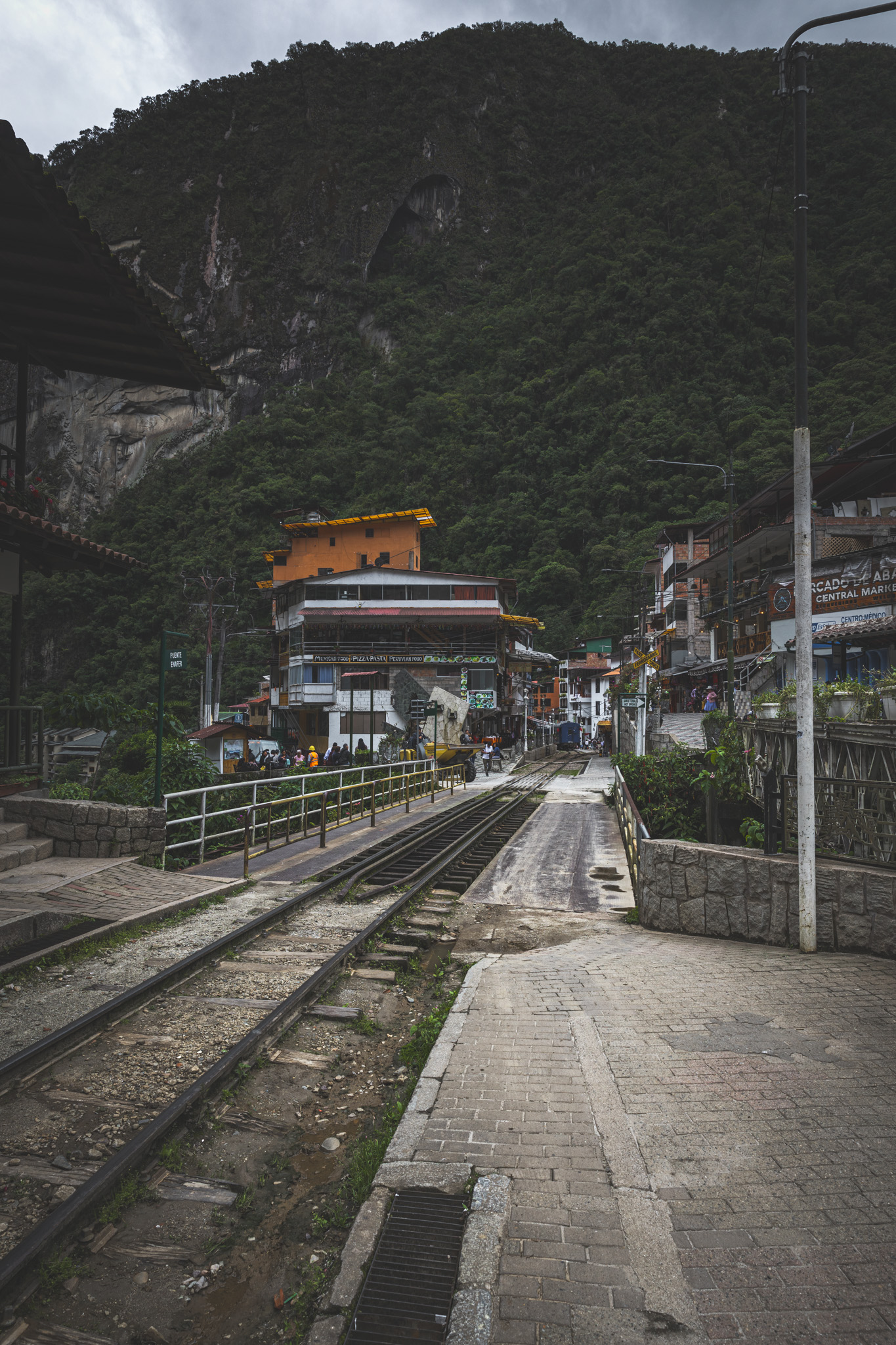
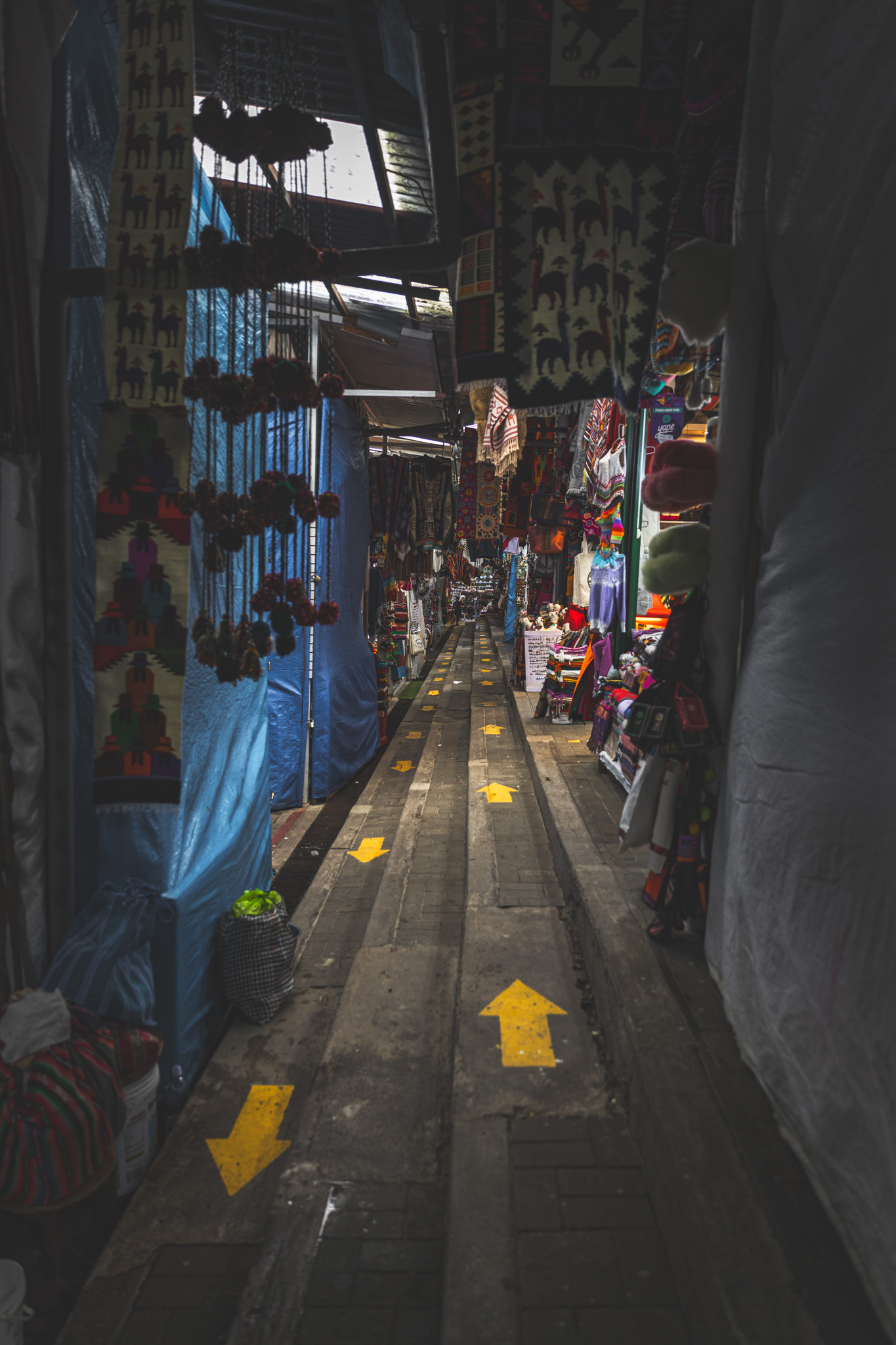
We boarded our train back, found our seats, and immediately fell asleep. We were woken up 15 minutes later by a big thud and a screech of brakes. Apparently, the train ran into a giant boulder that had fallen onto the tracks. We waited an hour for a construction crew to come and remove it so we could continue our journey.
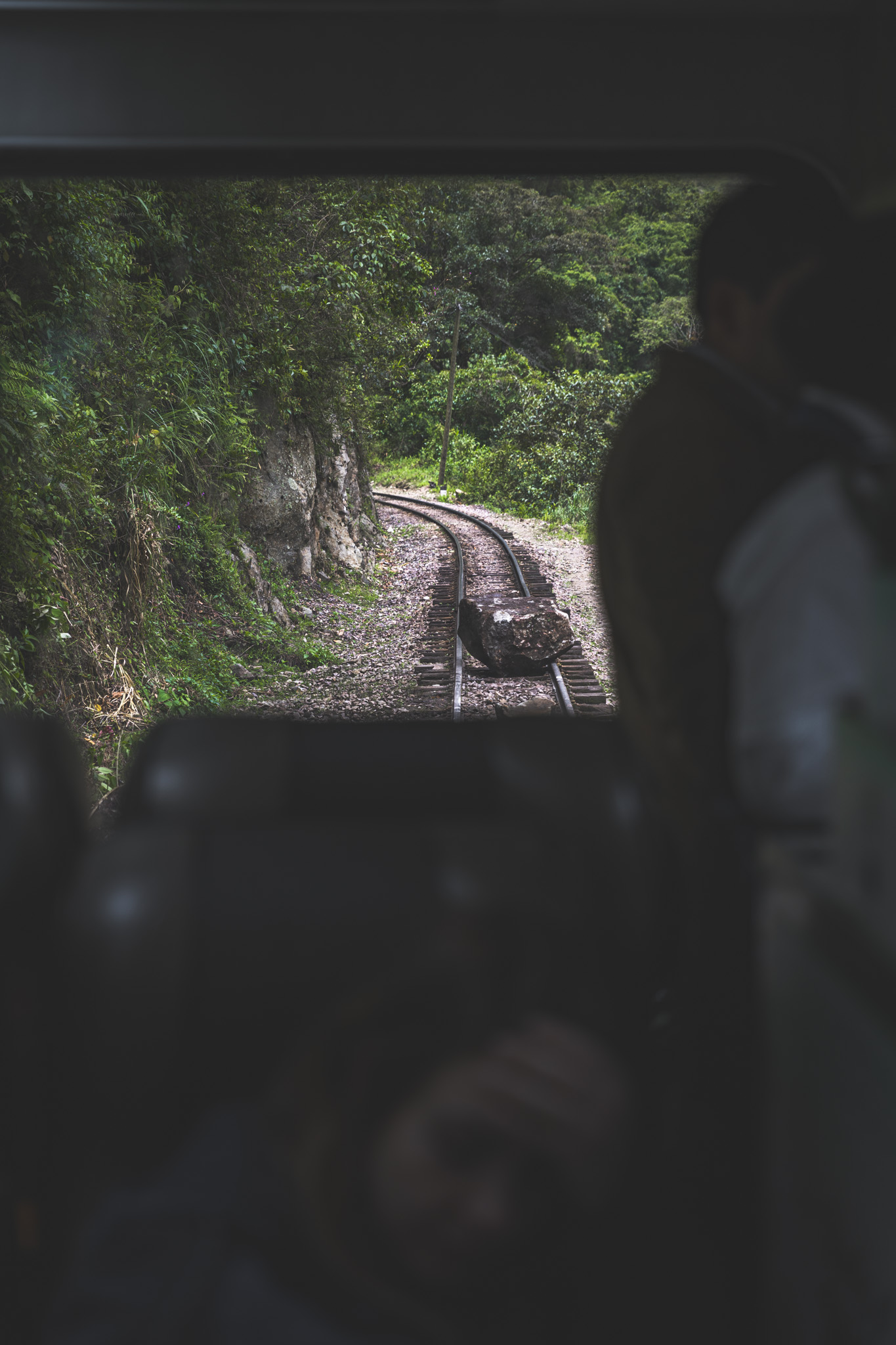
Marco’s colleague Diego picked us up and took us to our next hotel in Urubamba. The hotel was a charming set of beautiful villas, and I think we were the only ones there. We walked around town for a bit before sitting down to an underwhelming dinner at the hotel restaurant before crashing for the day.
Day 4: Friday, February 2
Marco picked us up at 8am to take us to our next location: an immersion experience at Mil.


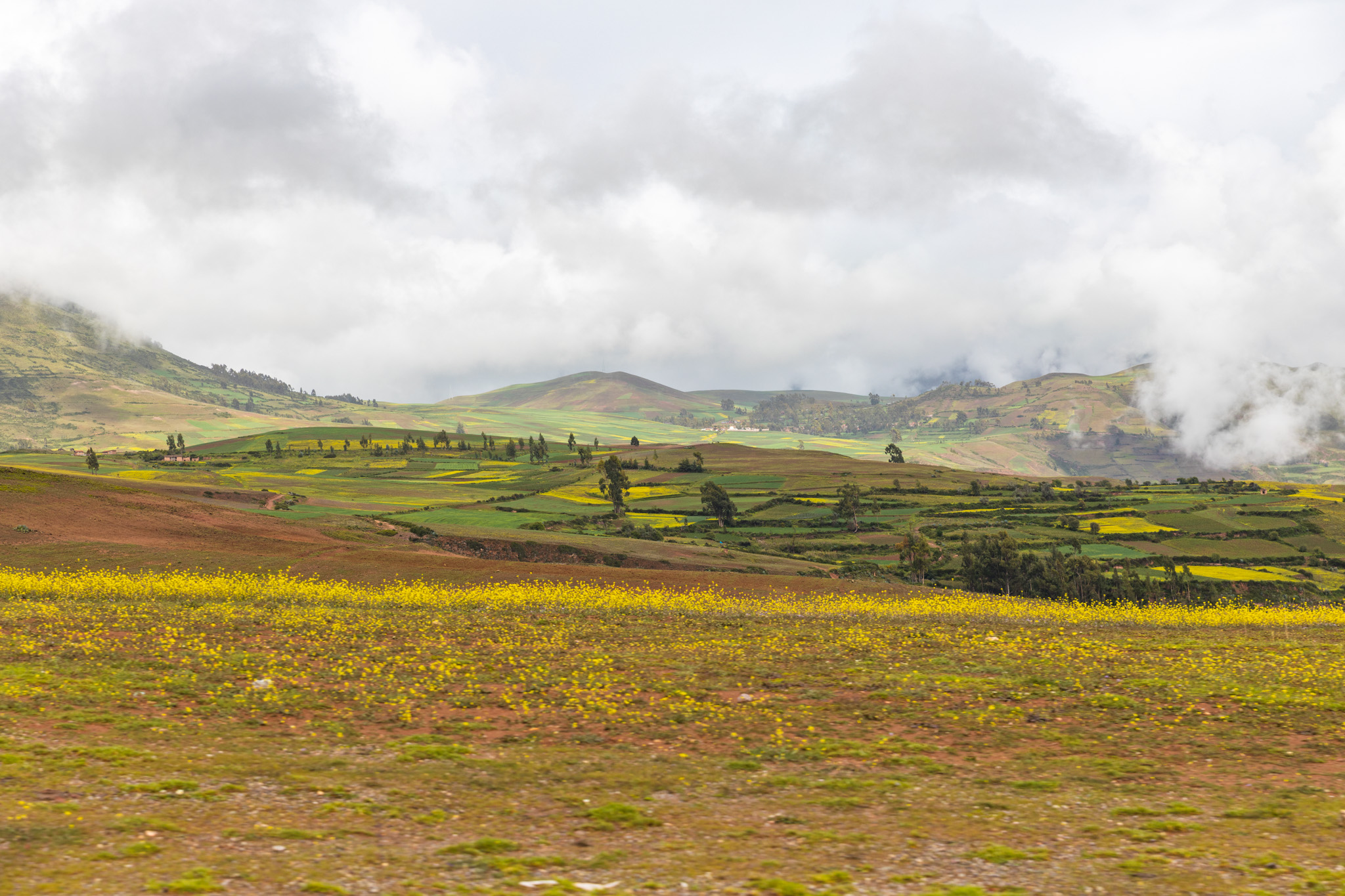
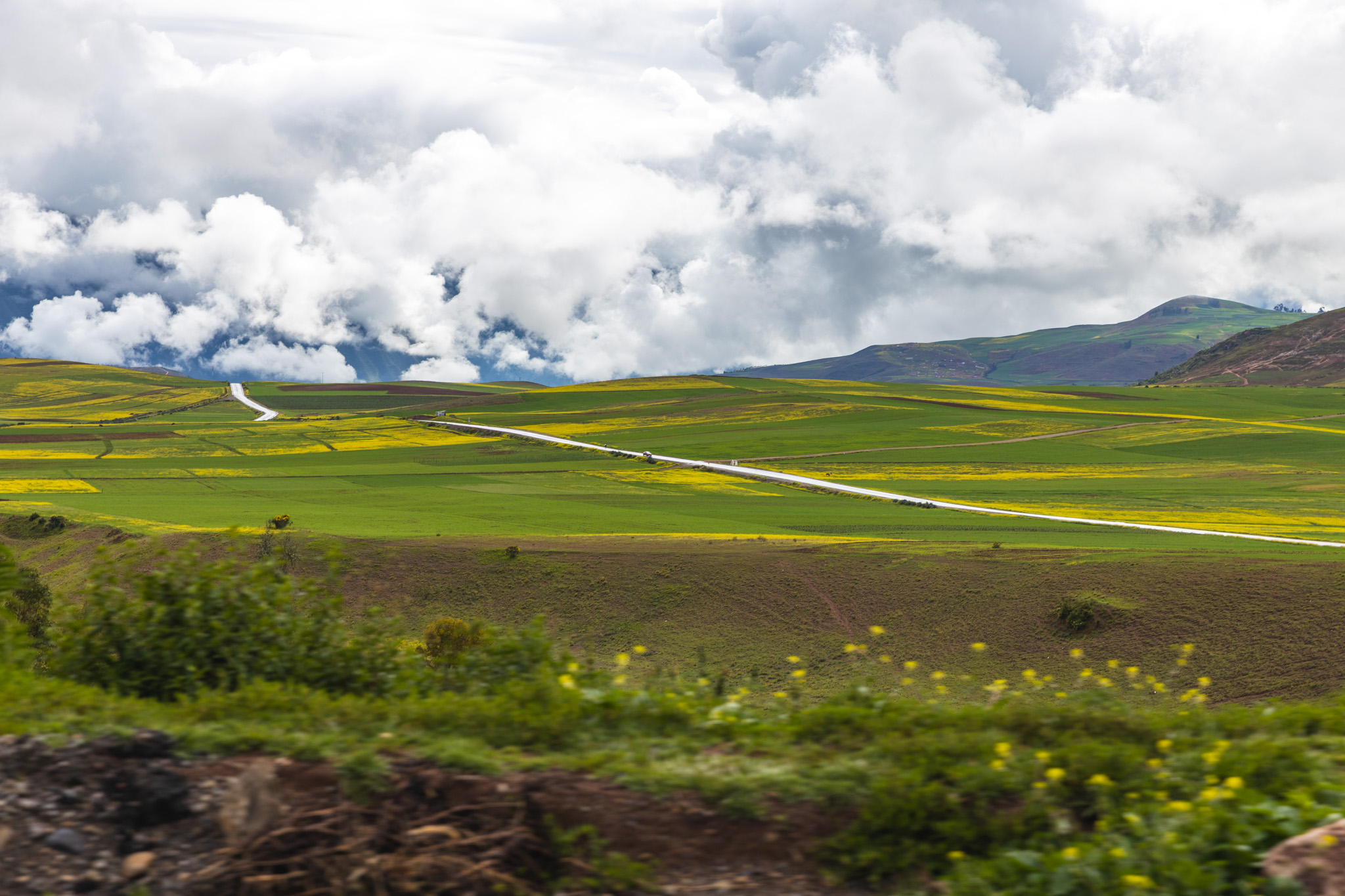
We had a lunch reservation, but part of the experience is to first tour the laboratory, farmlands, and understand the local economy and agricultural before eating the food that comes from different altitudes.
We were greeted with an infusion of muña (local mint), coca leaves, and other herbs as a way to help acclimate to the altitude. Our host Agnes—a writer from Portland who backpacked through Peru 10 years ago and never left—walked us through the laboratory and showed us how the team at Mil were working to preserve and integrate local culture and customs through their experiences.
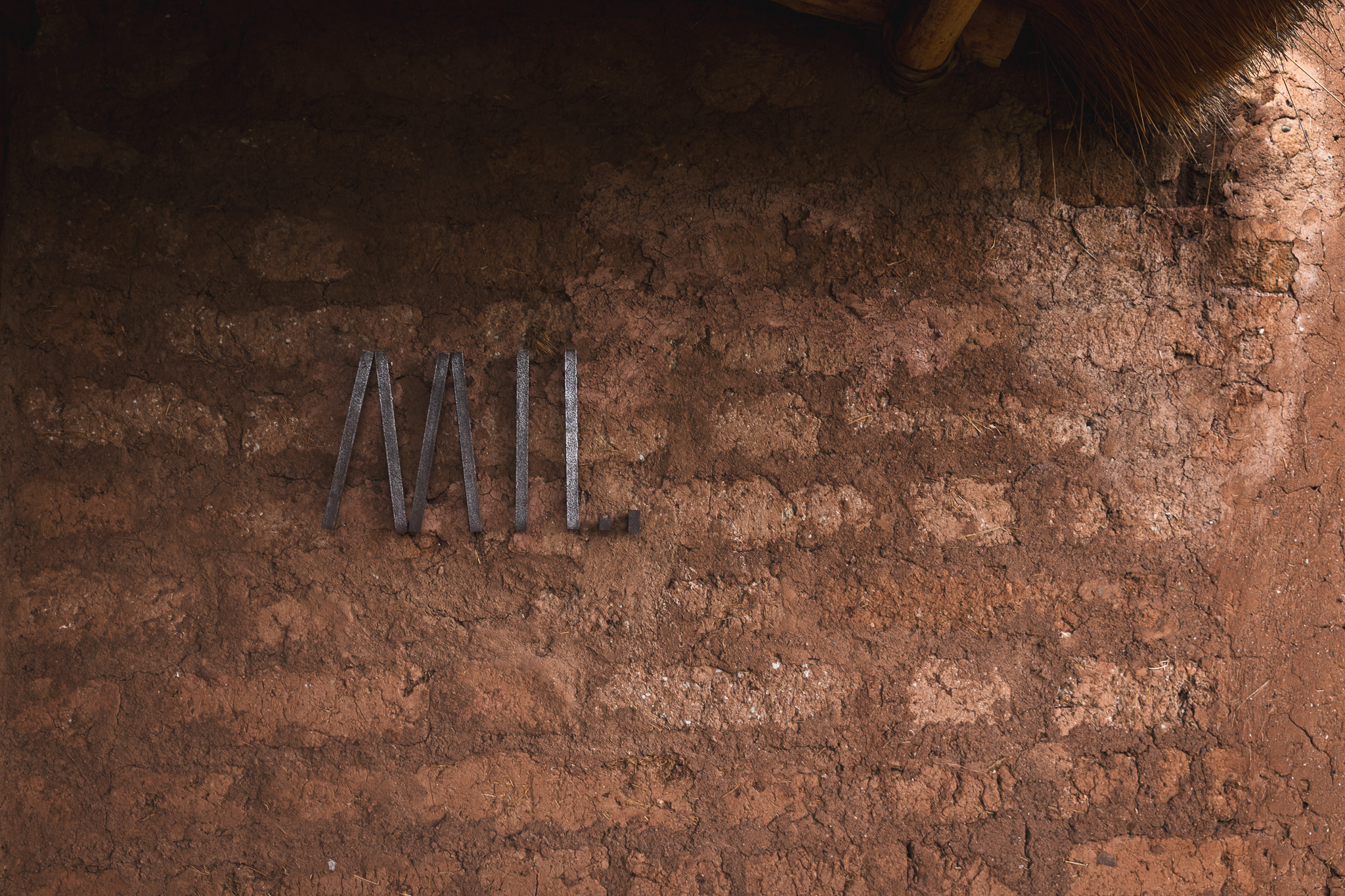
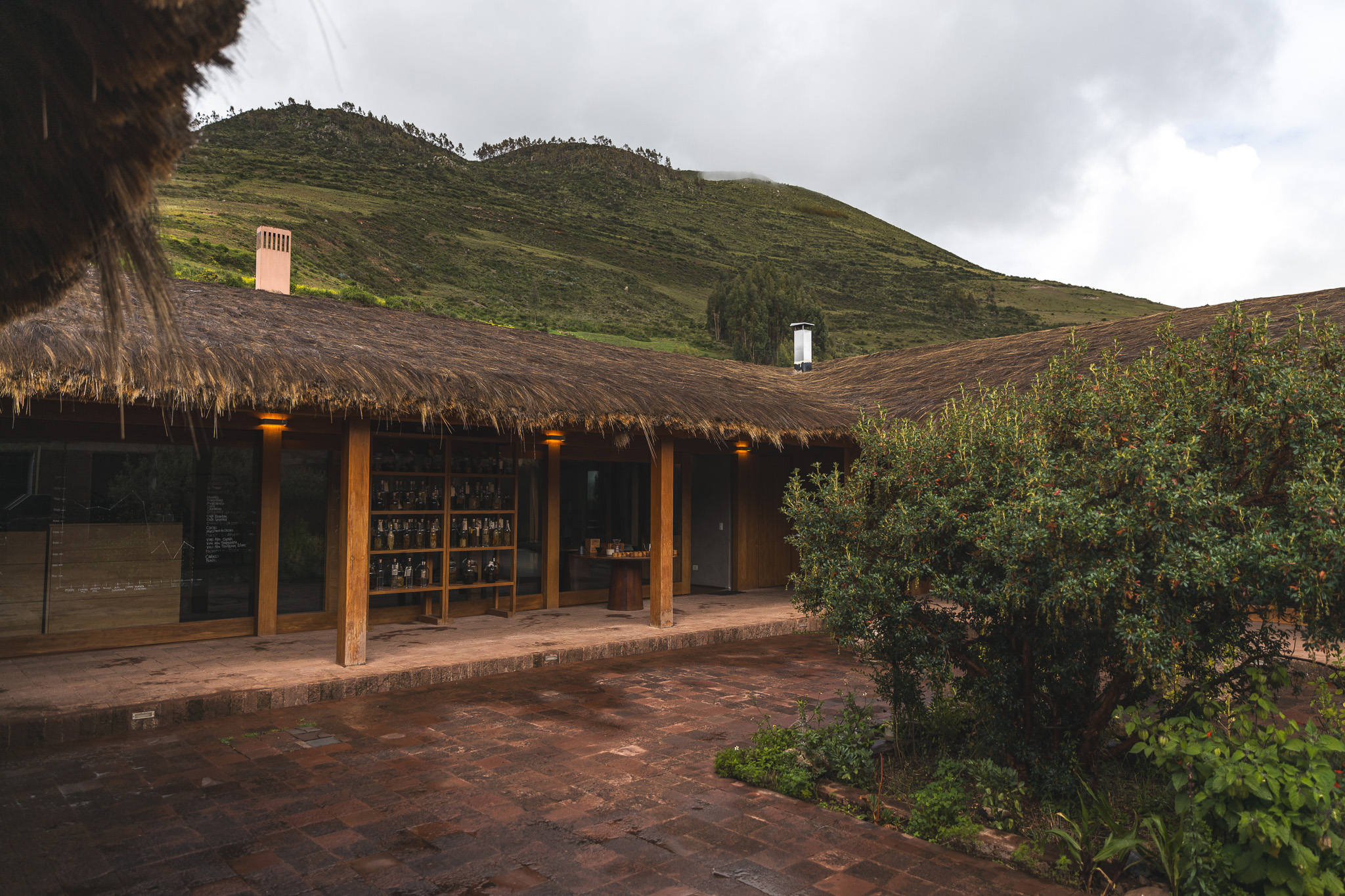

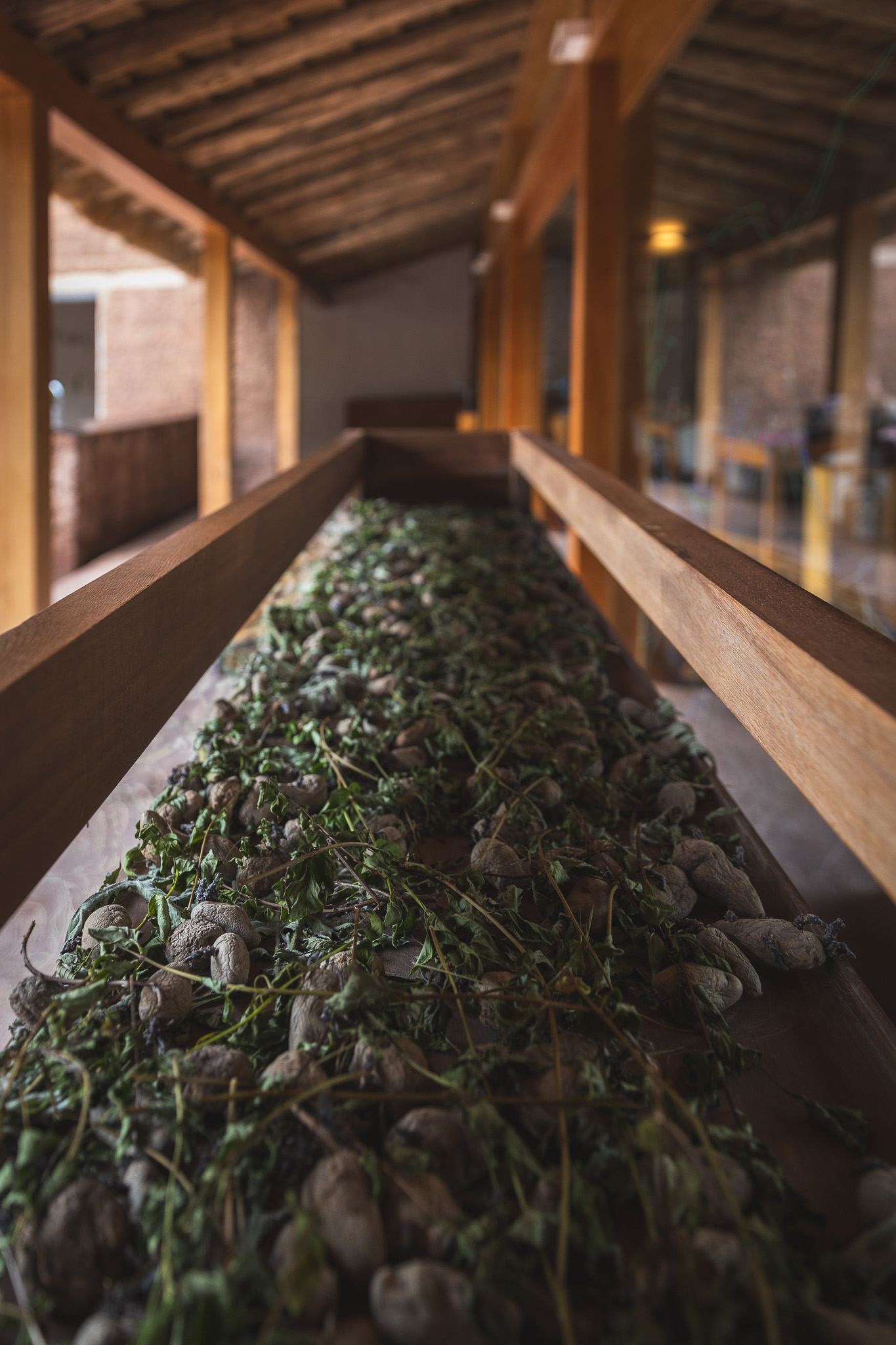
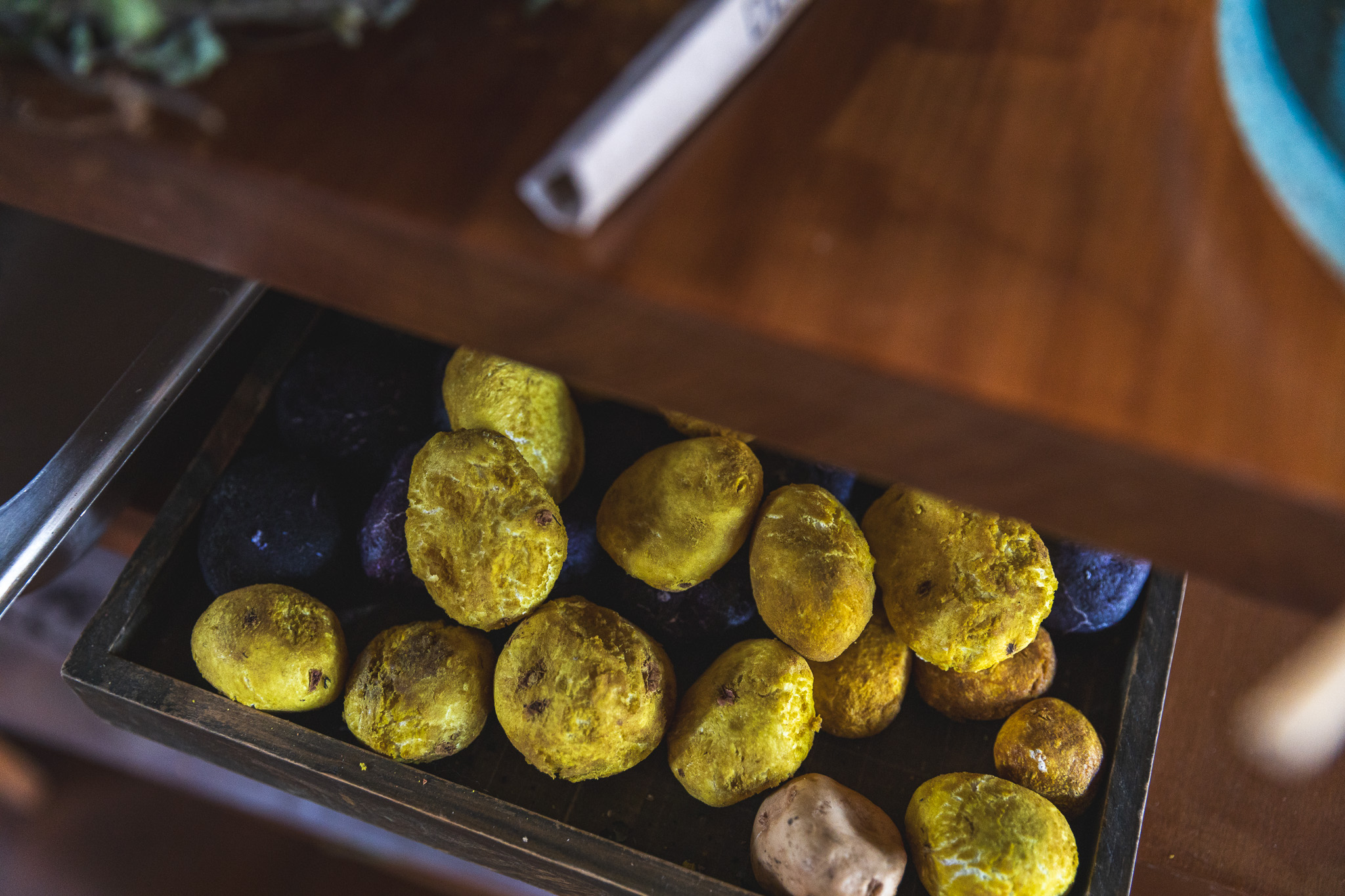
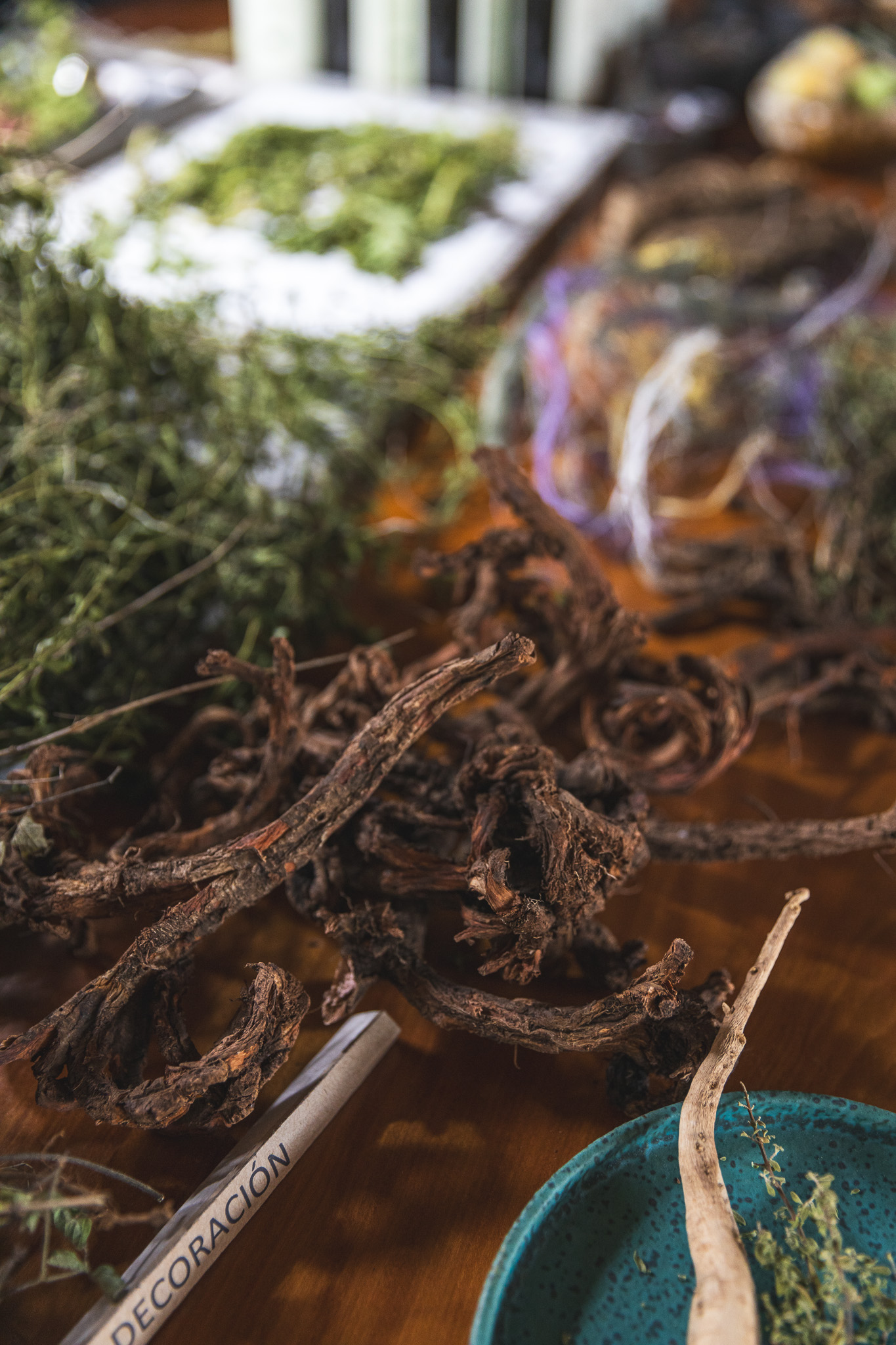
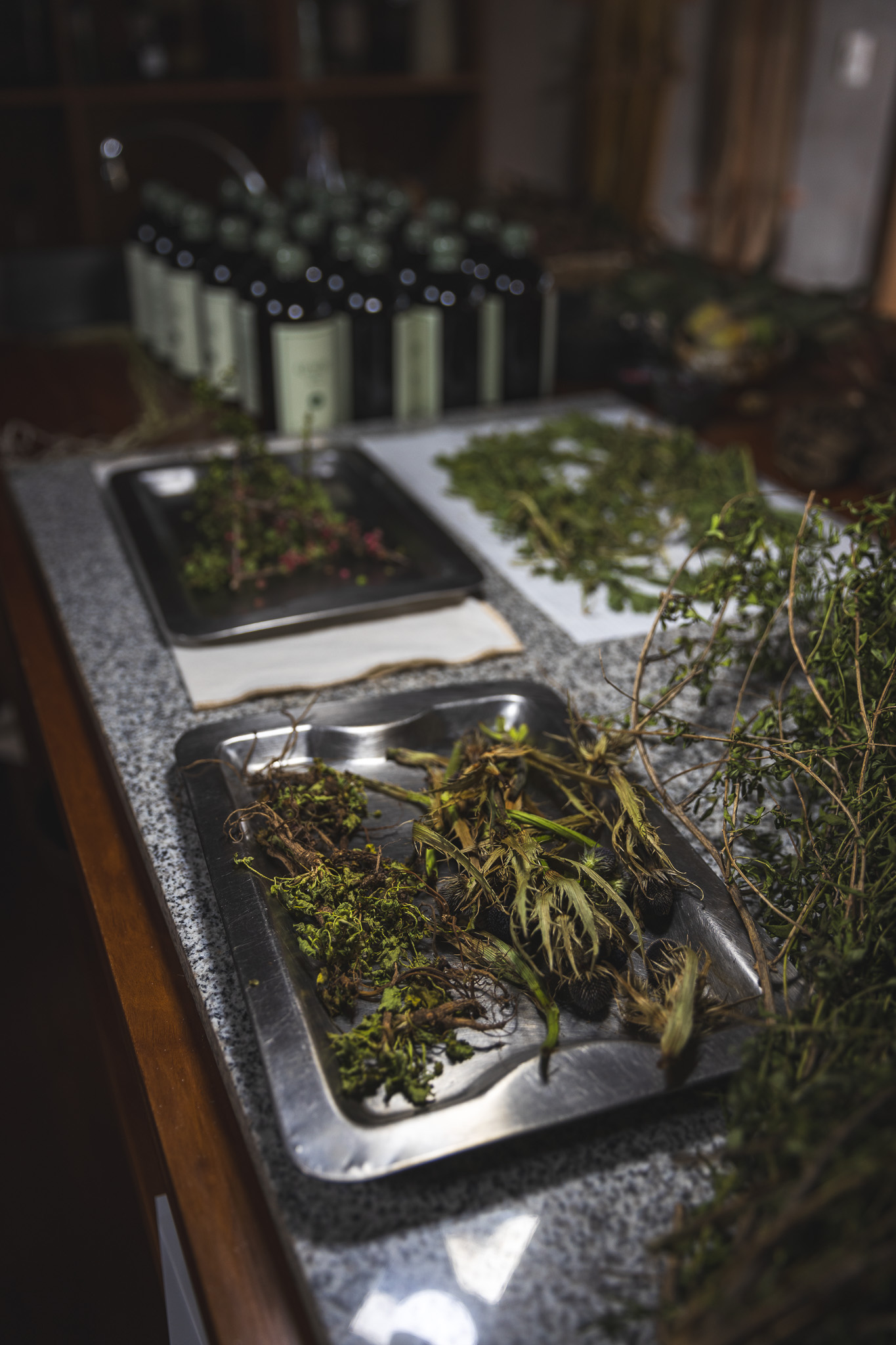
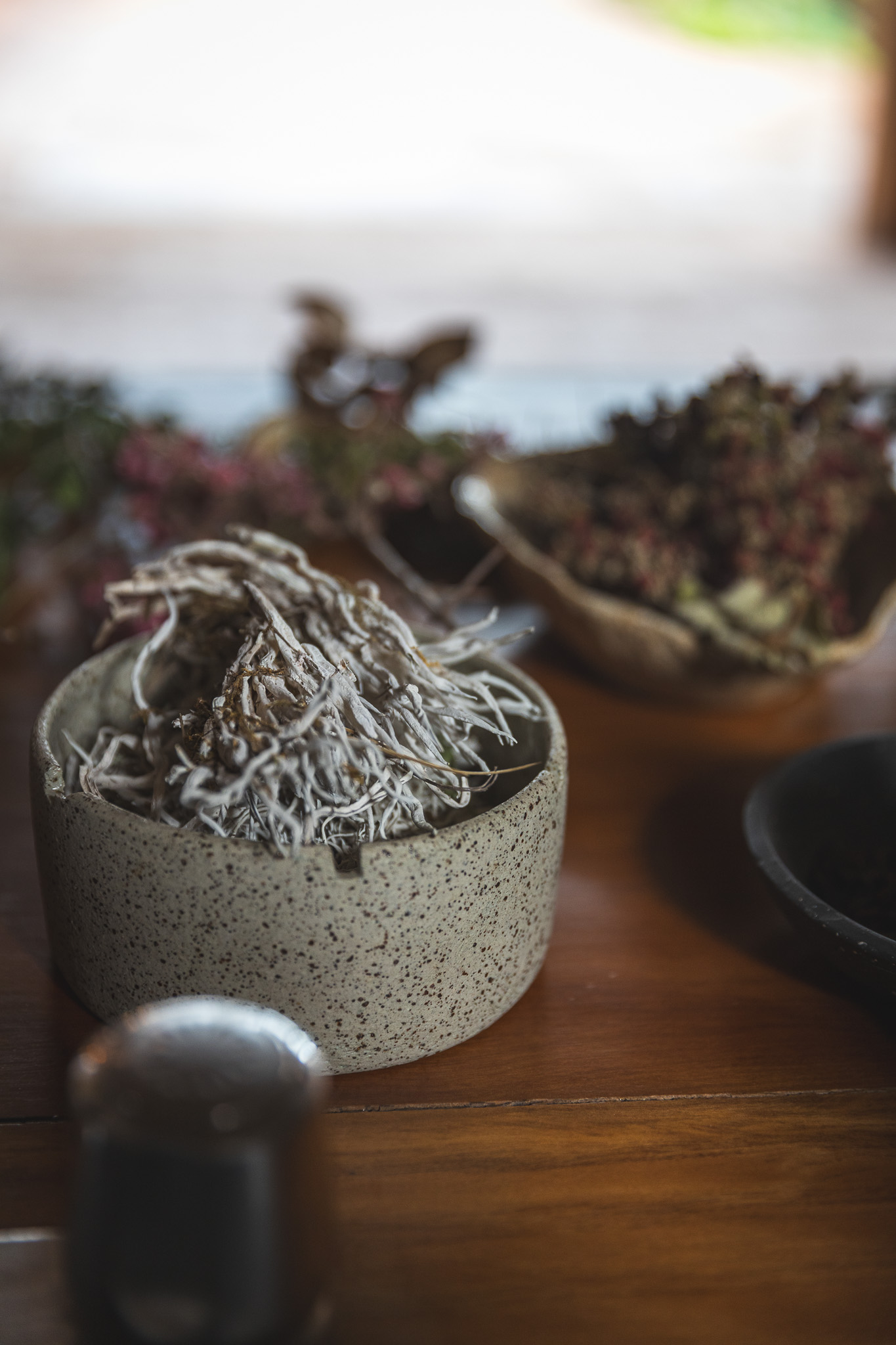
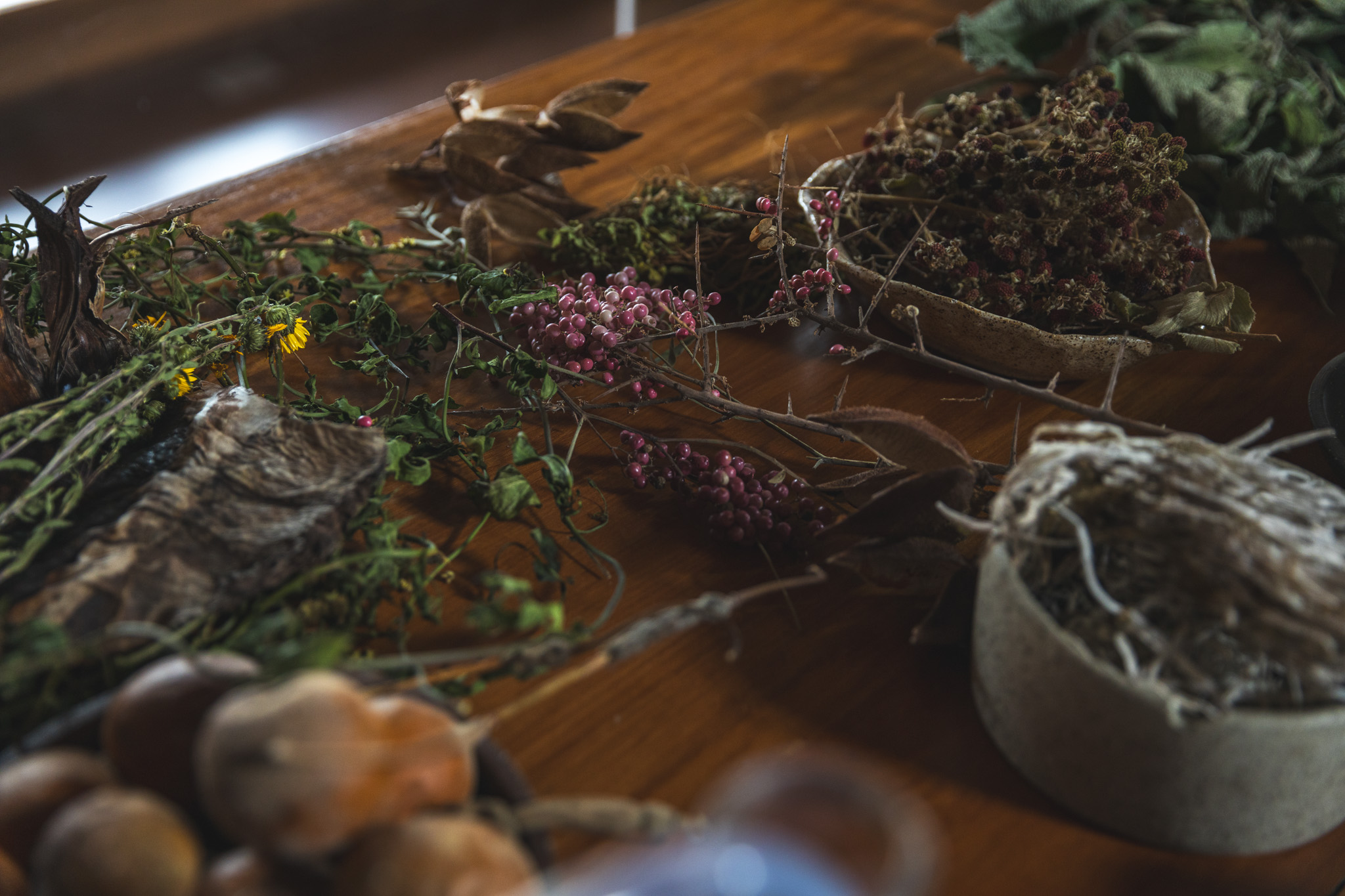


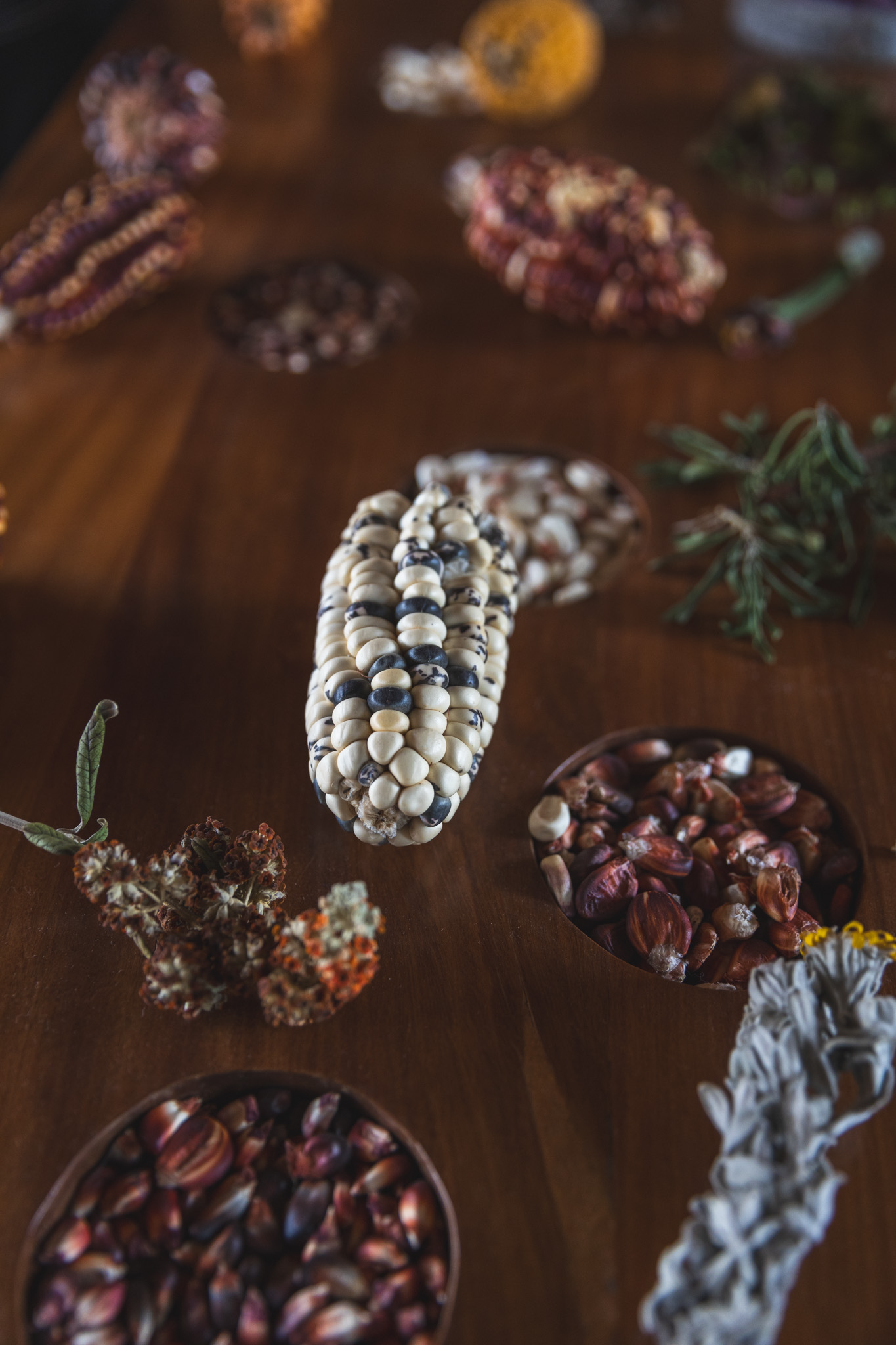
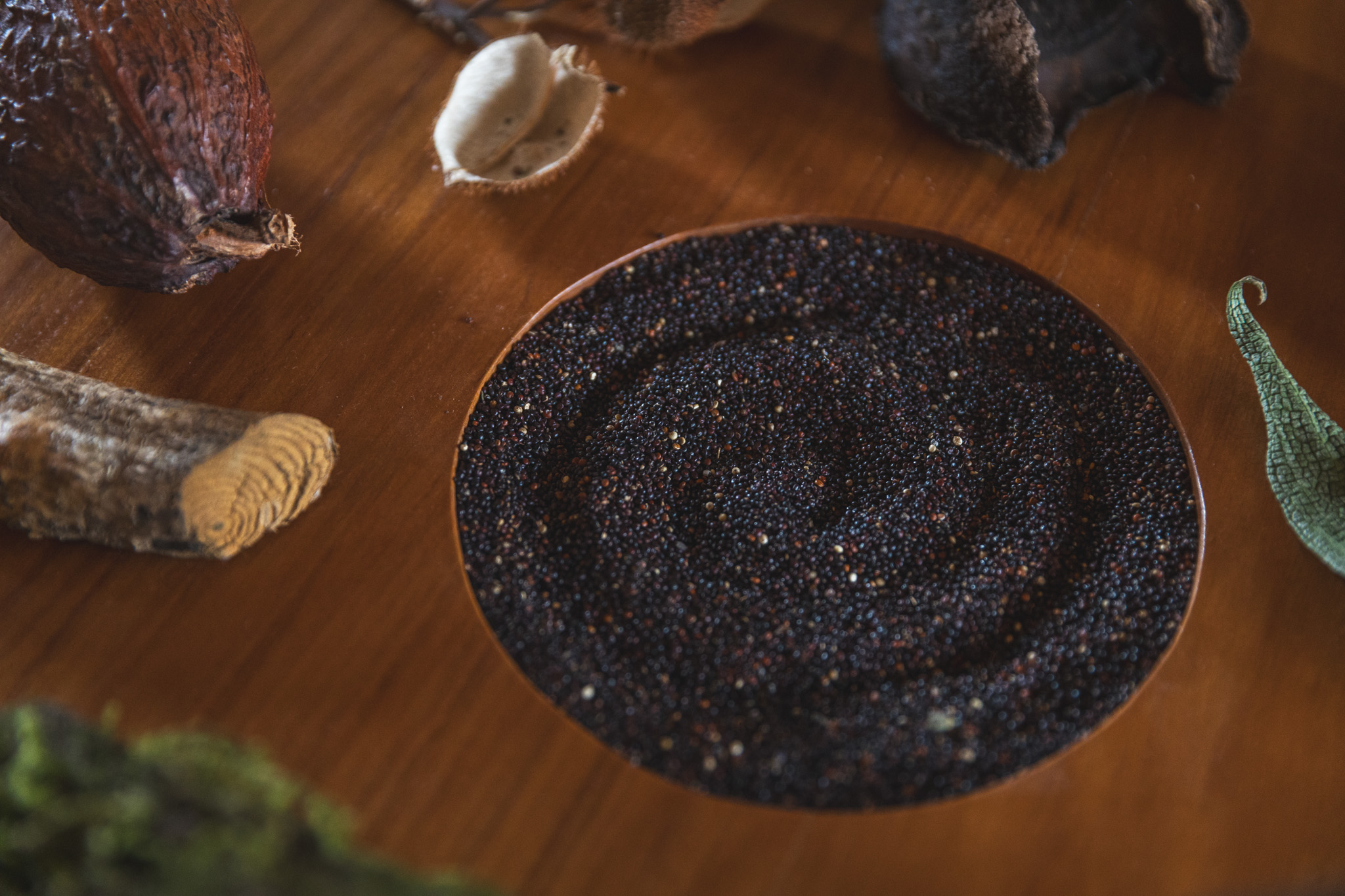

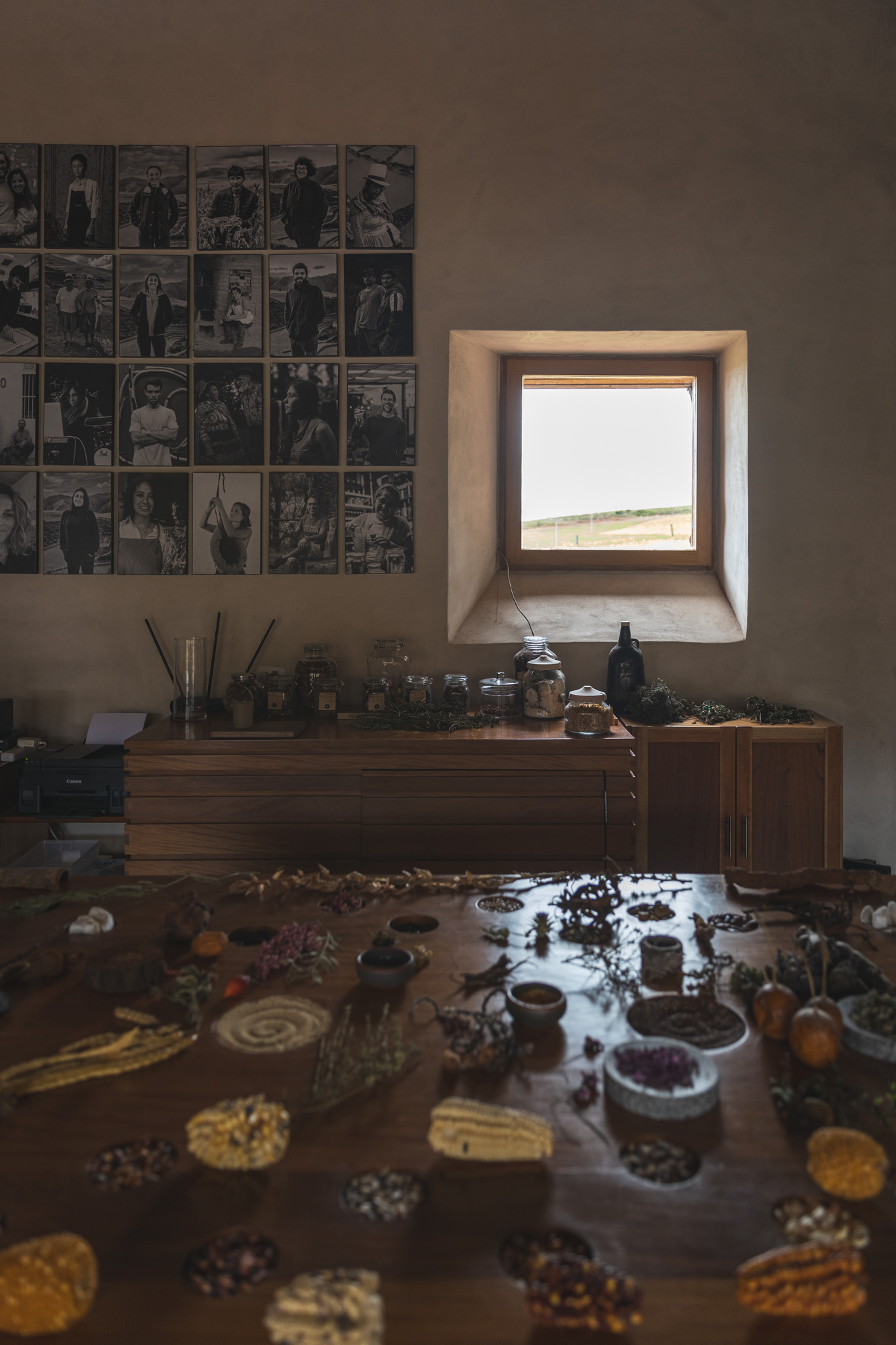
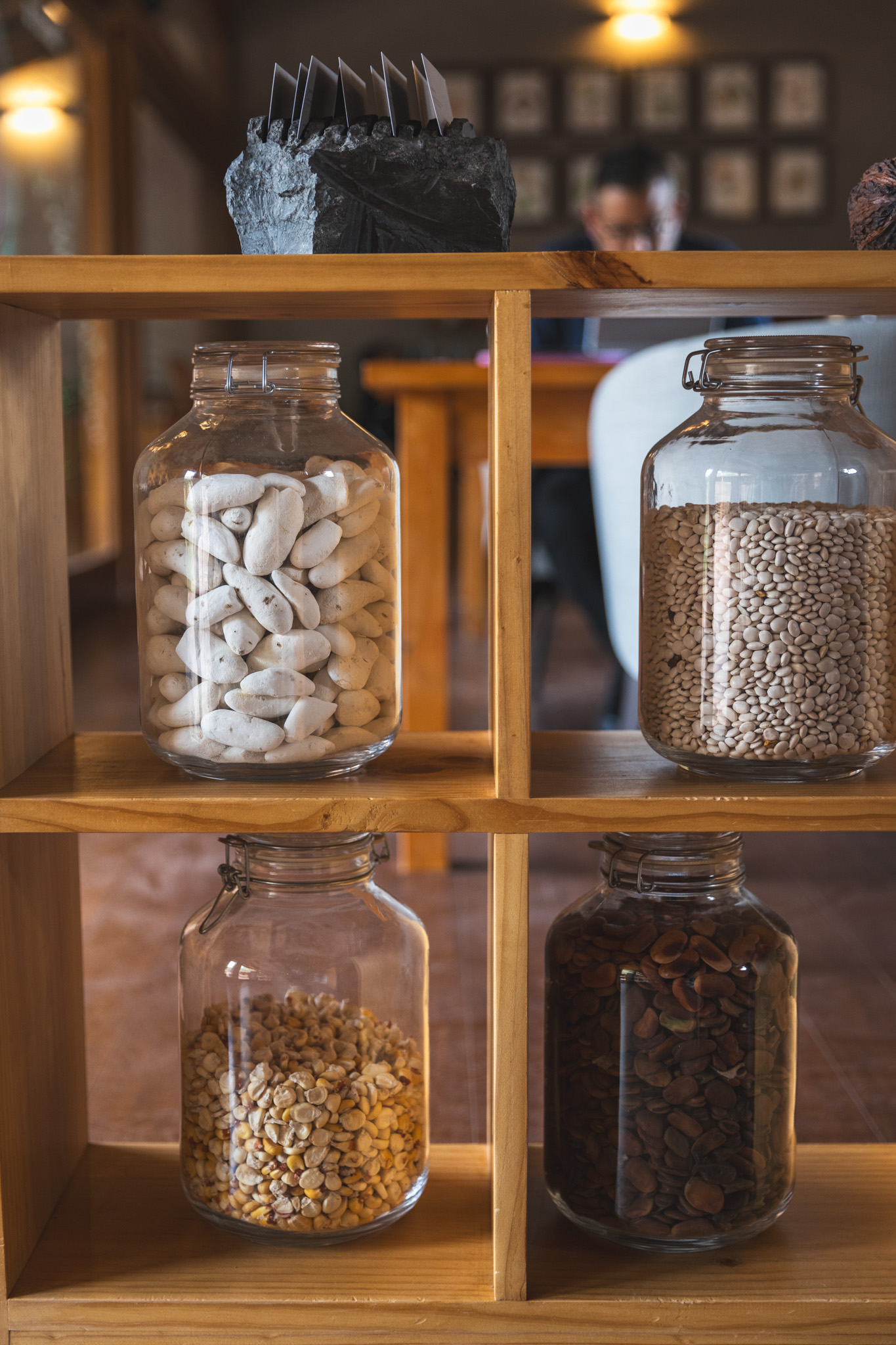
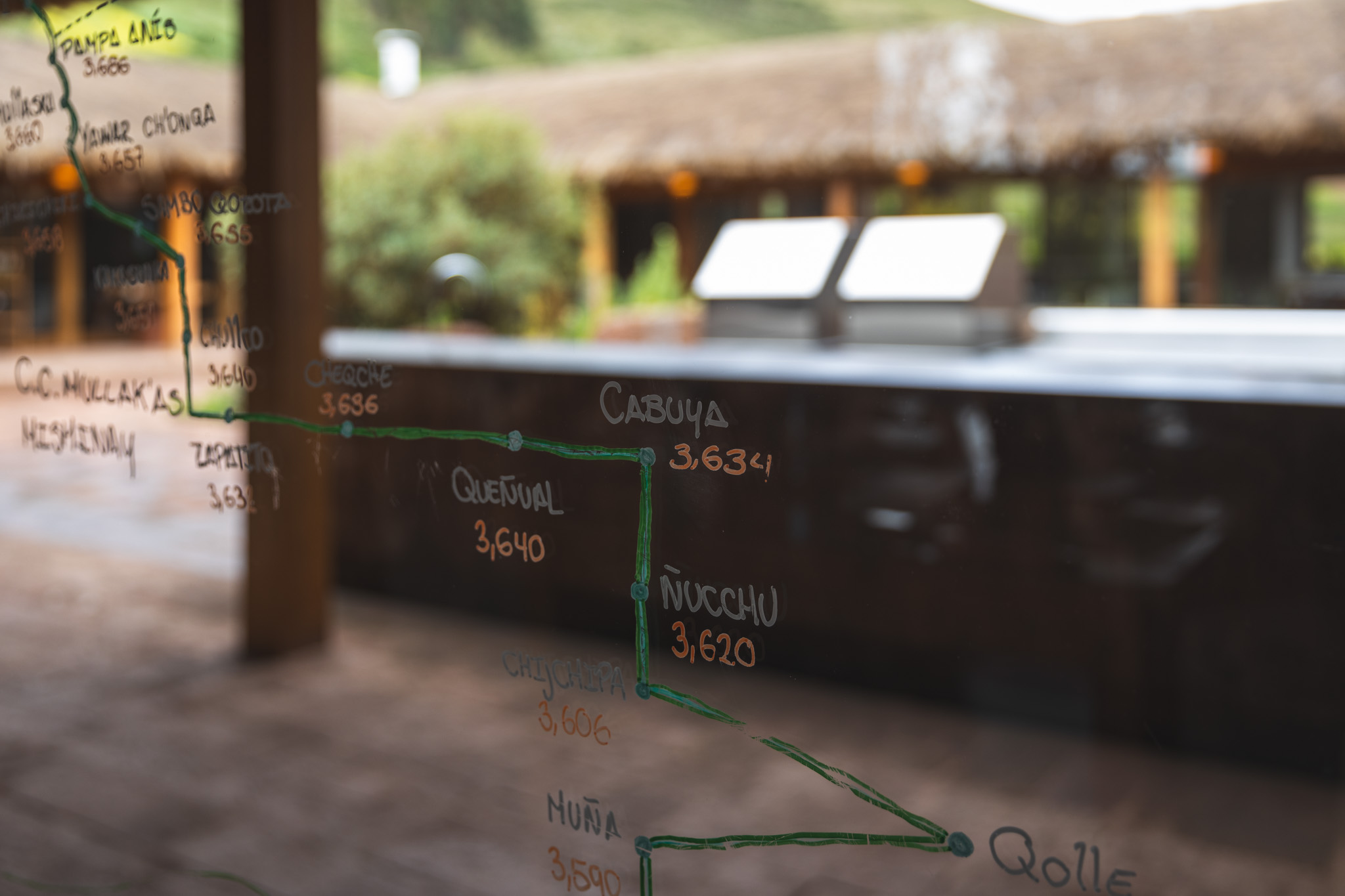
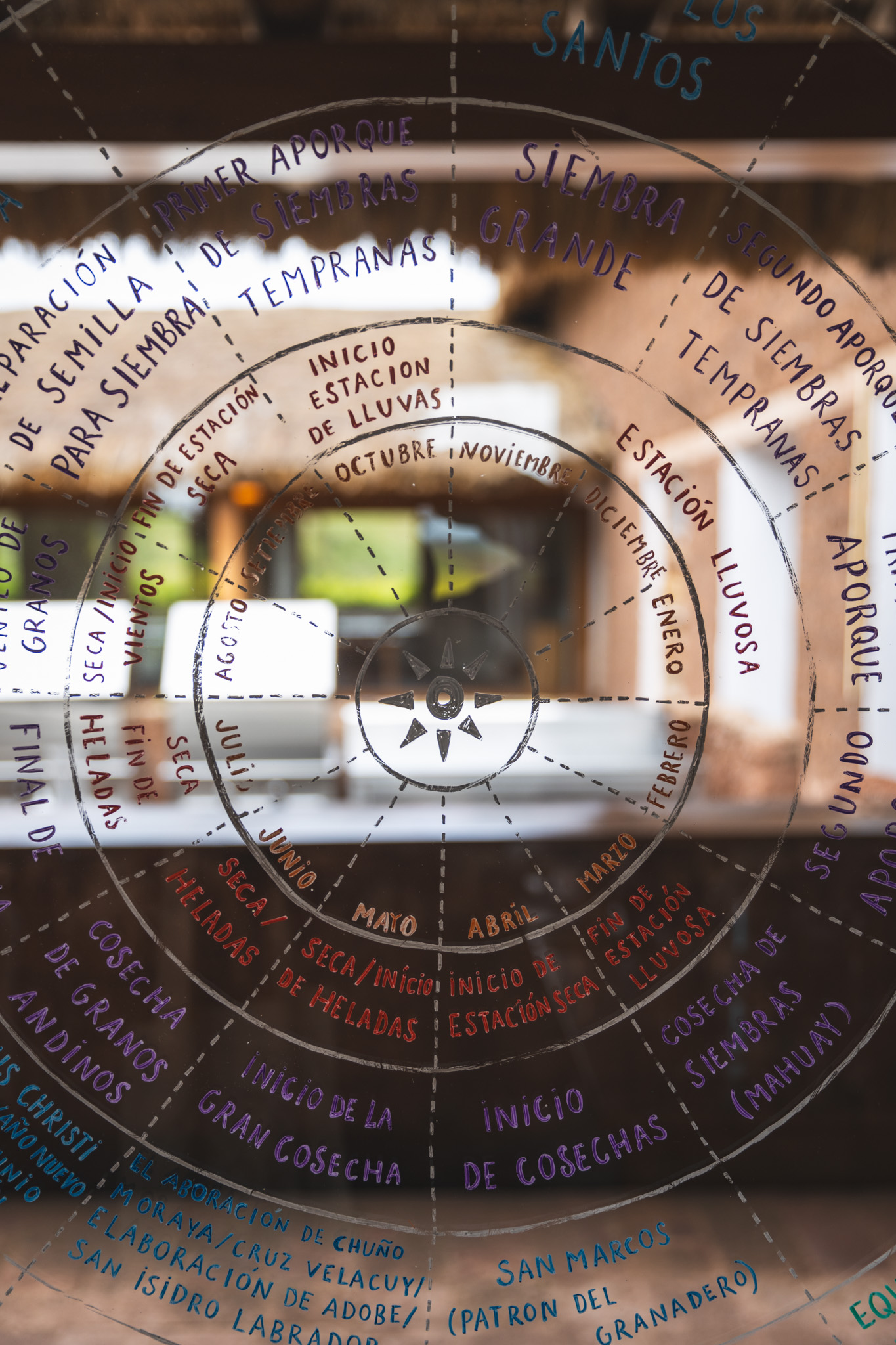
We met and walked around with Efrain, a farmer who introduced us to different local plants and vegetables and showed us how the Incas made many different uses of their surroundings from food to weaponry. I even got to try out an Incan slingshot!
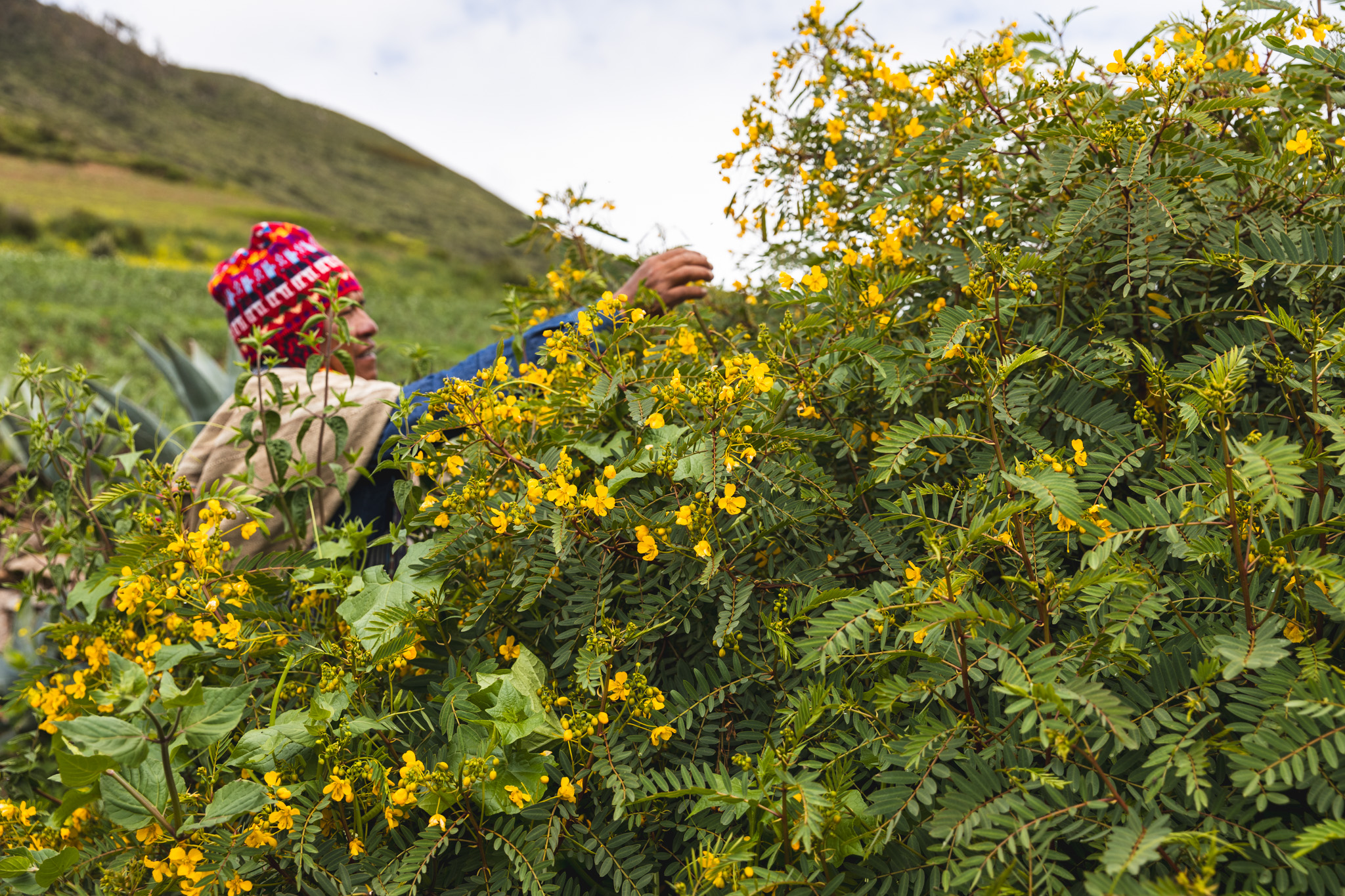
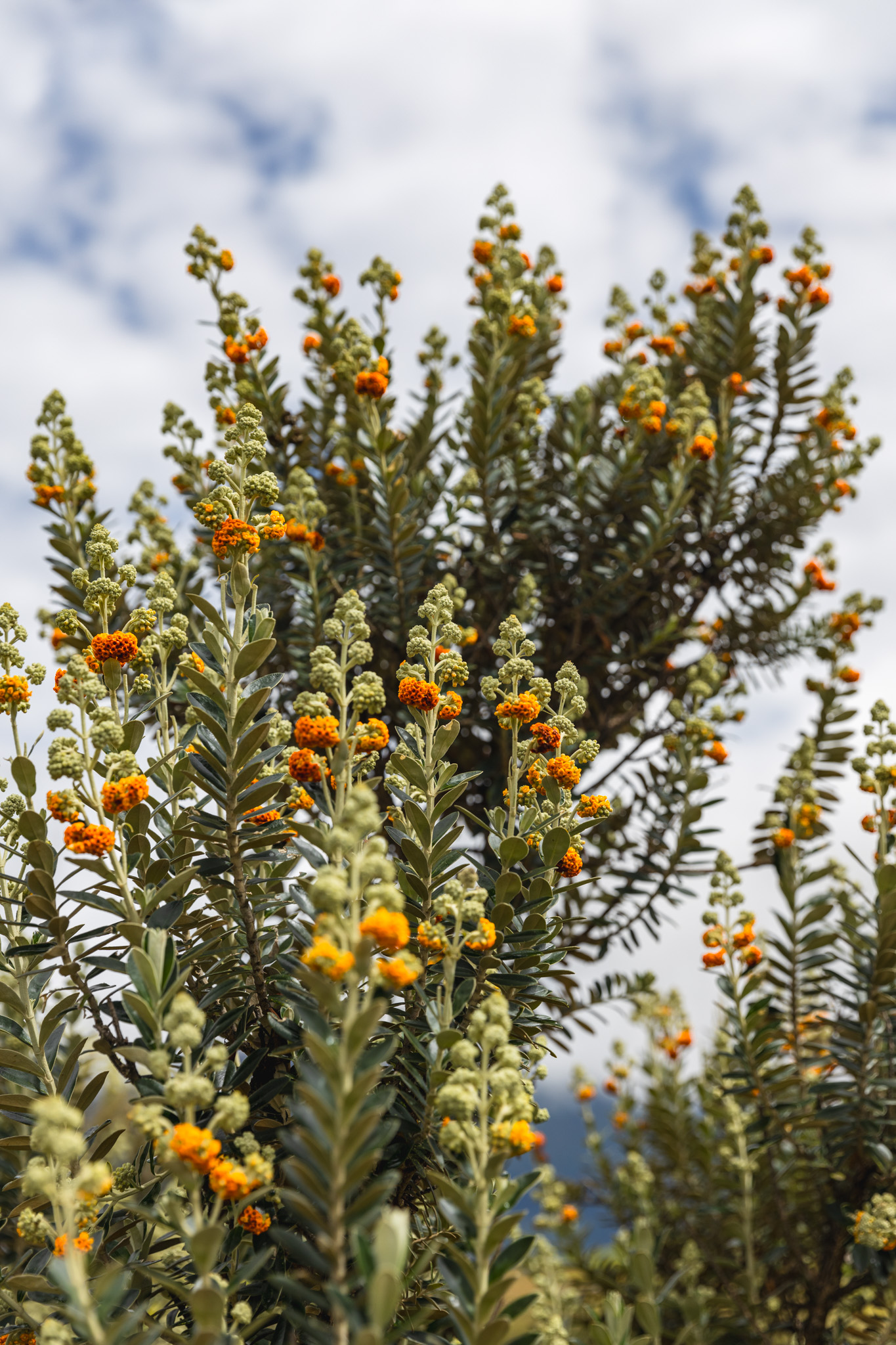

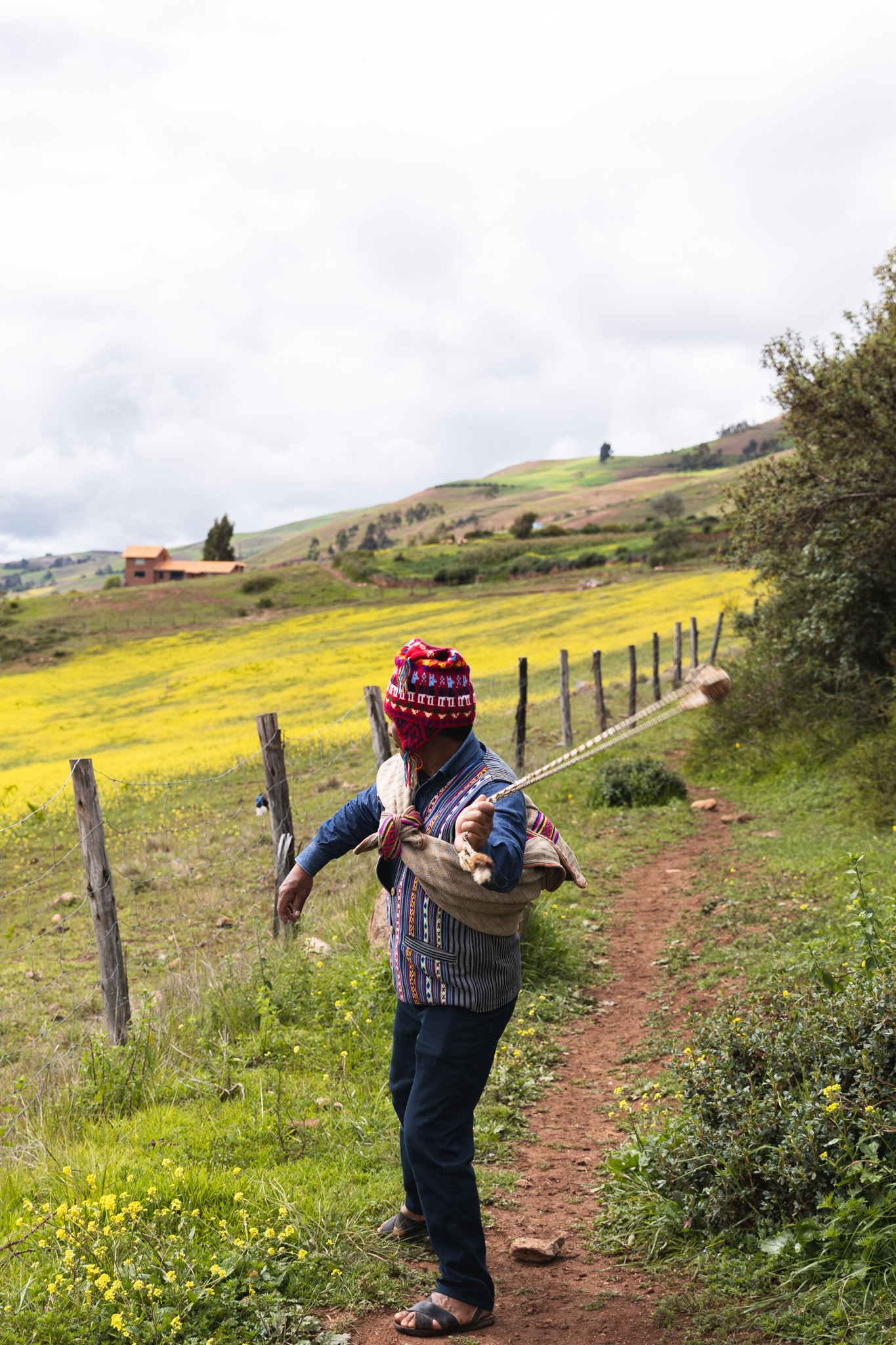

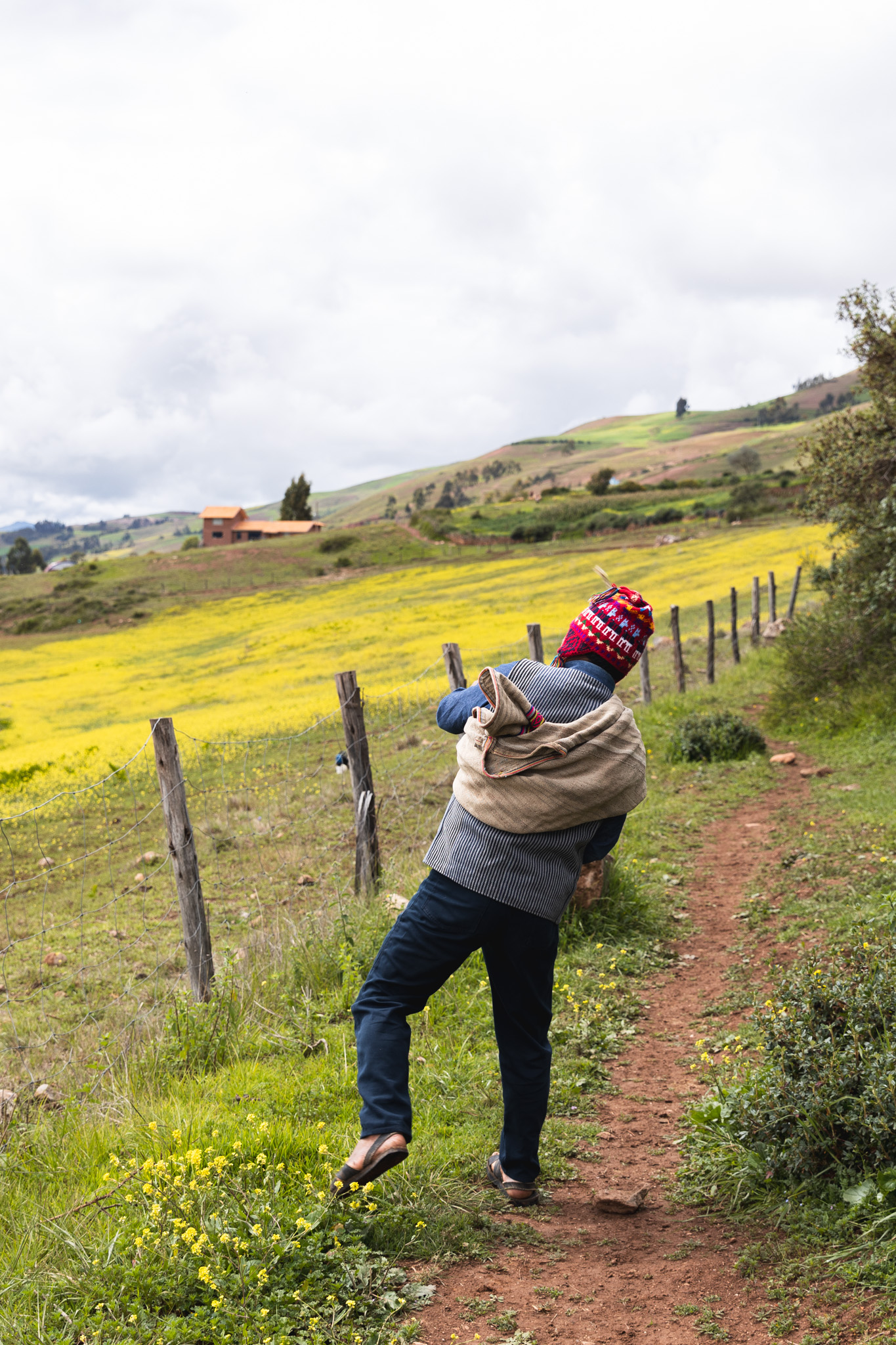

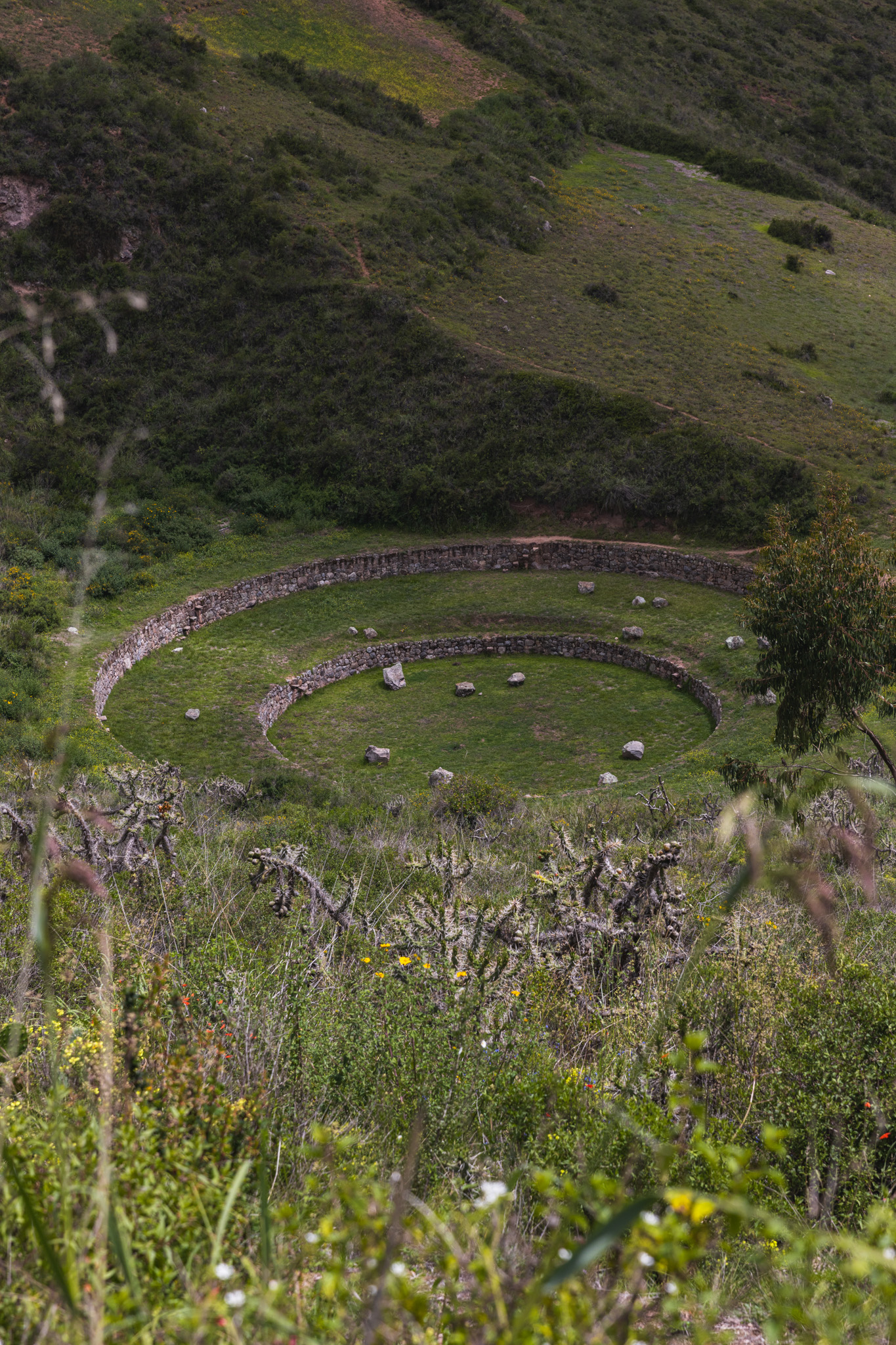
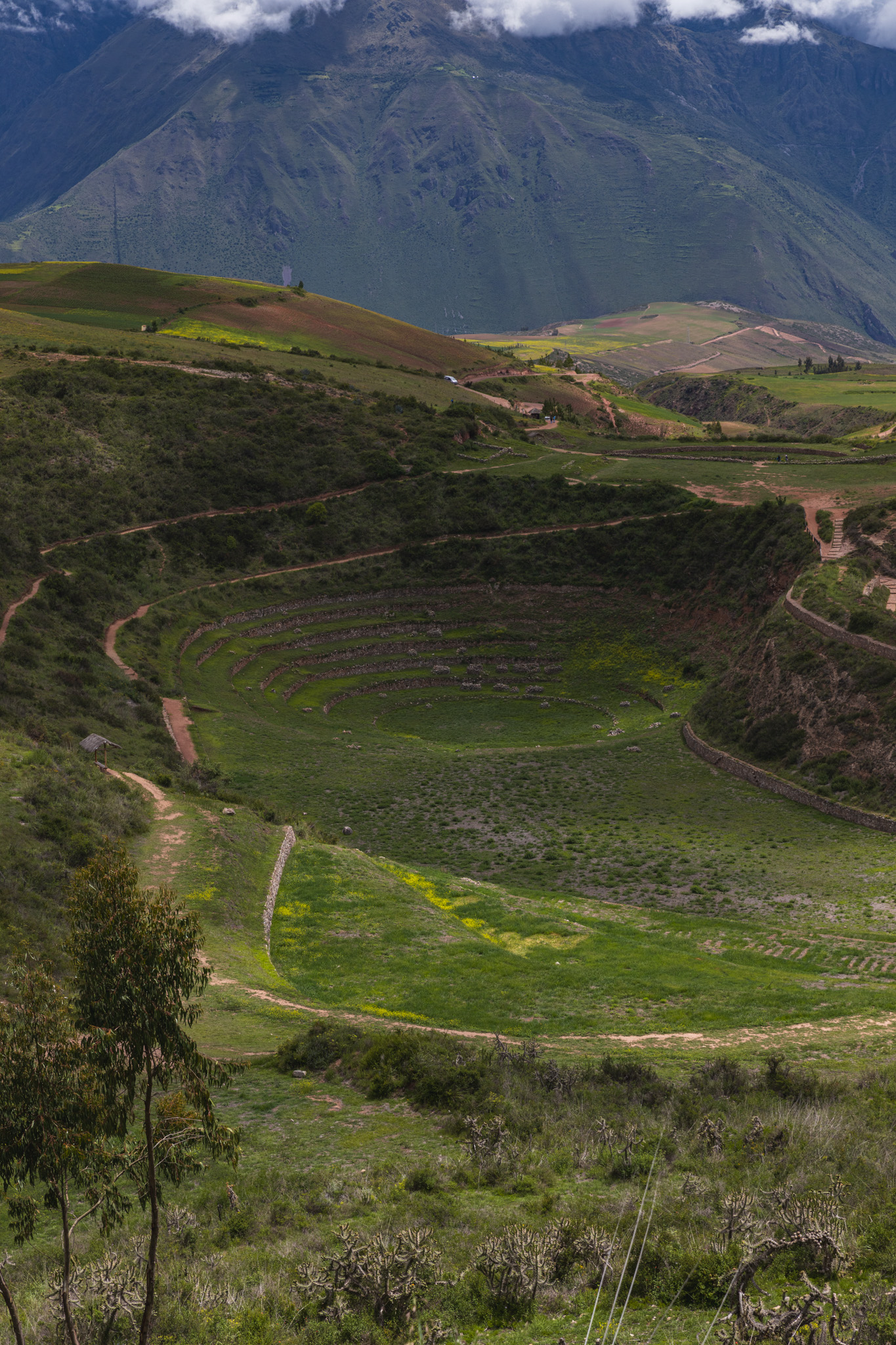

Efrain led us through a typical morning ritual of making and drinking chicha de jora—a fermented corn drink—and offering the first parts to the gods of the earth and the mountains as an offering of gratefulness.
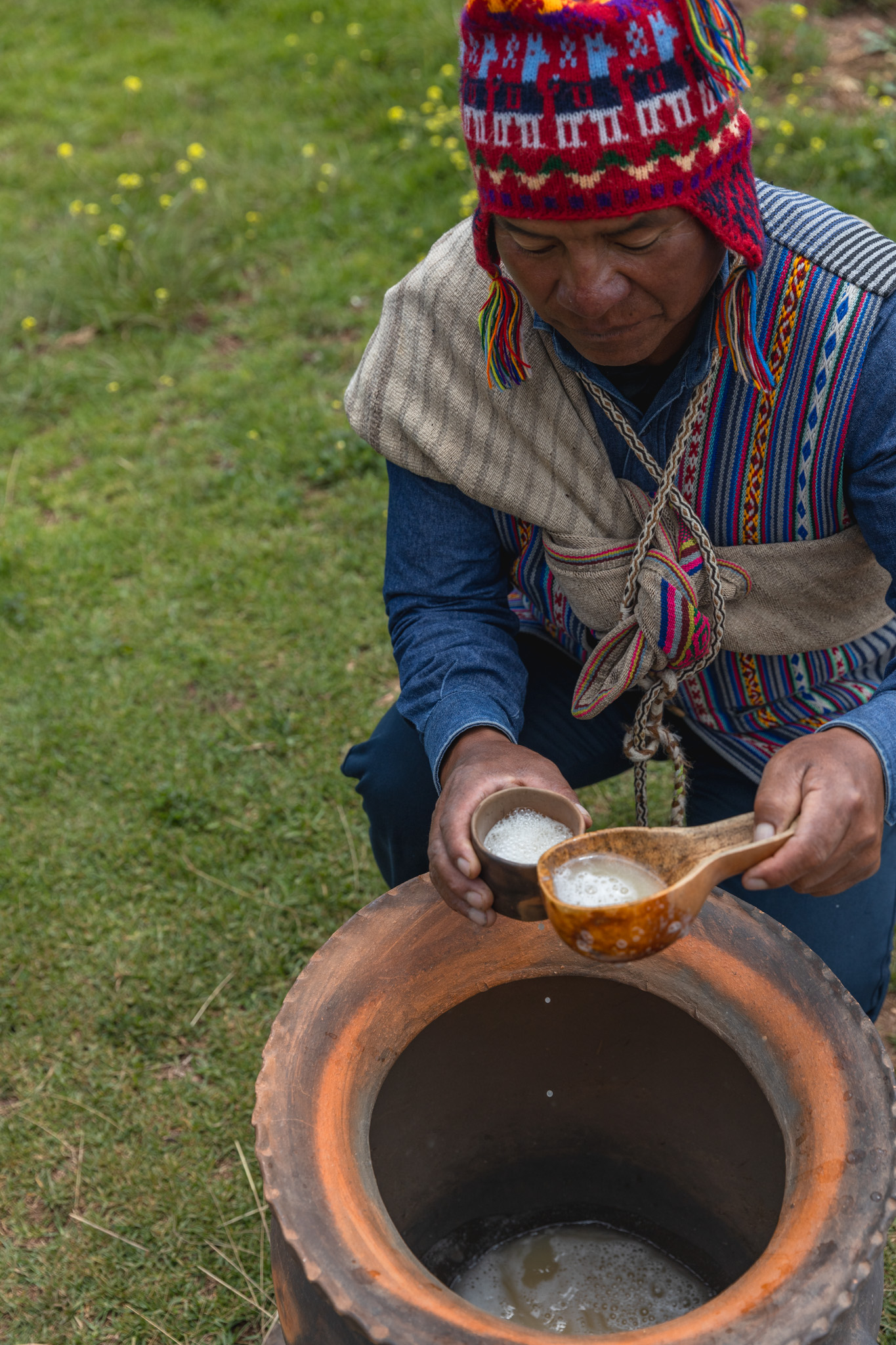
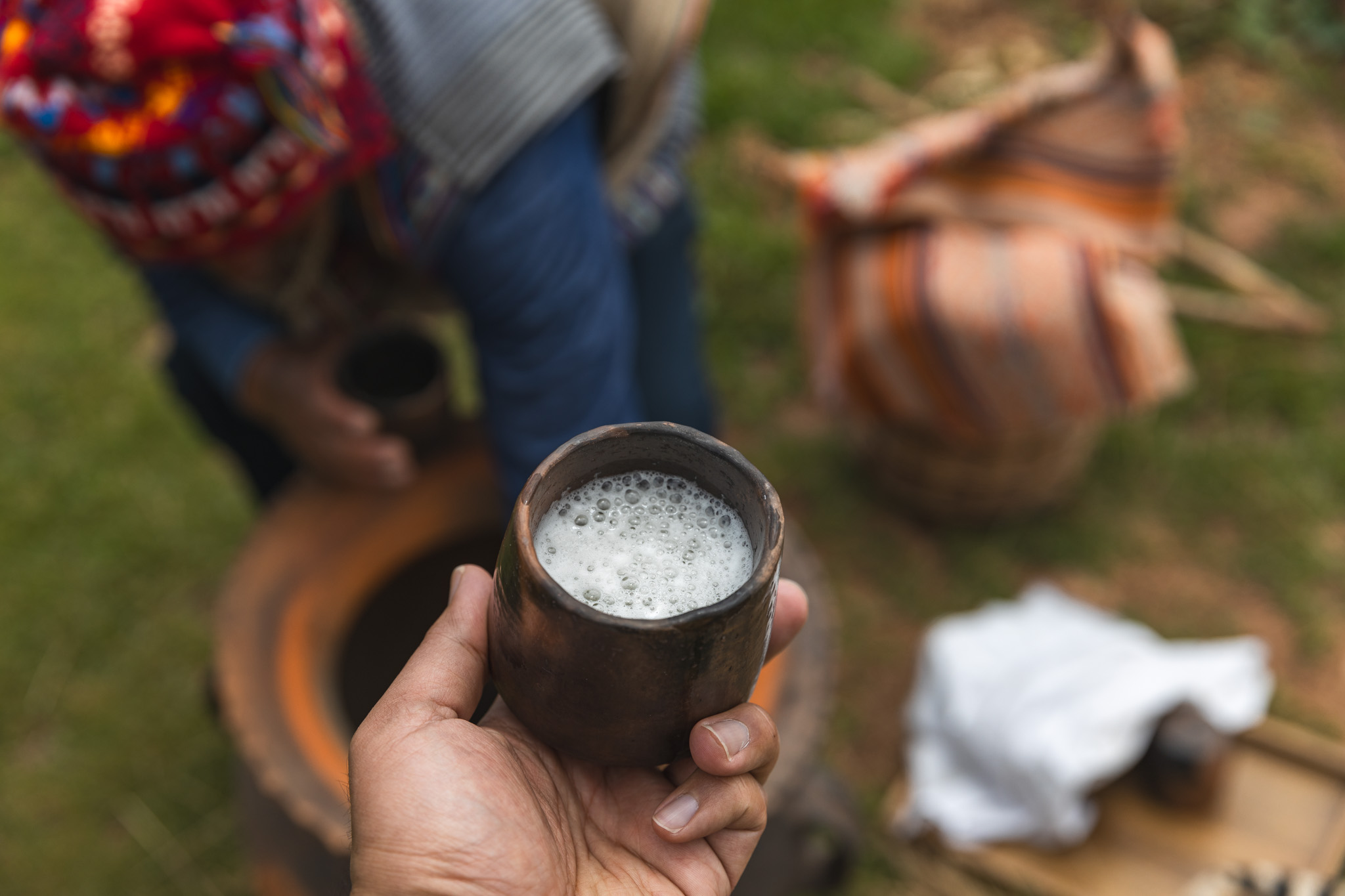
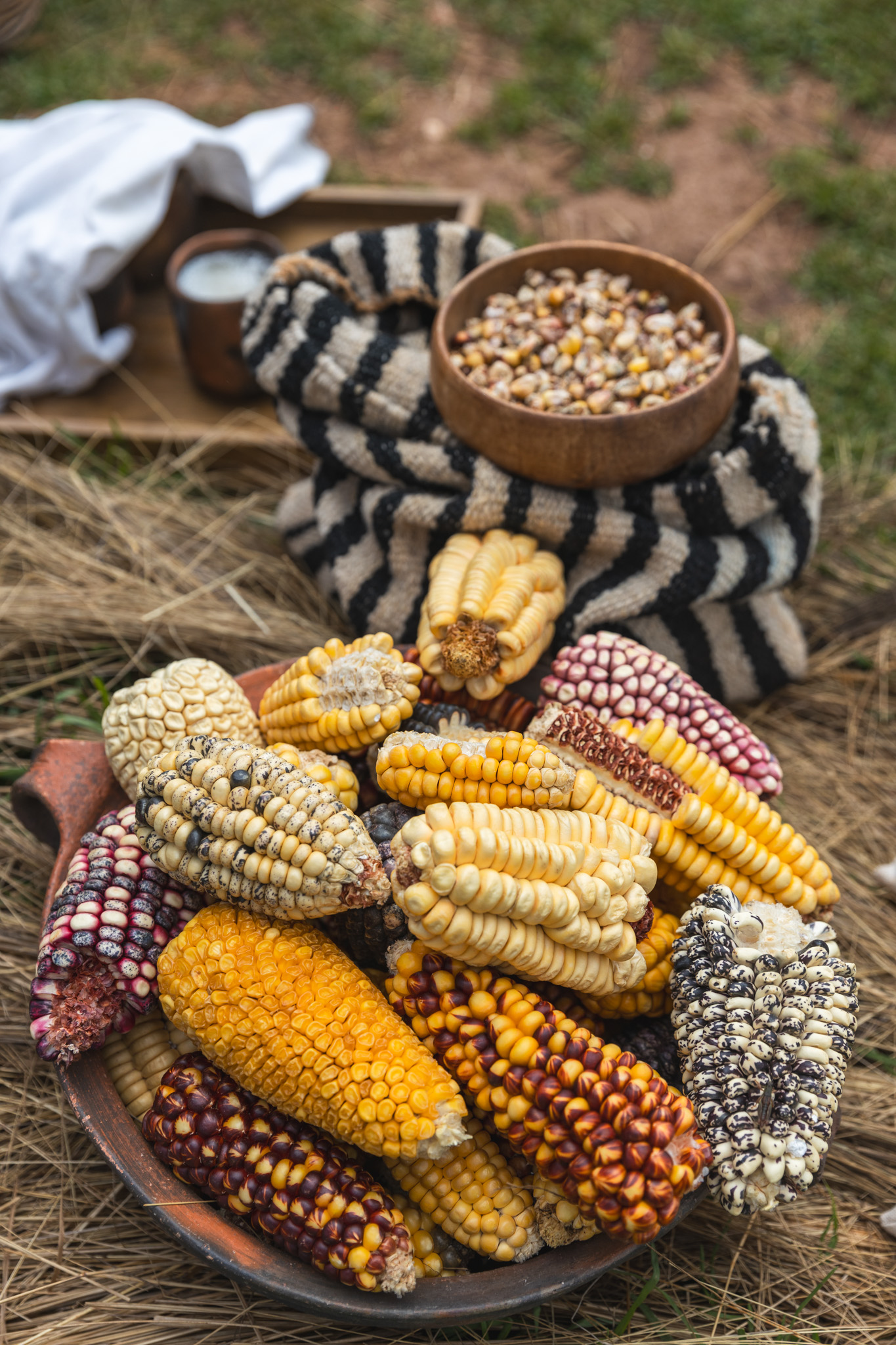
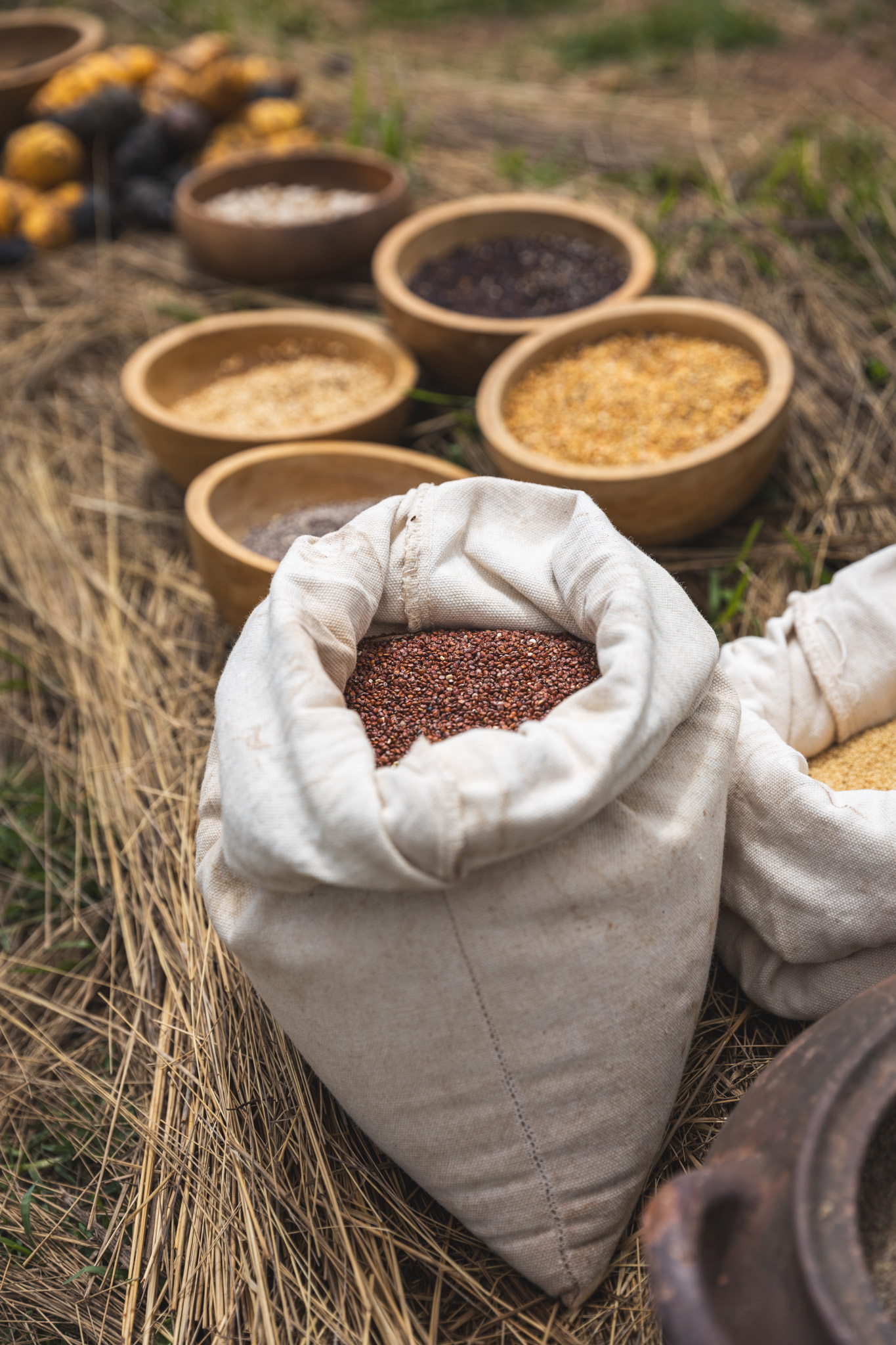
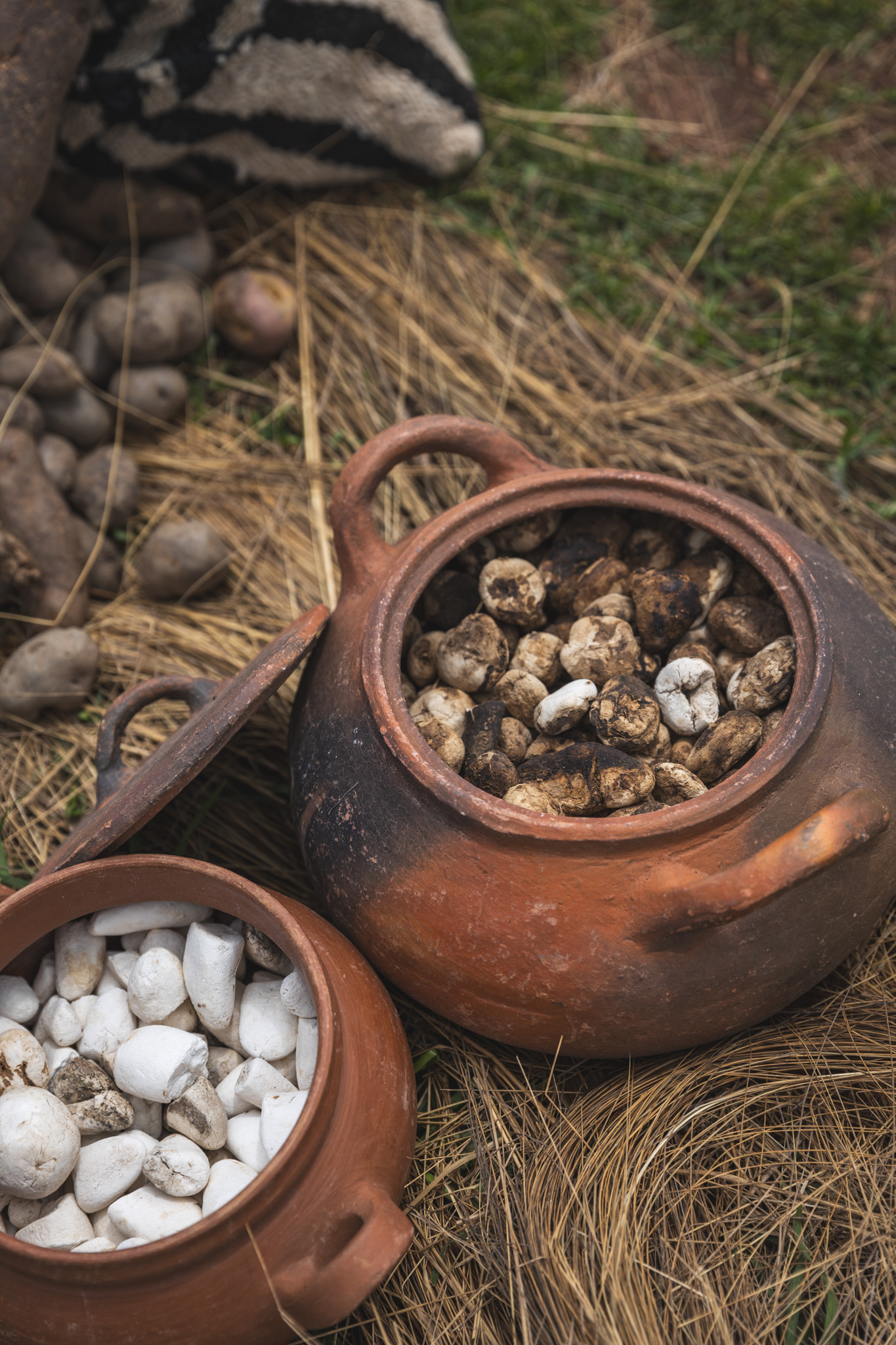

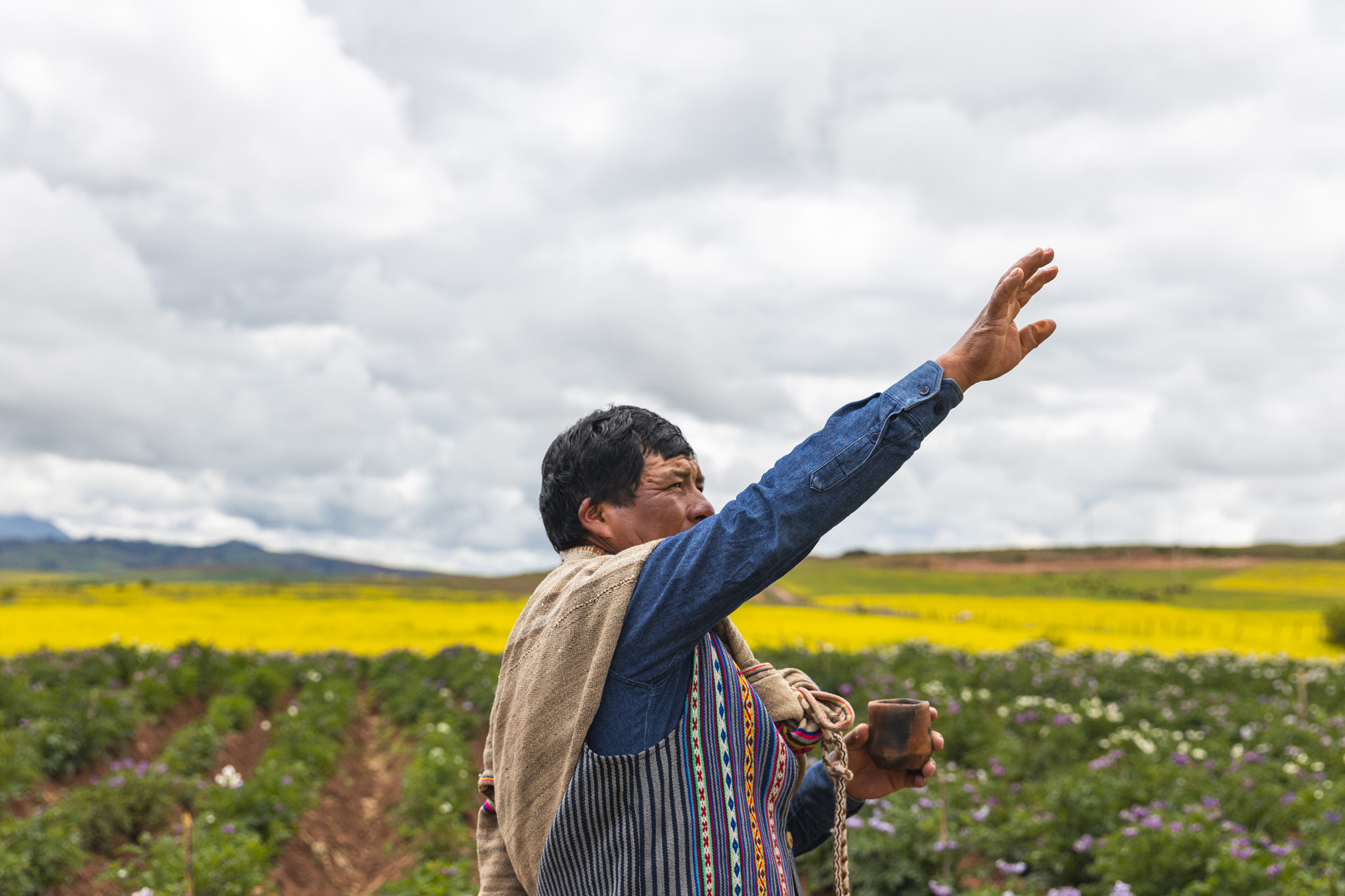
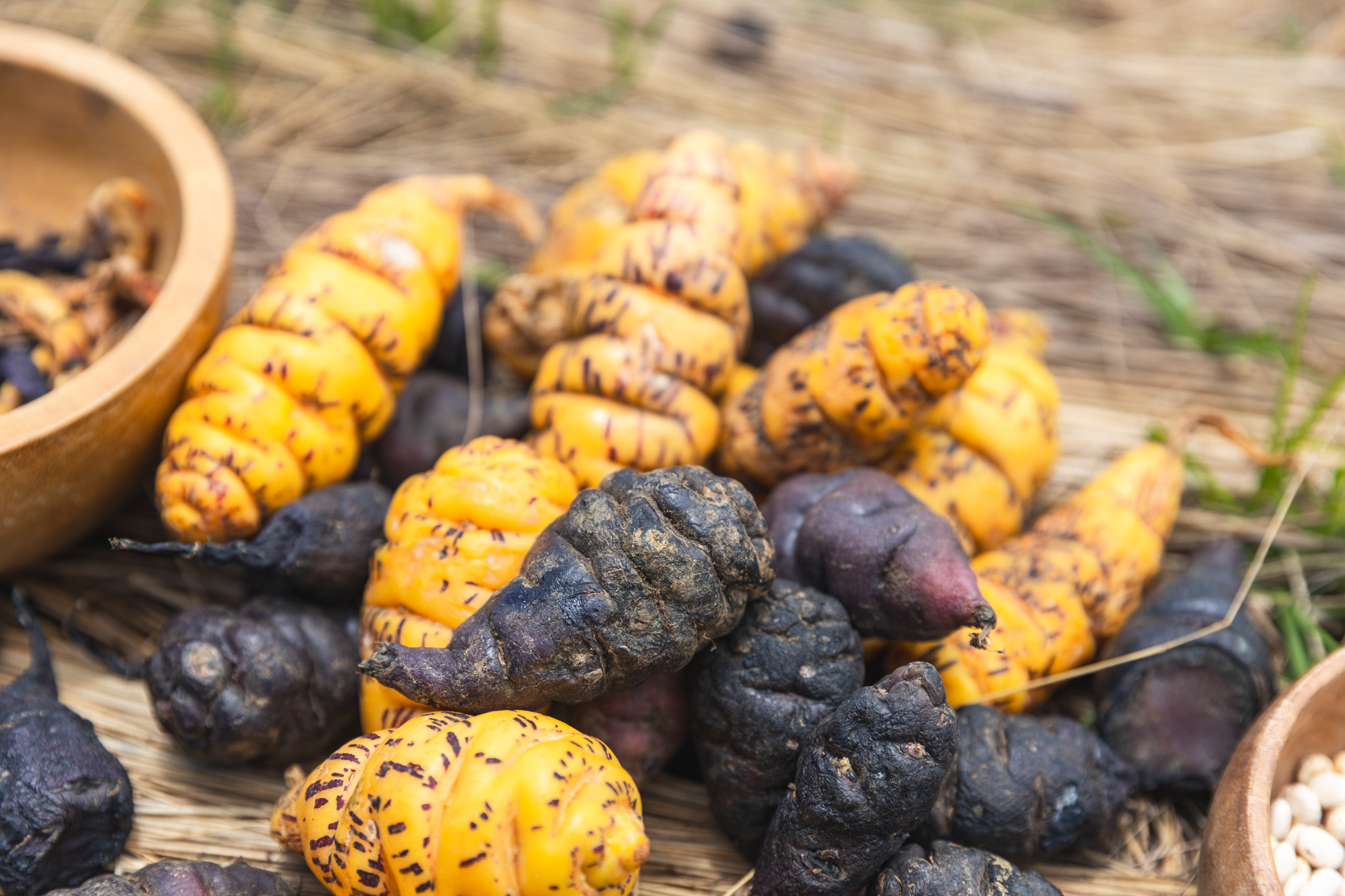
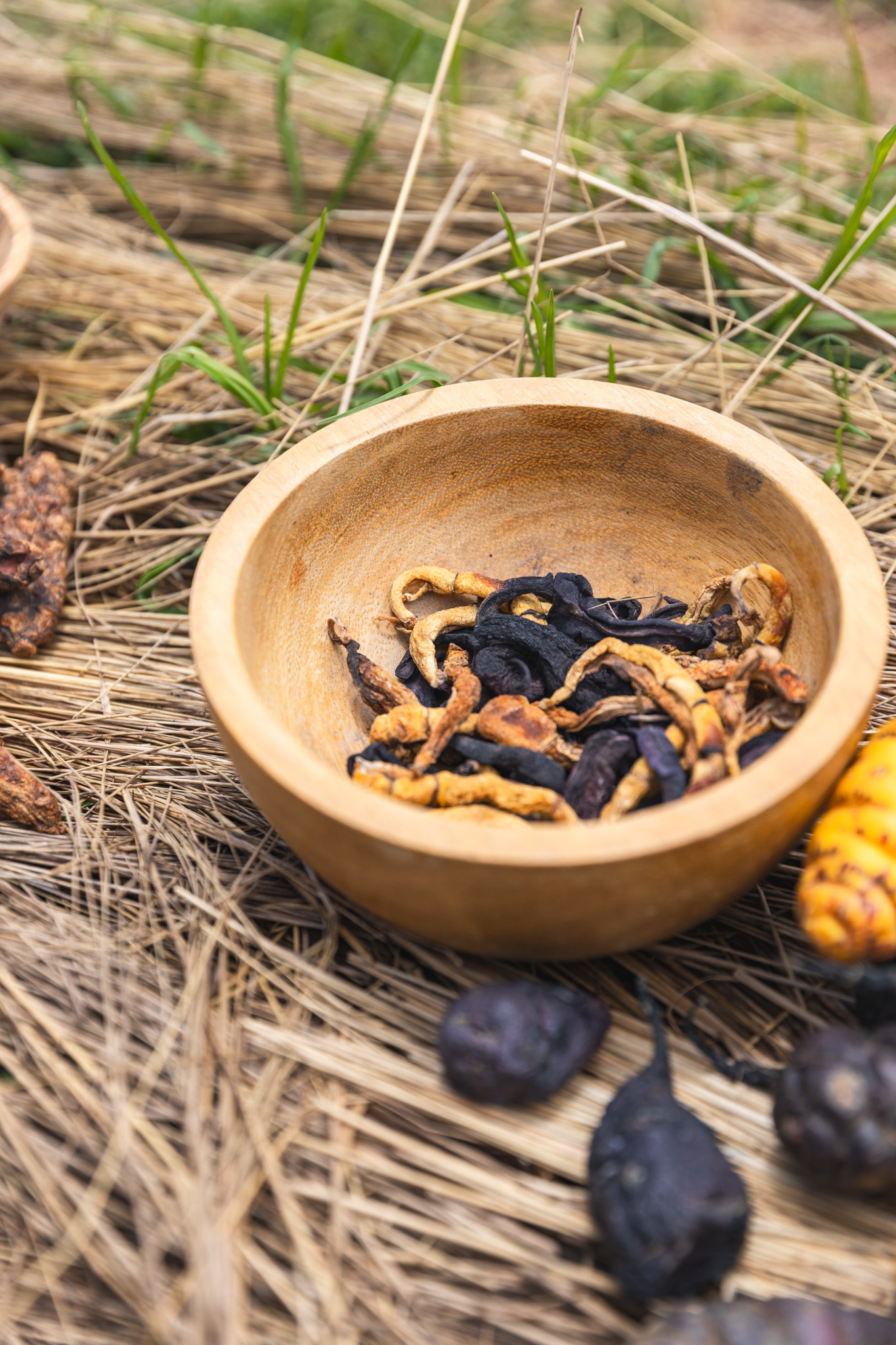
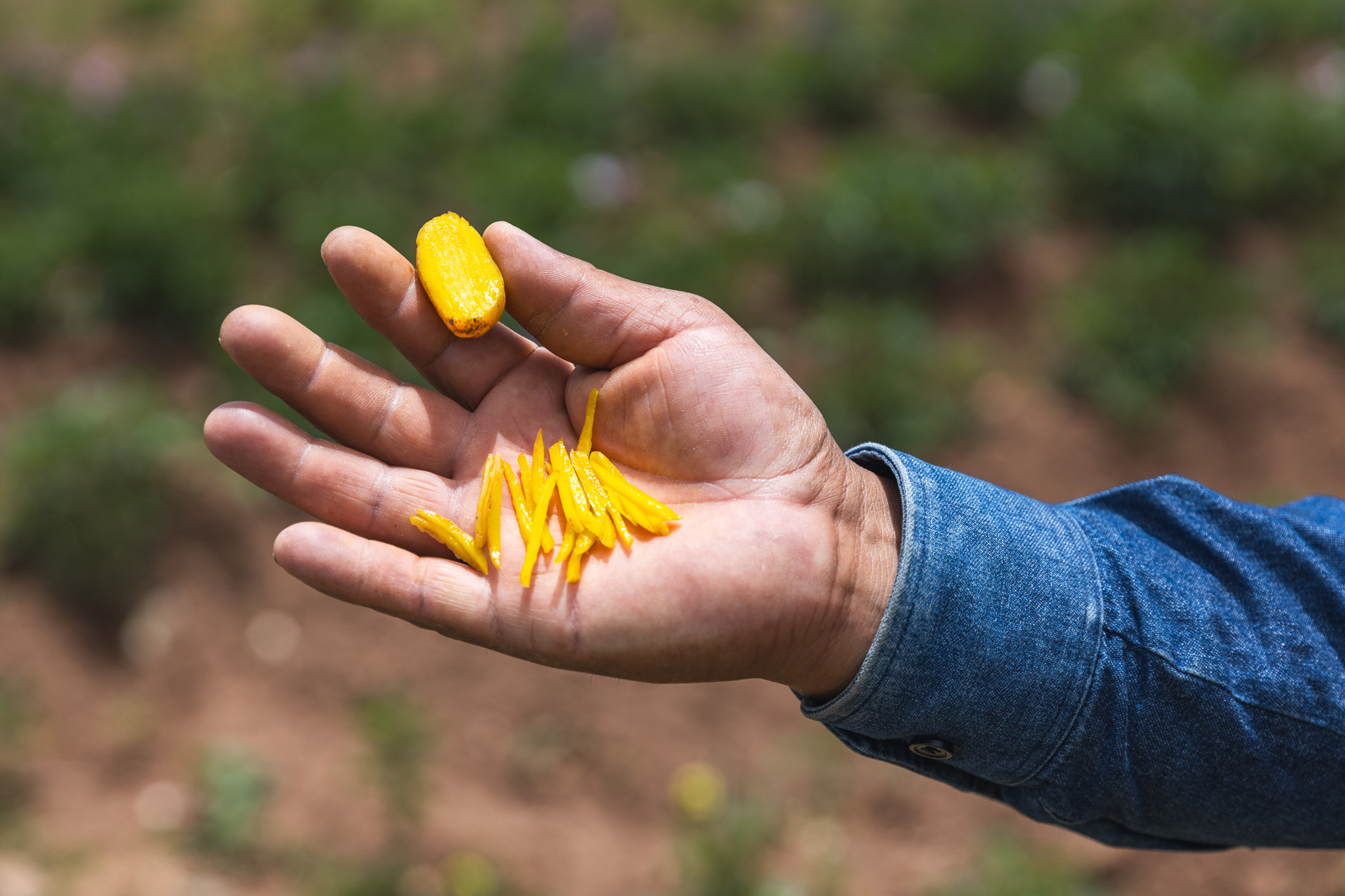
We spent time with sisters Sepherina and Juana, who showed us how the make and dye textiles from sheep and alpaca using natural colors from the local foliage. It’s incredible how resourceful their community is in creating such variety from the limited materials they have access to.

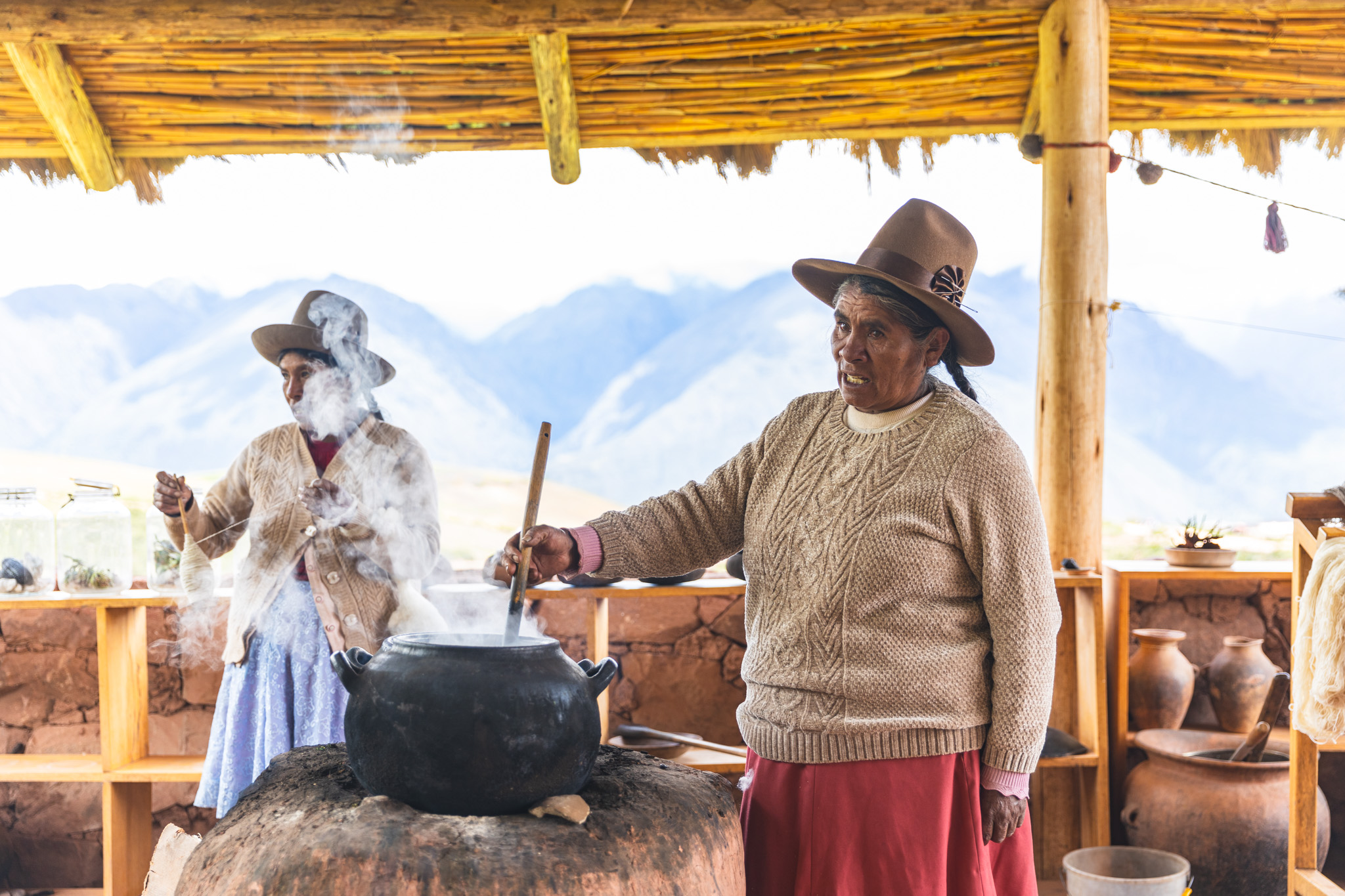
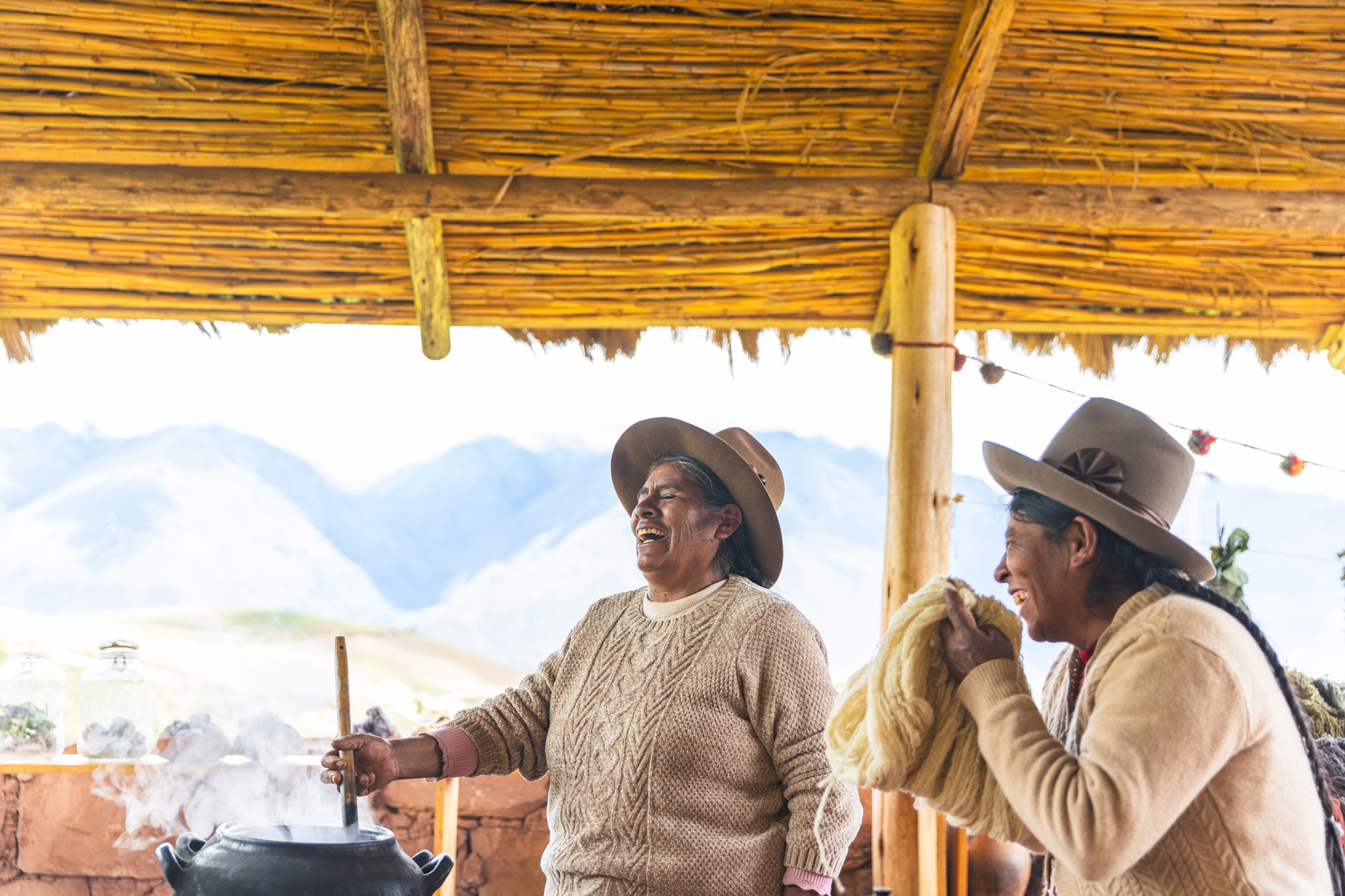
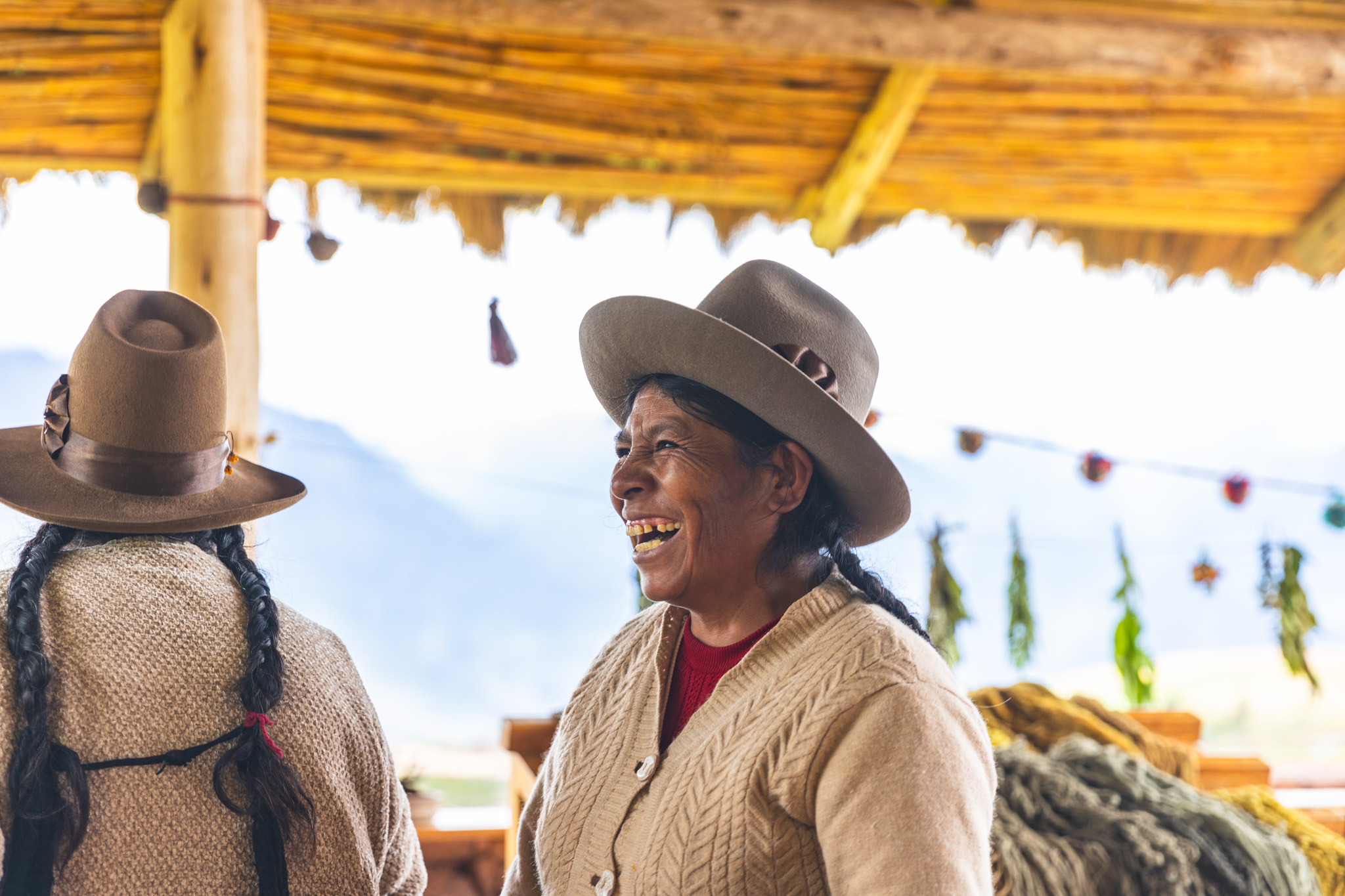

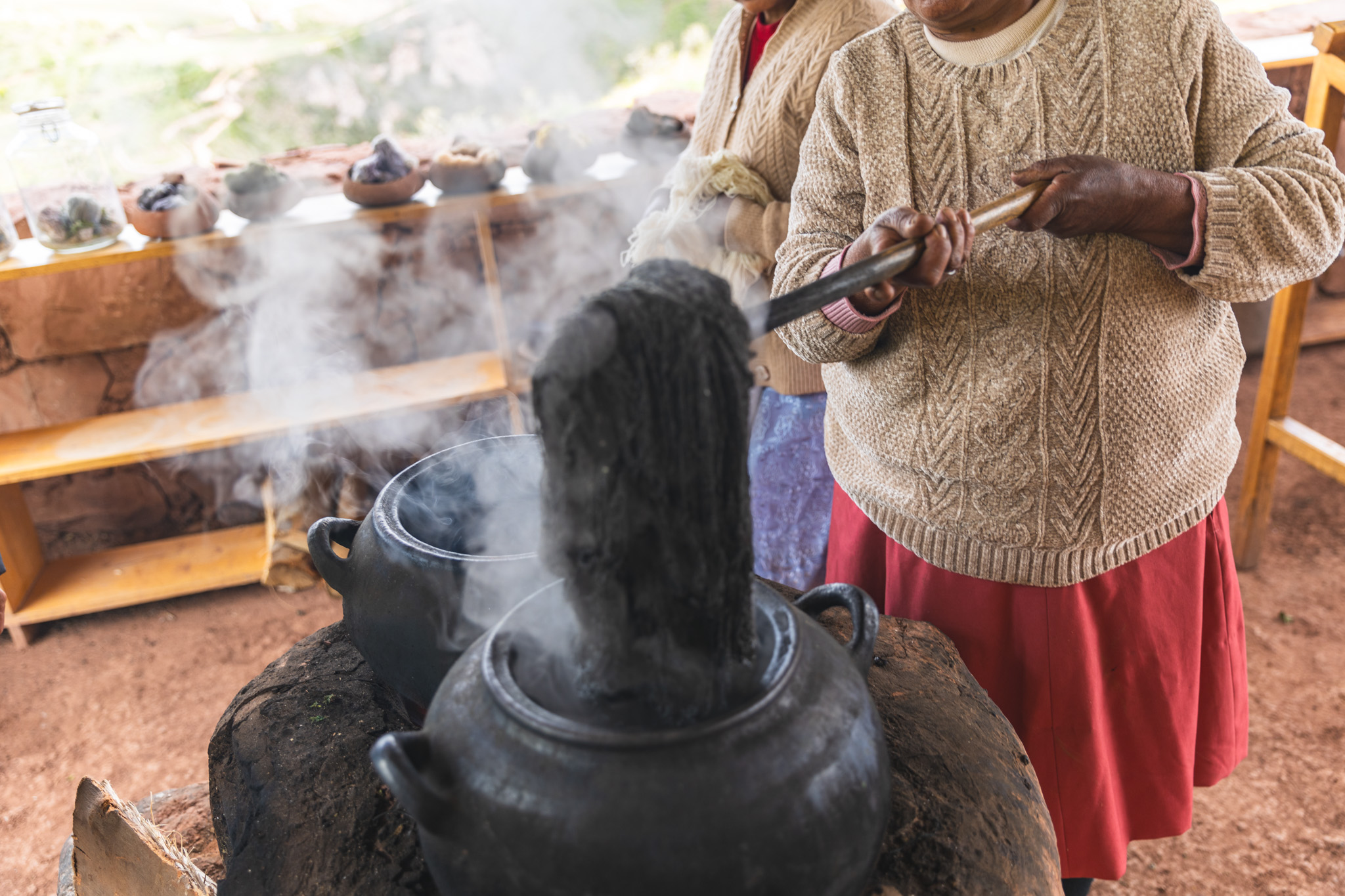

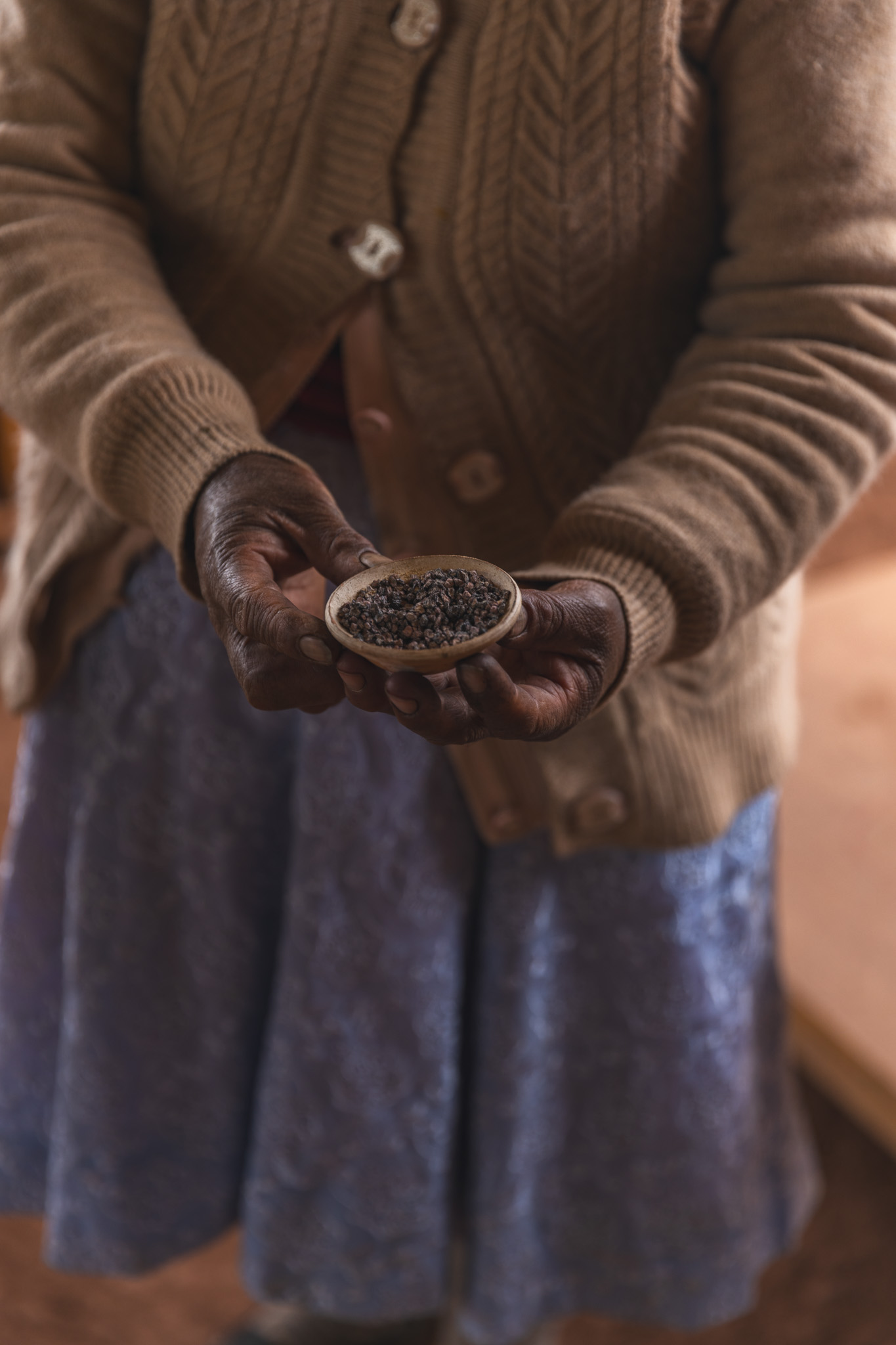
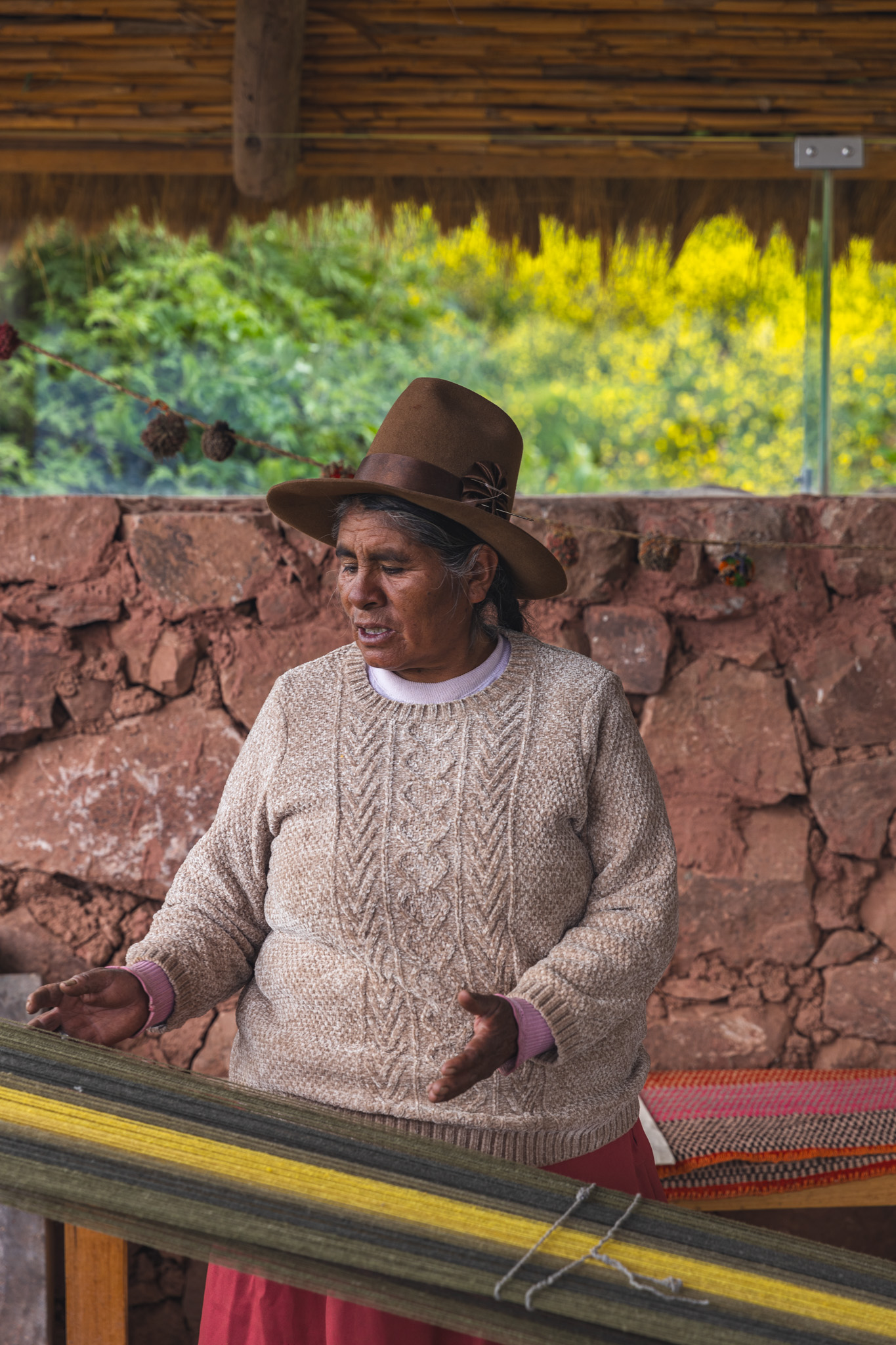
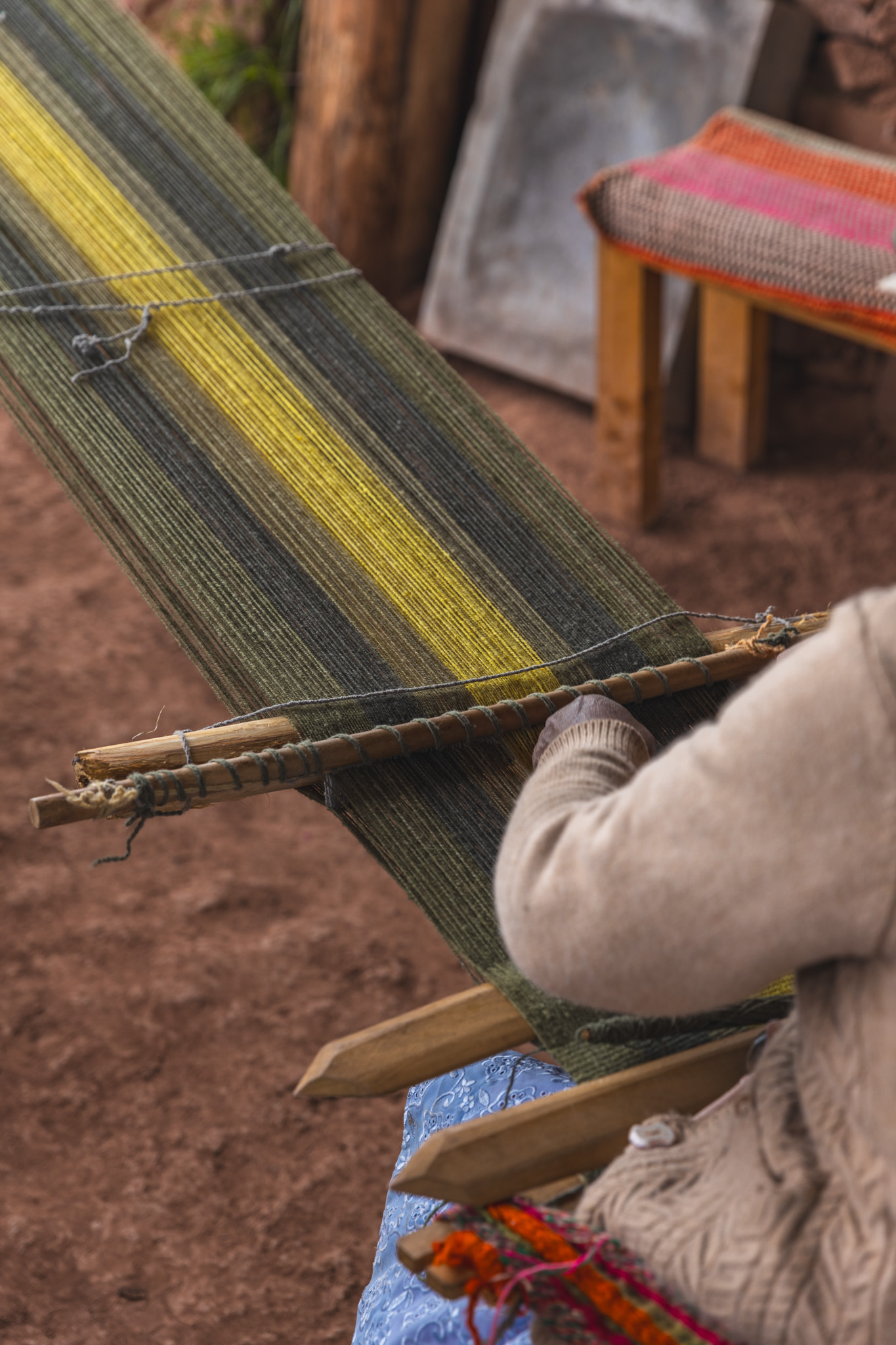
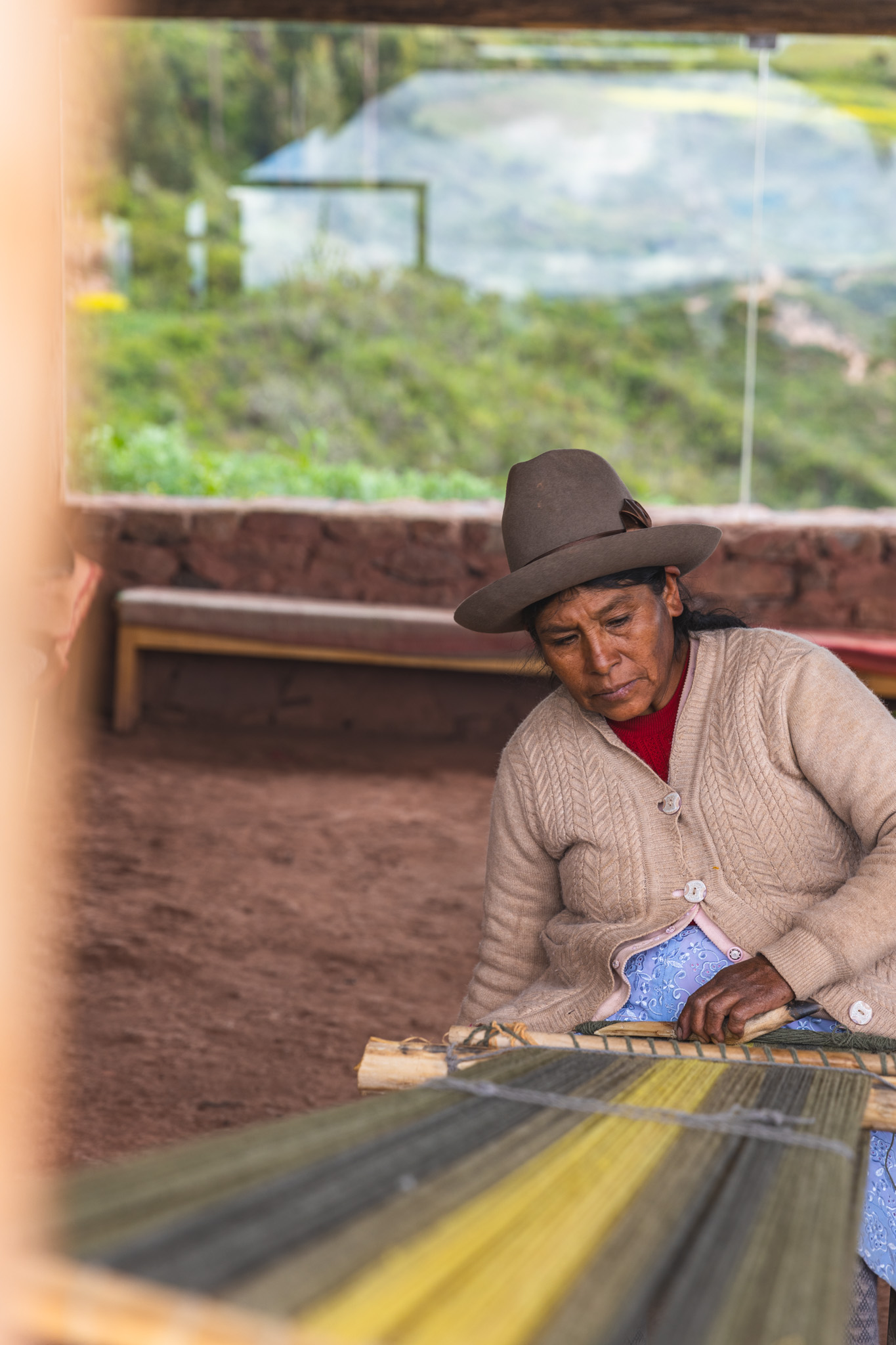
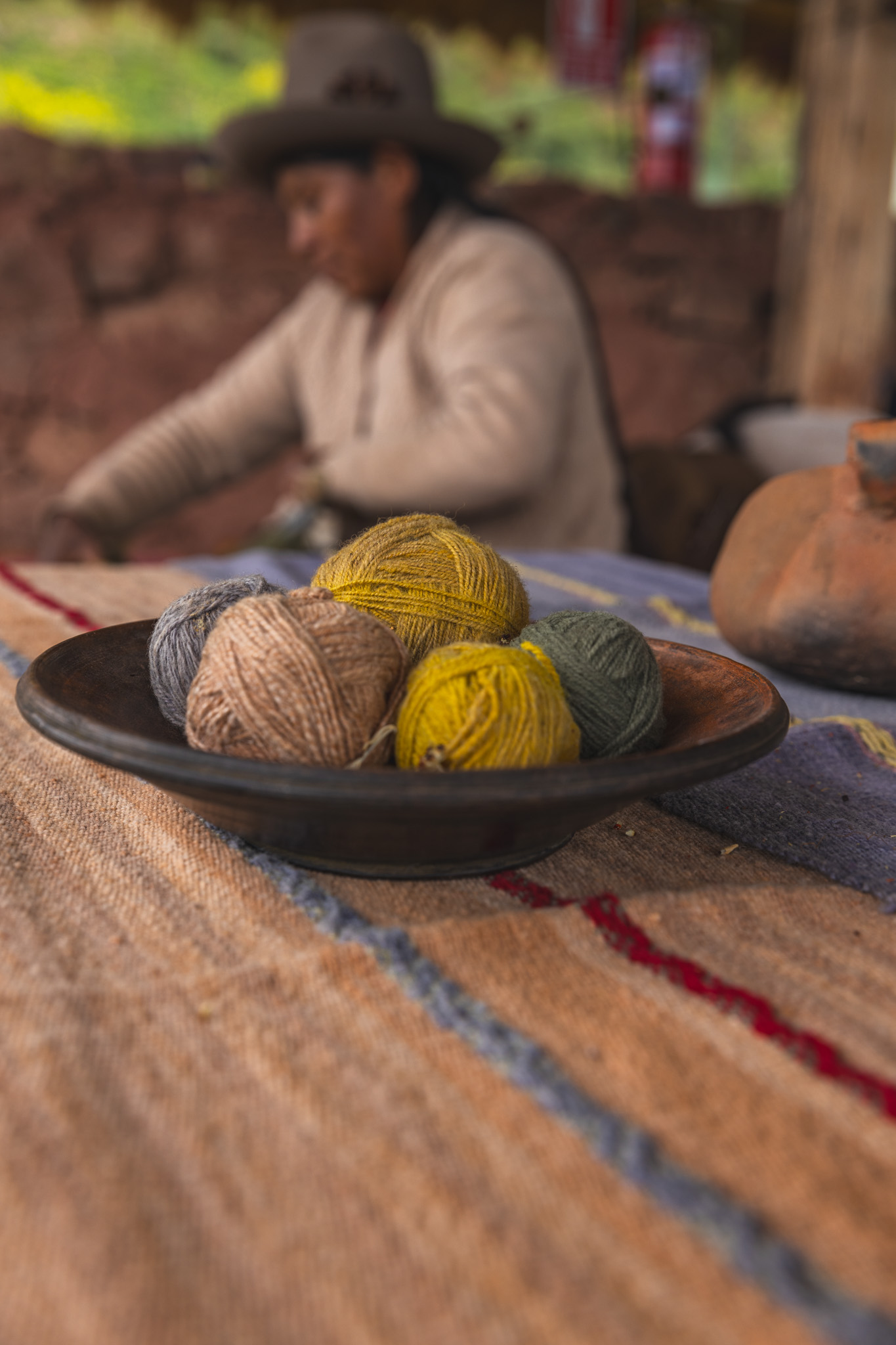
Finally, we were ready for the meal service. We started at the bar with a few cocktails made from local plants and roots from the region.
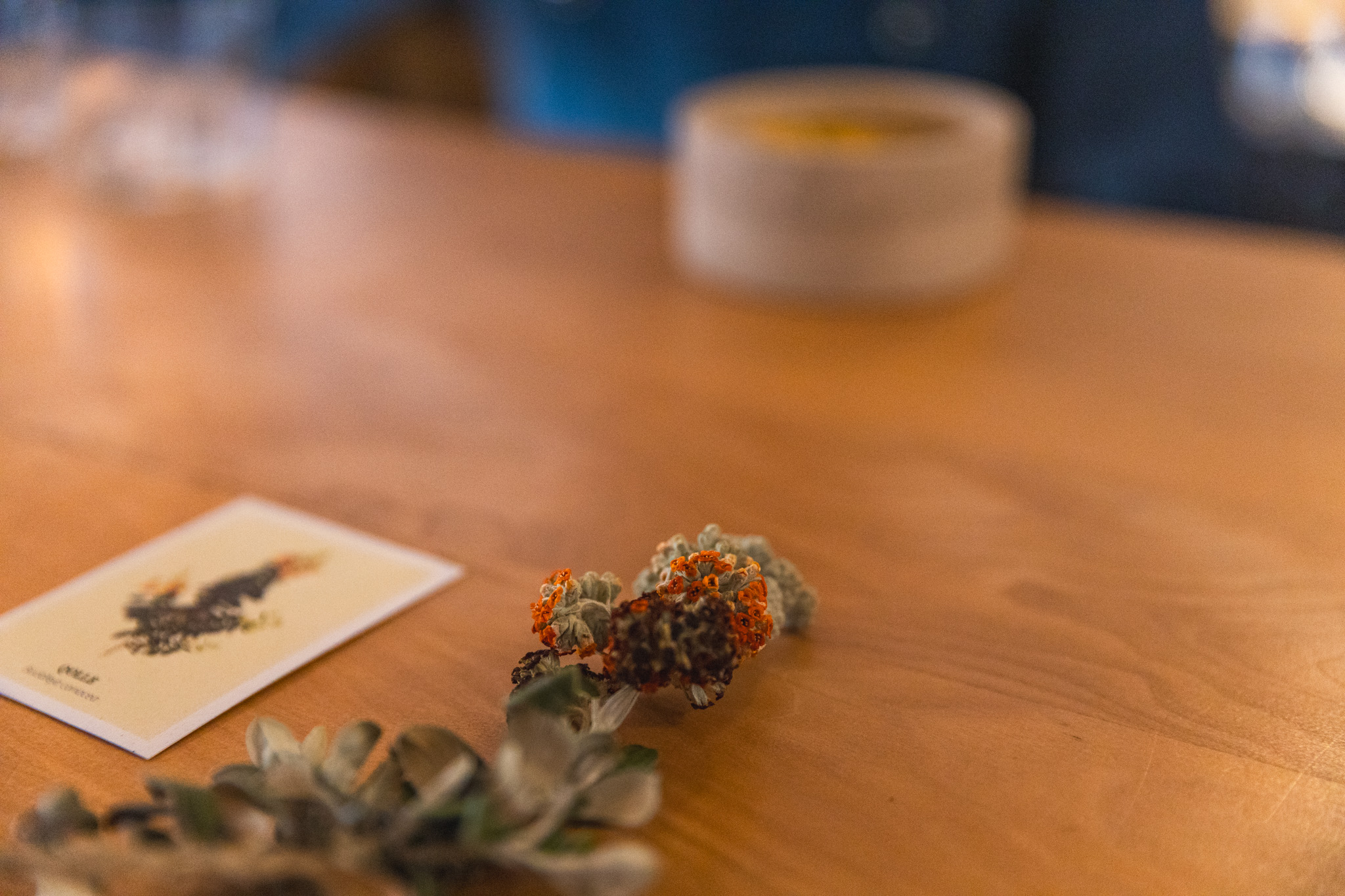
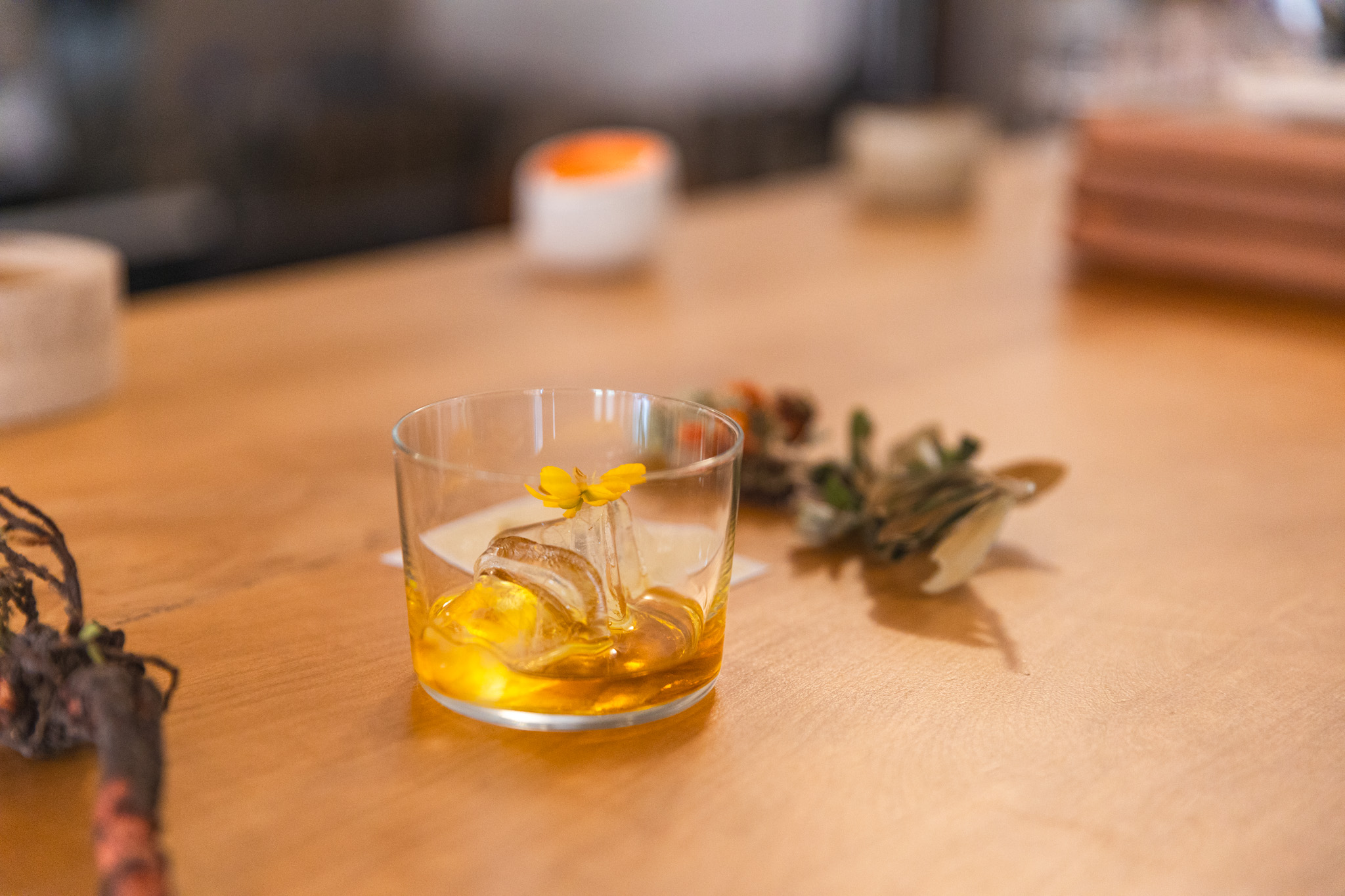
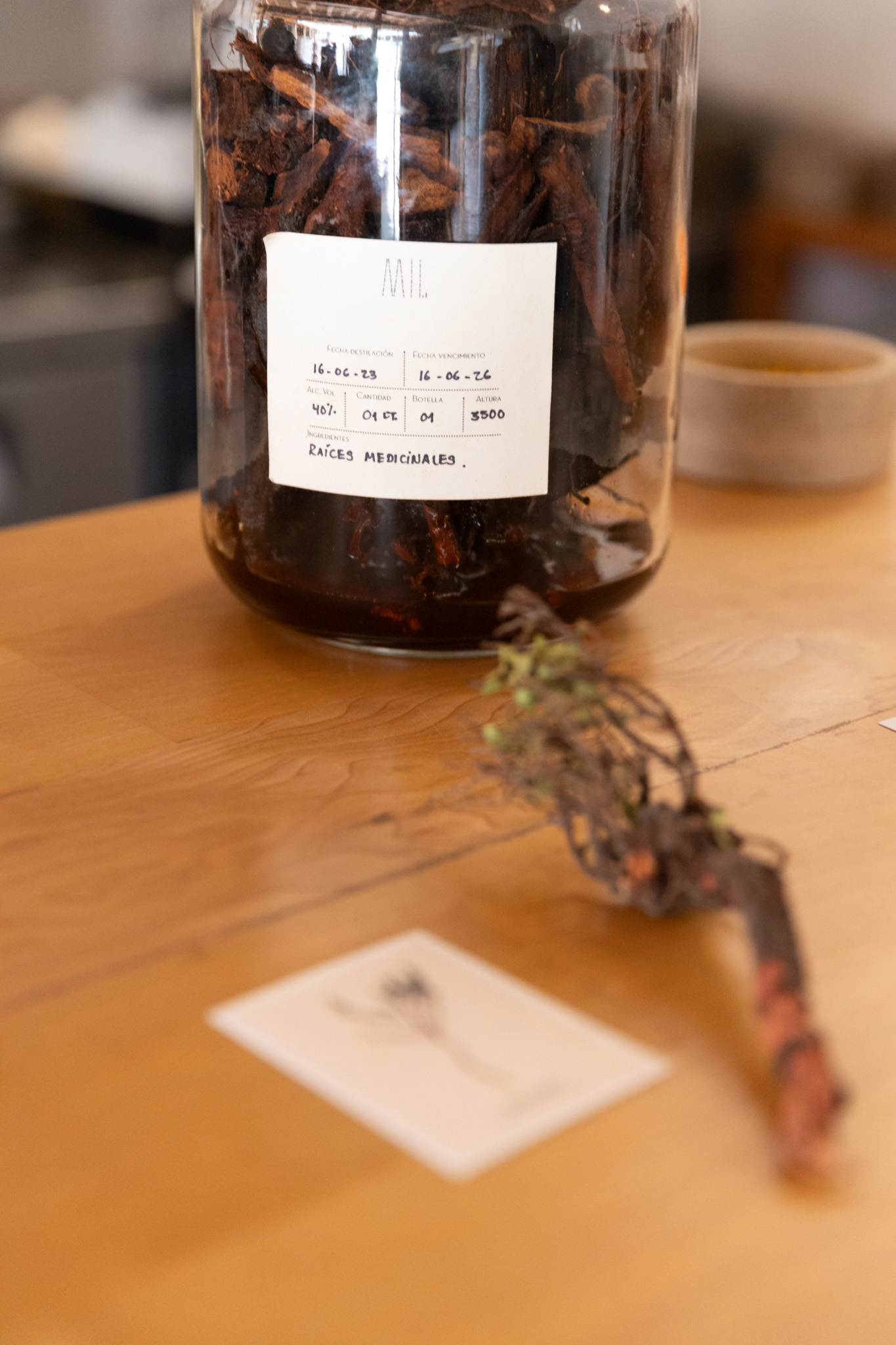
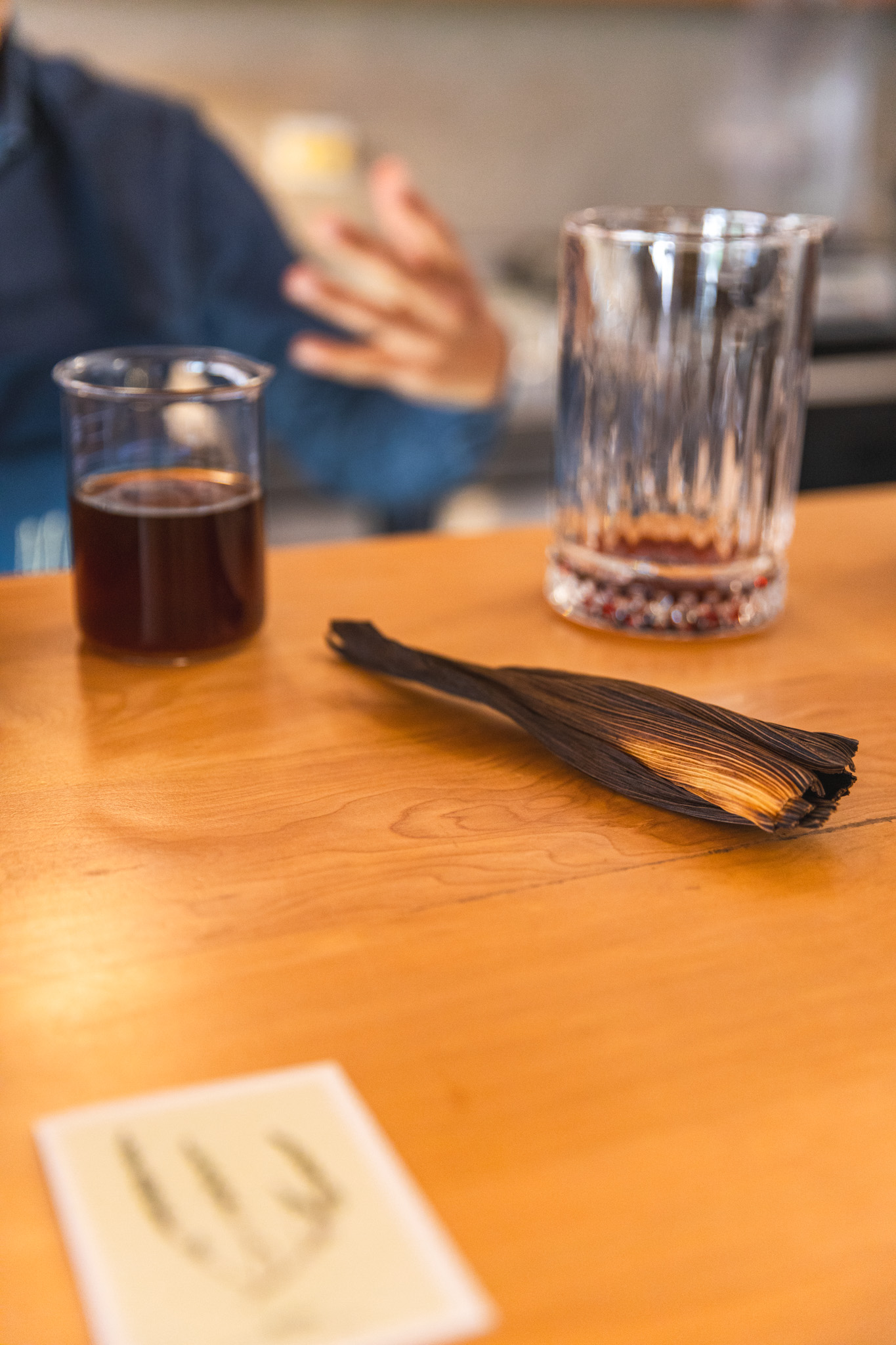

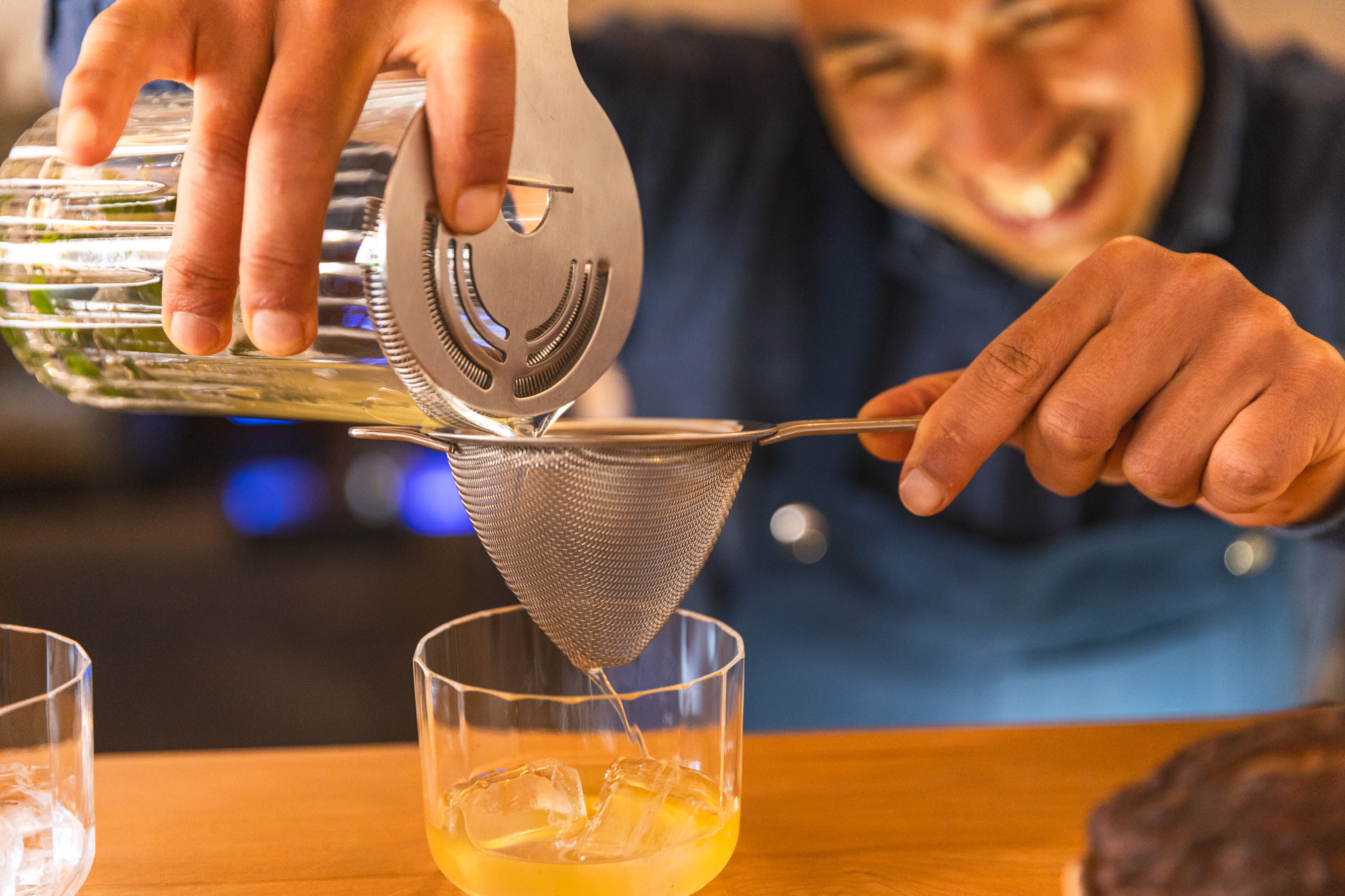
Then we moved to the dining room for an 8-course tasting menu, with each course representing a different altitude of the region.
- Preservation: chuño, corn, uchucuta sauce, oxalis
- Highland: cabuya, lamb, kañiwa, cushuro
- Extreme Altitude: alpaca, black quinoa, multigrains, ayrampo fruit
- Corn Diversity: piscorunto, chullpi corn, urubamba corn, fresh cheese
- Central Andes: potatoes, stems, chaco clay, markh’u leaves
- Andean Forest: tarwi, duck, callampa, rocoto pepper
- Frozen Cordillera: qolle, muña, tuber ashes
- Sweet Huatia: mullaska, cacao, malva
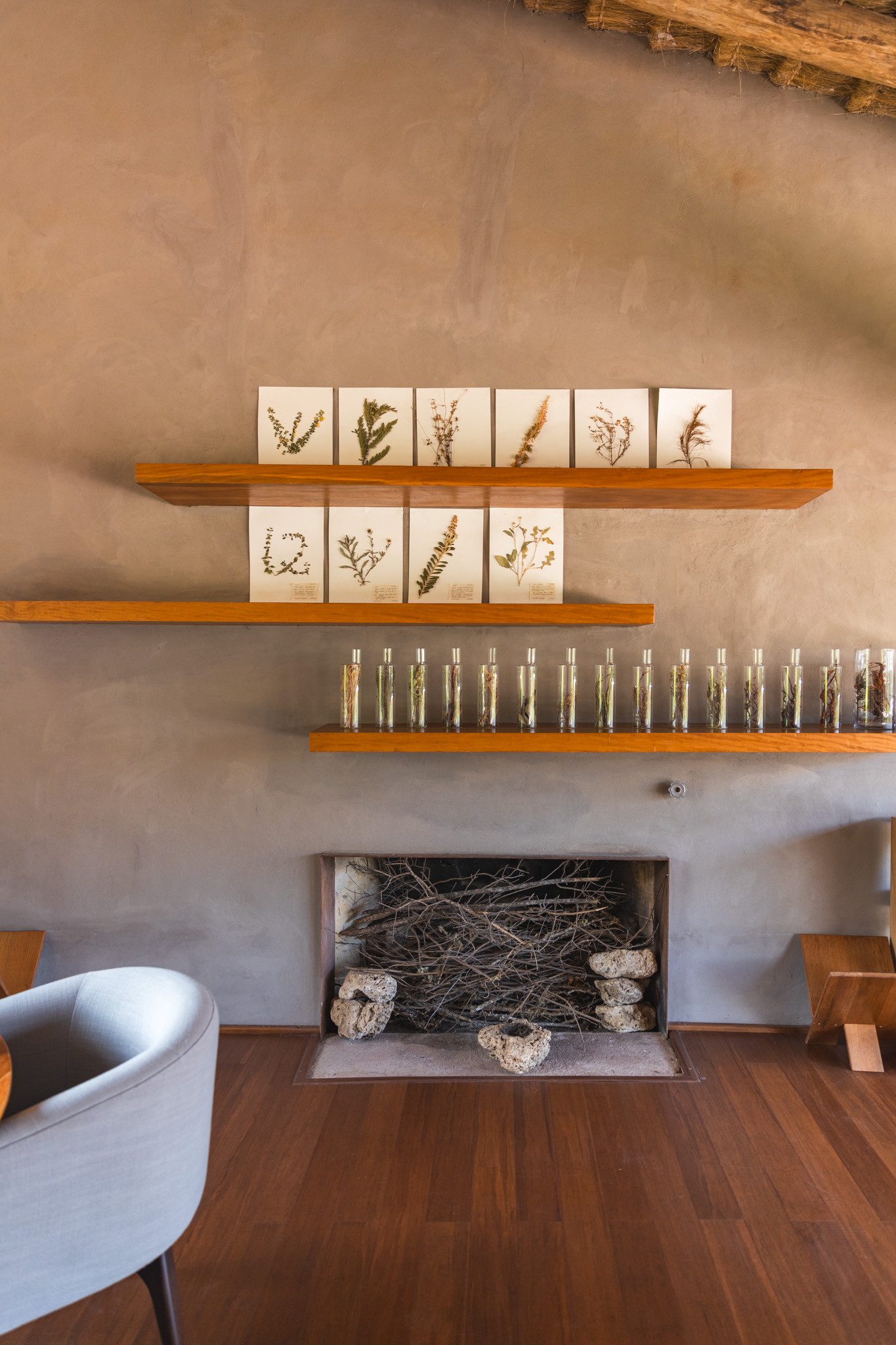
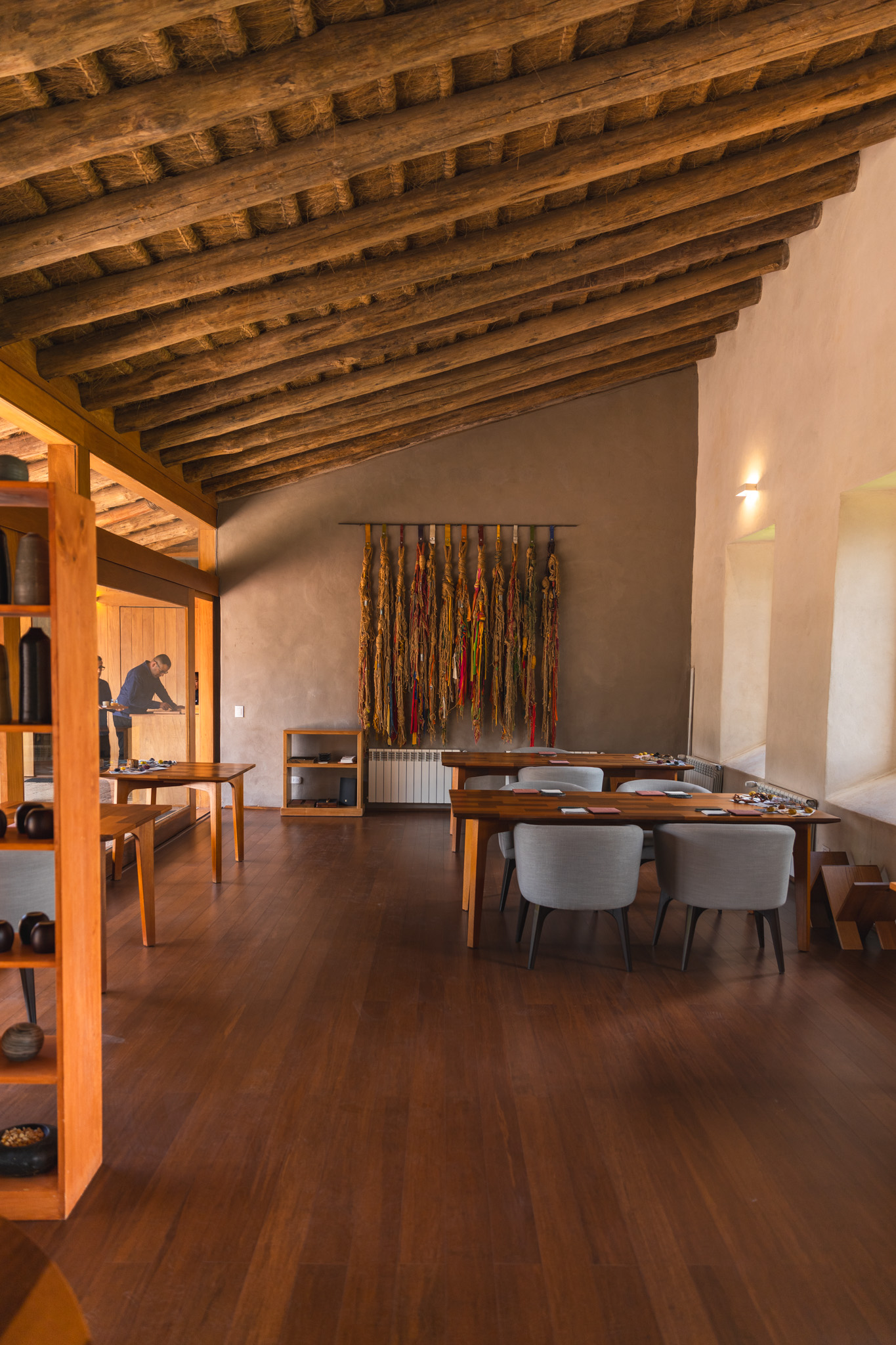
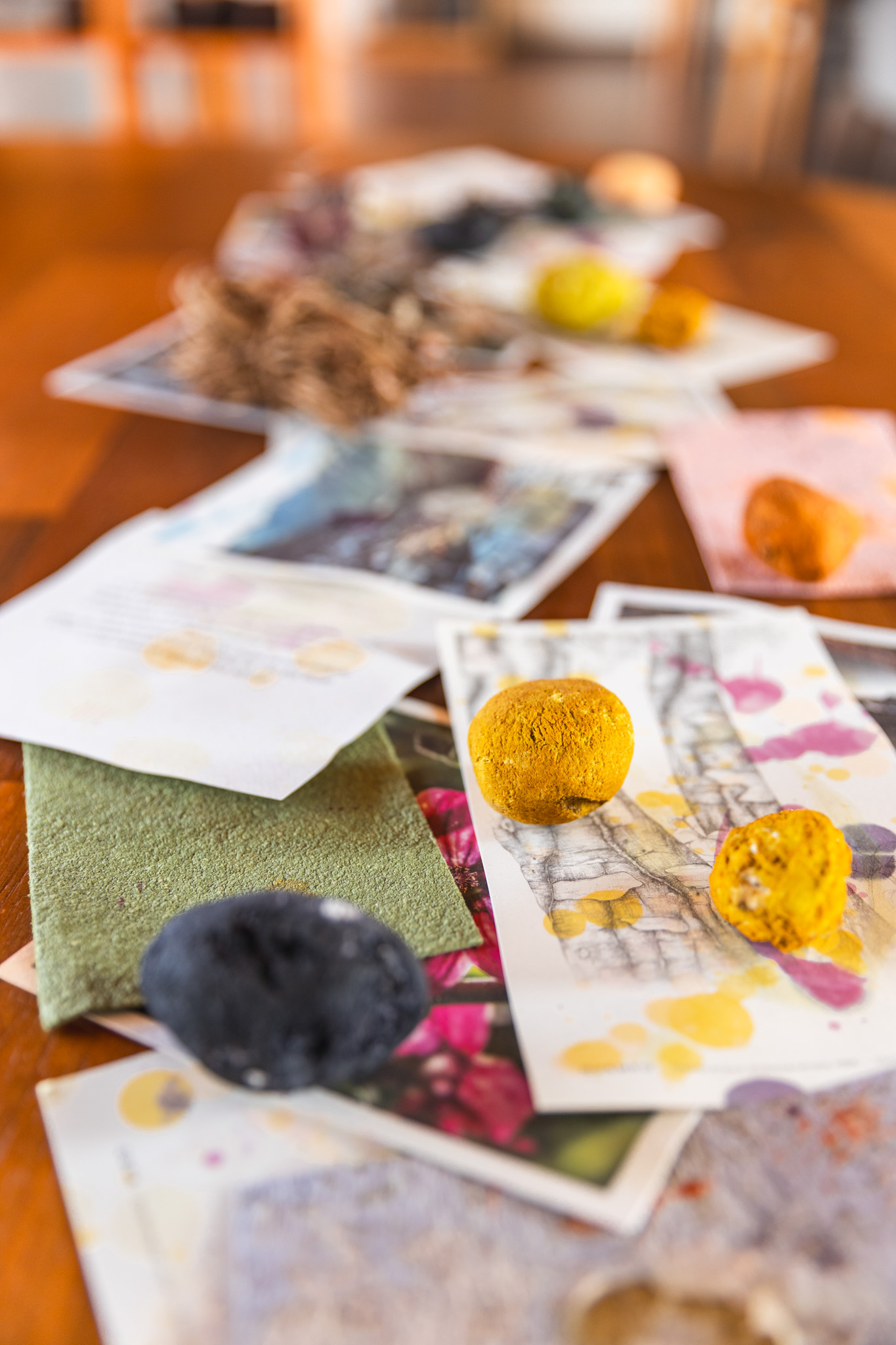
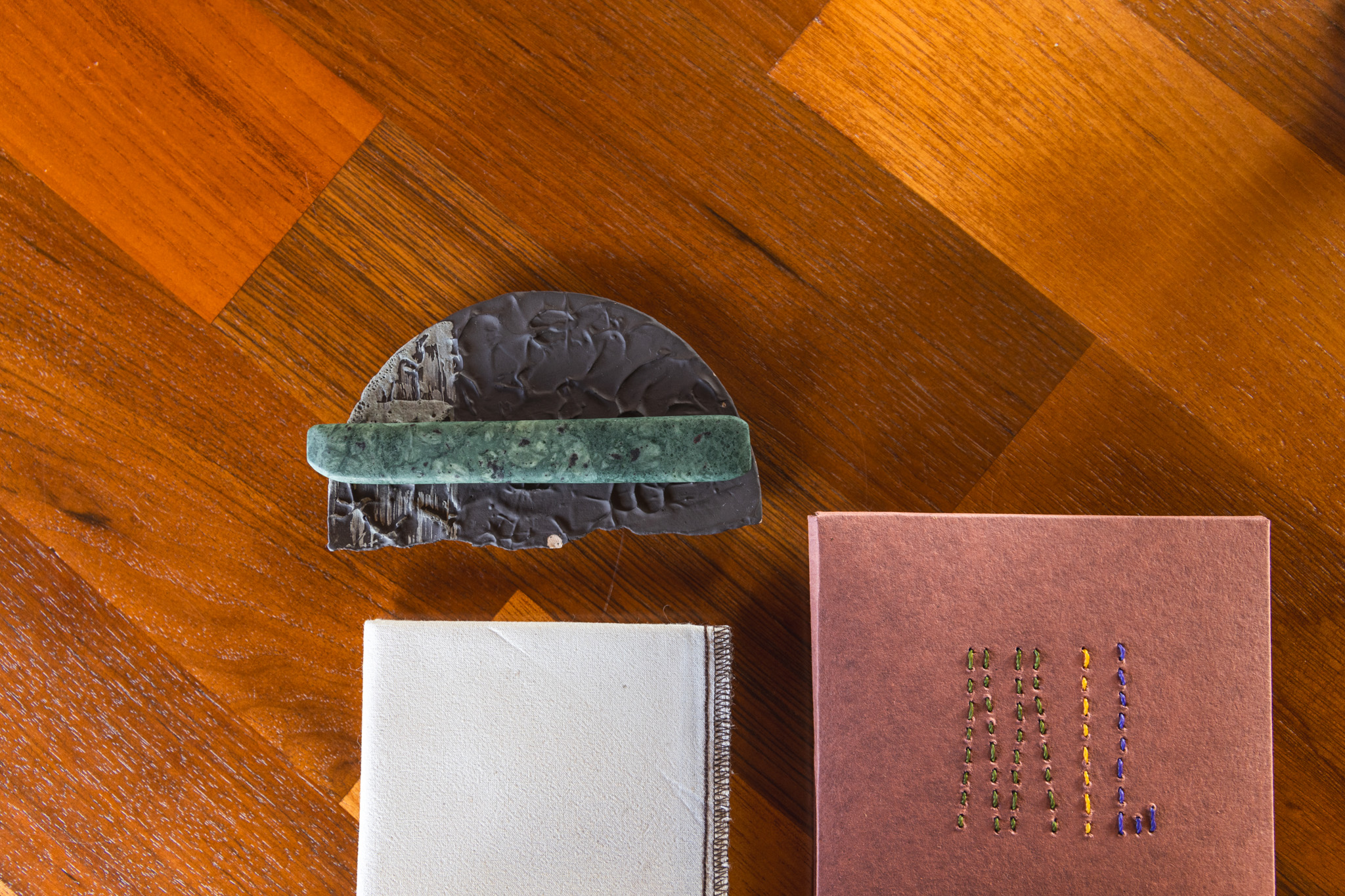


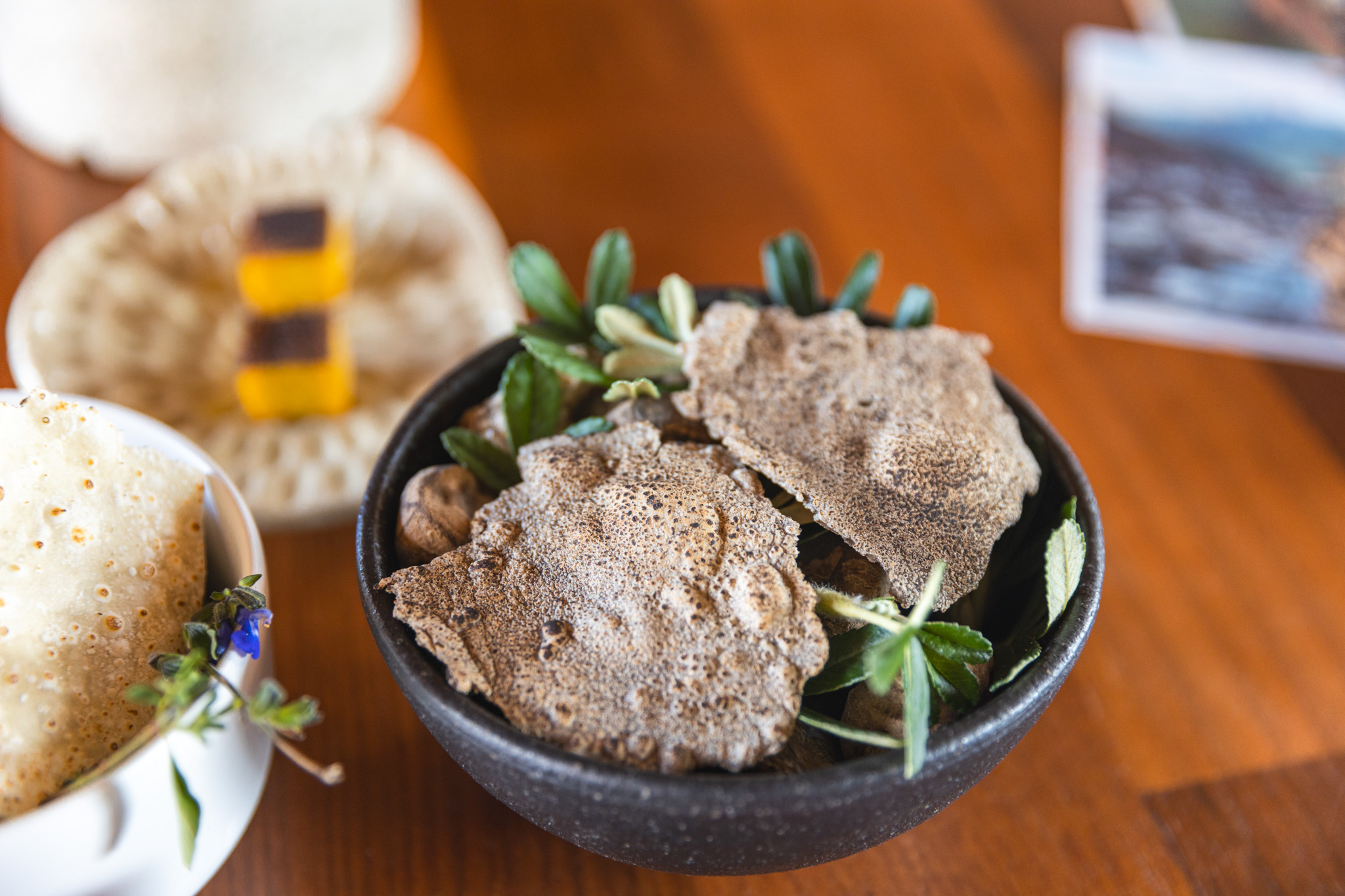




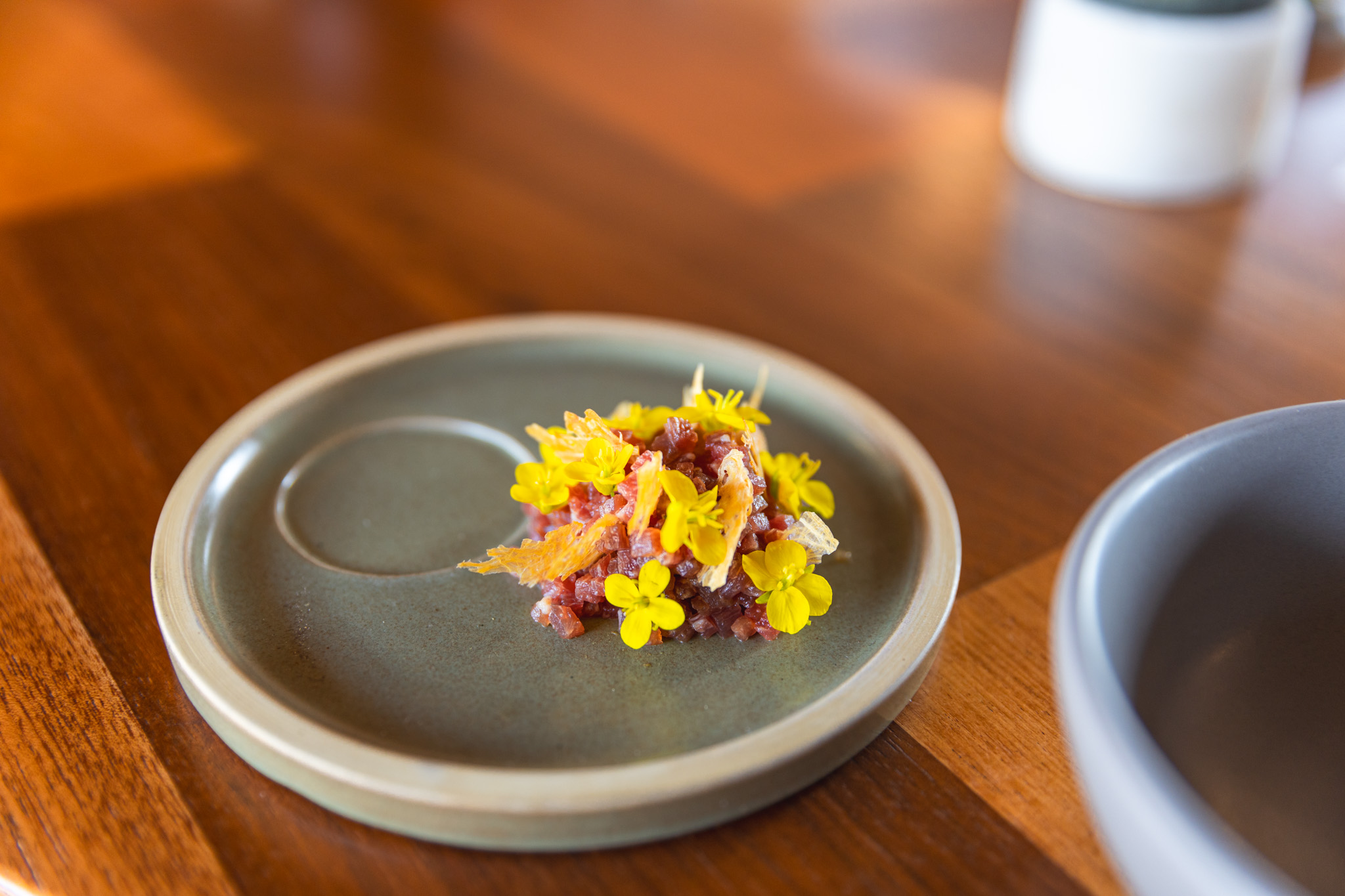

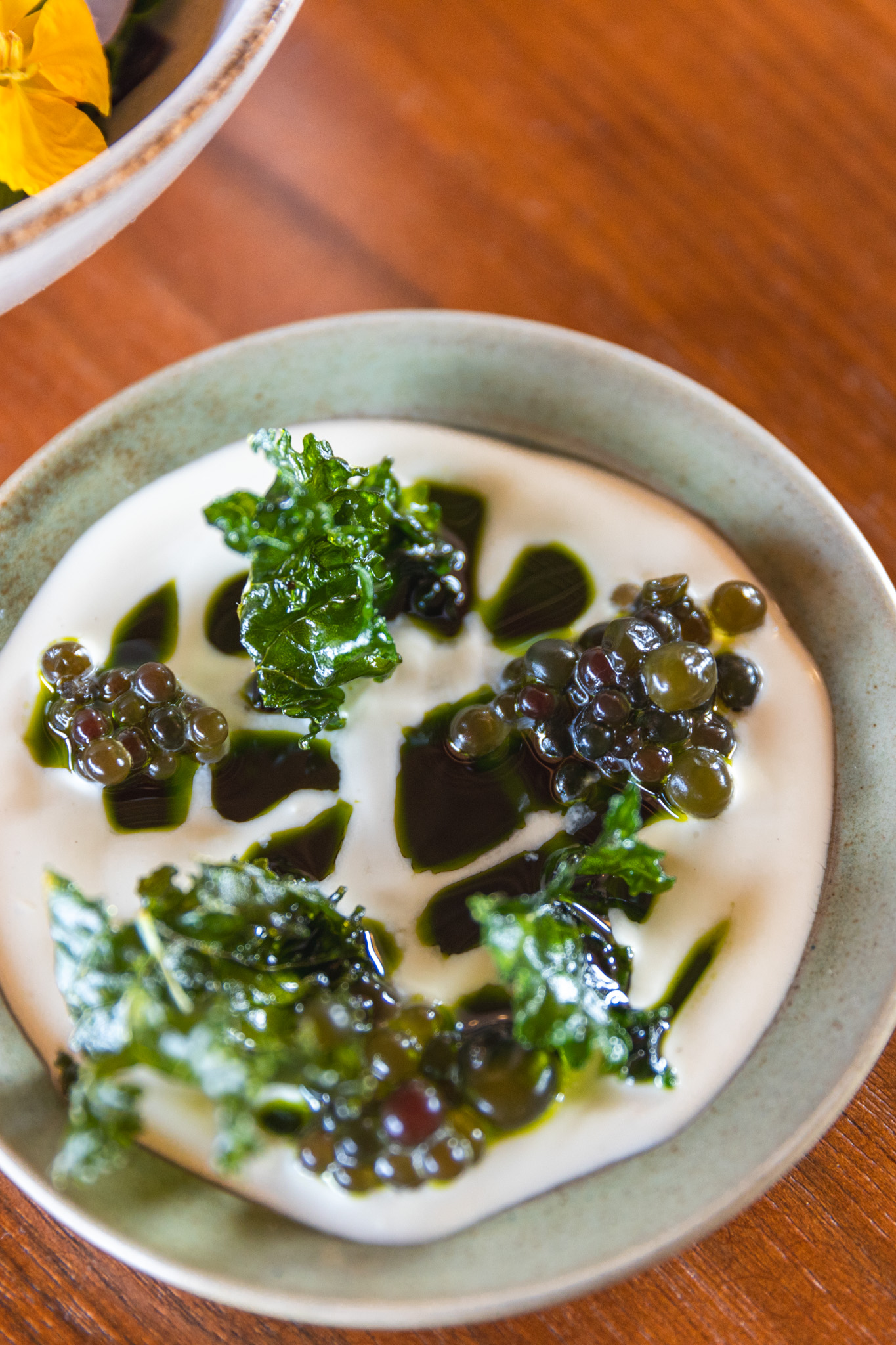


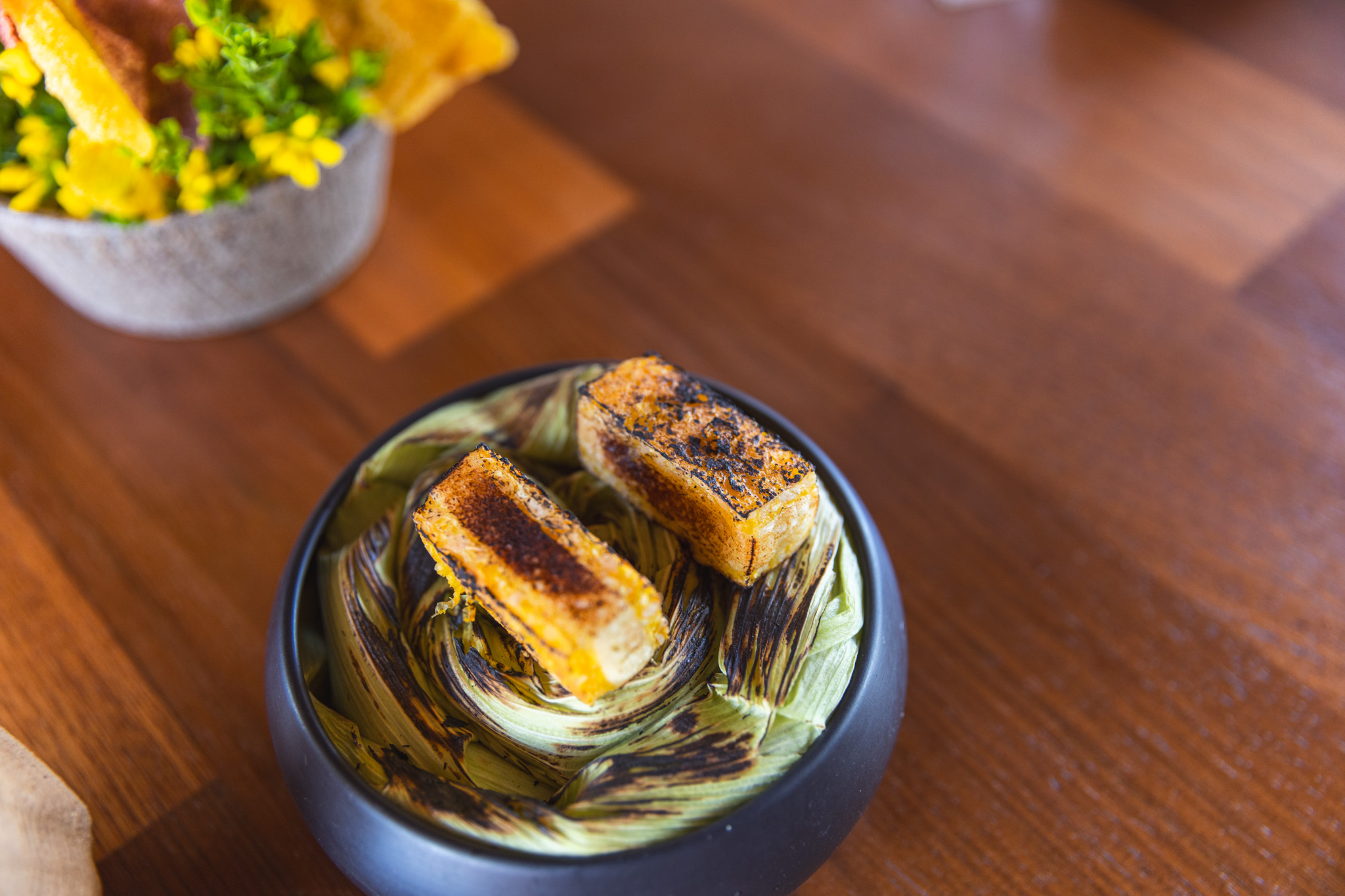


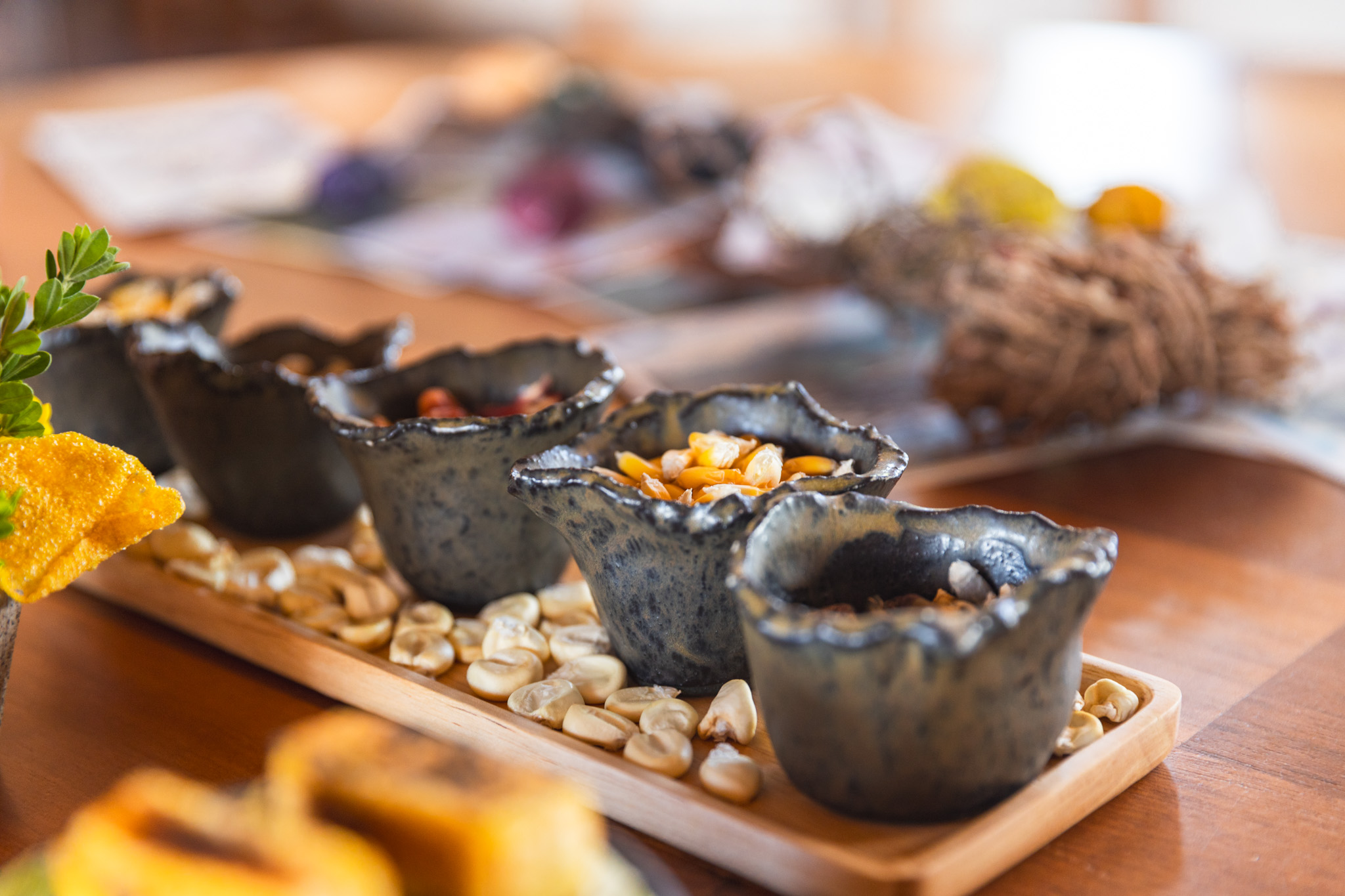


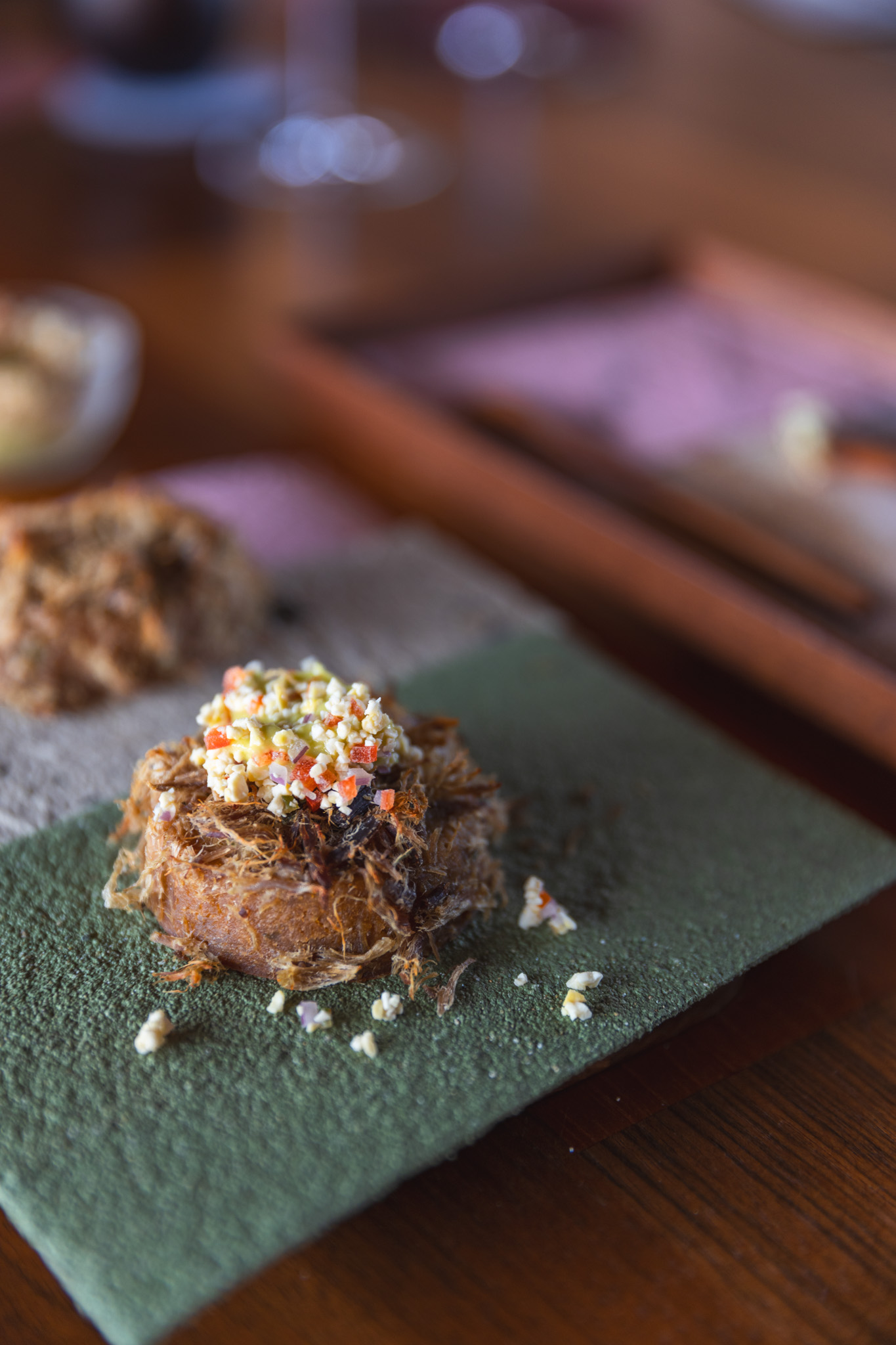




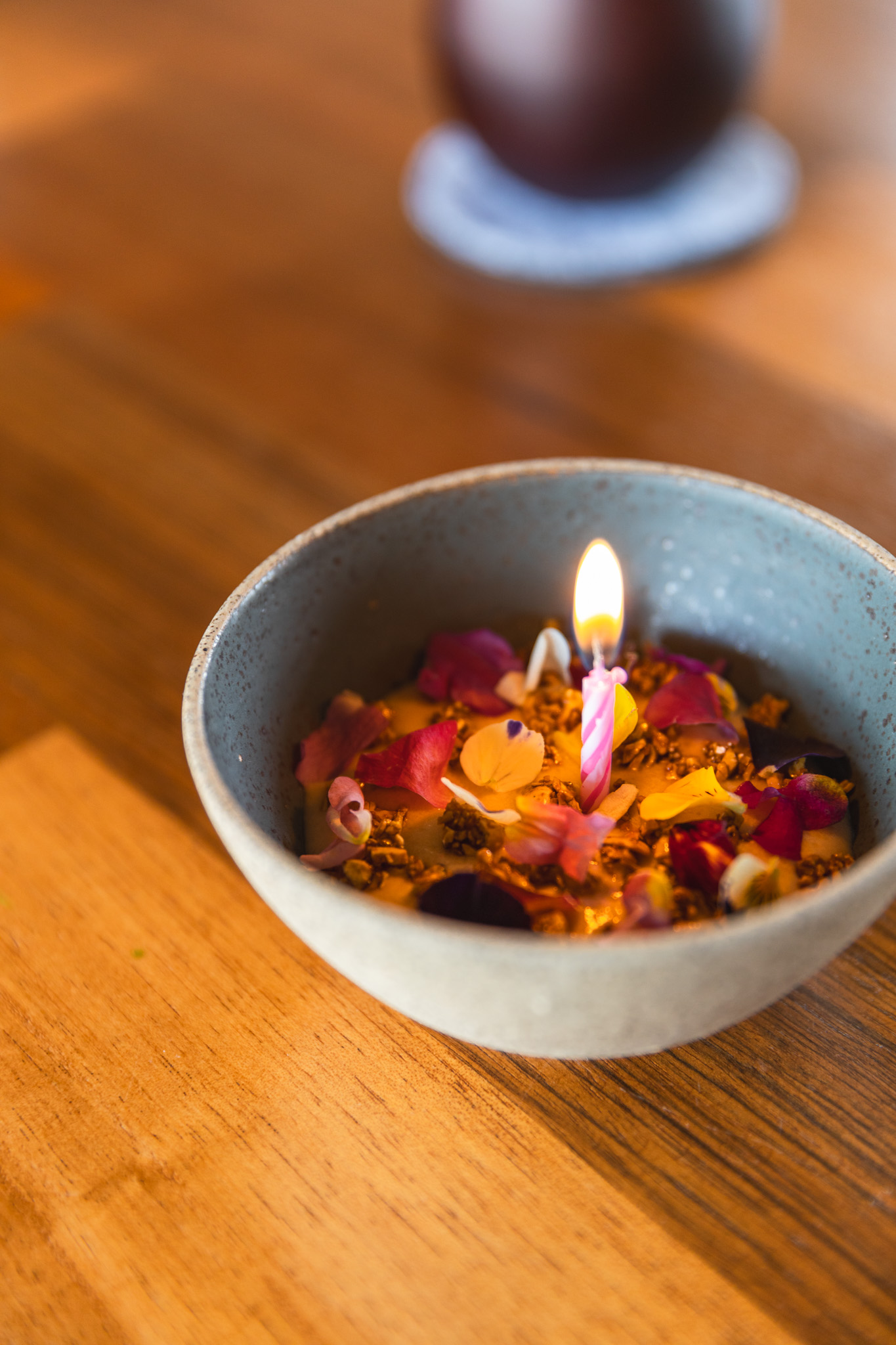
Around the 6th course, we were getting so full and sleepy that we asked for a break to stretch our legs and enjoy sun in the central courtyard before continuing. All in all, this was definitely one of the best meals of my life.
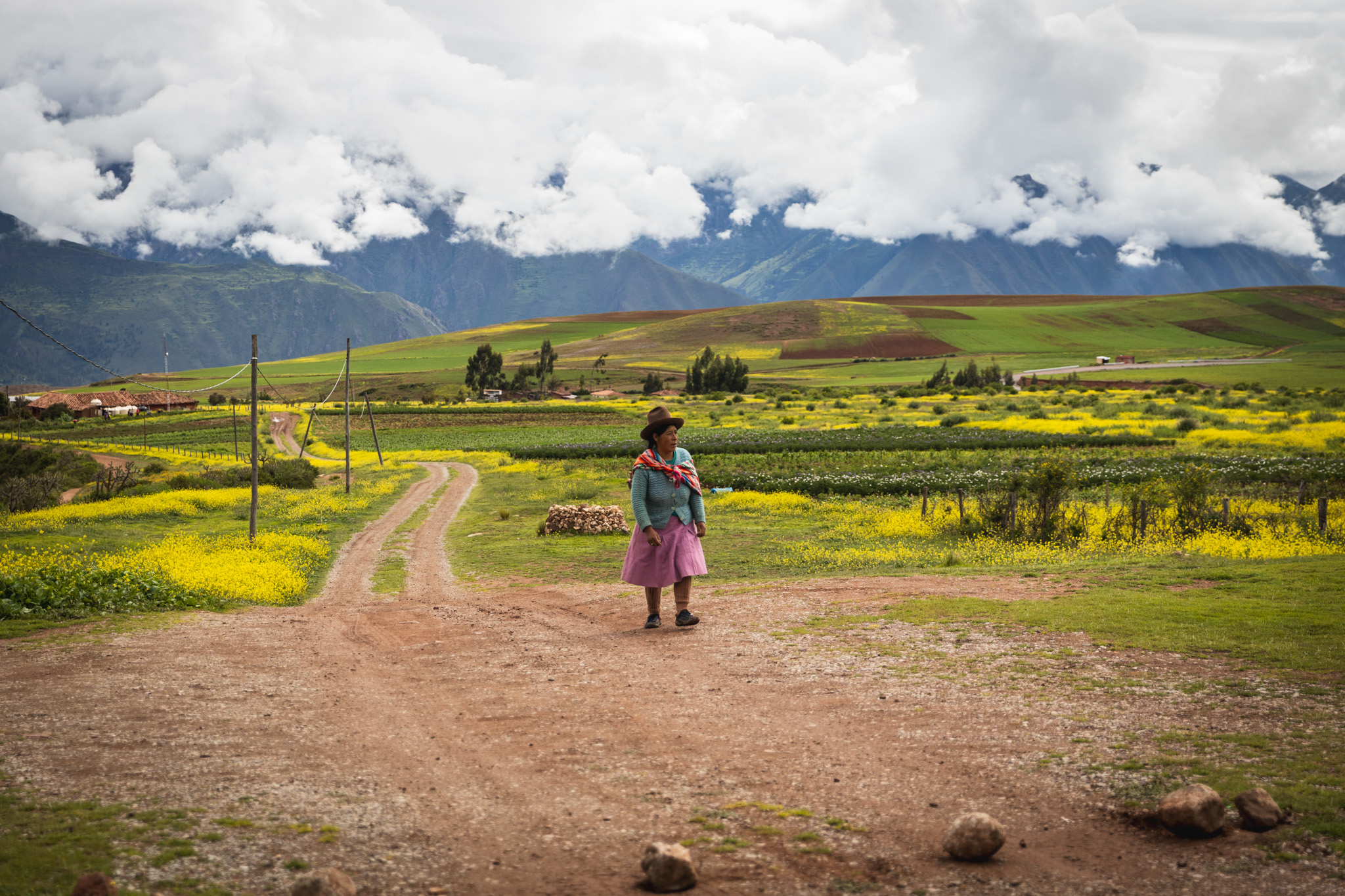
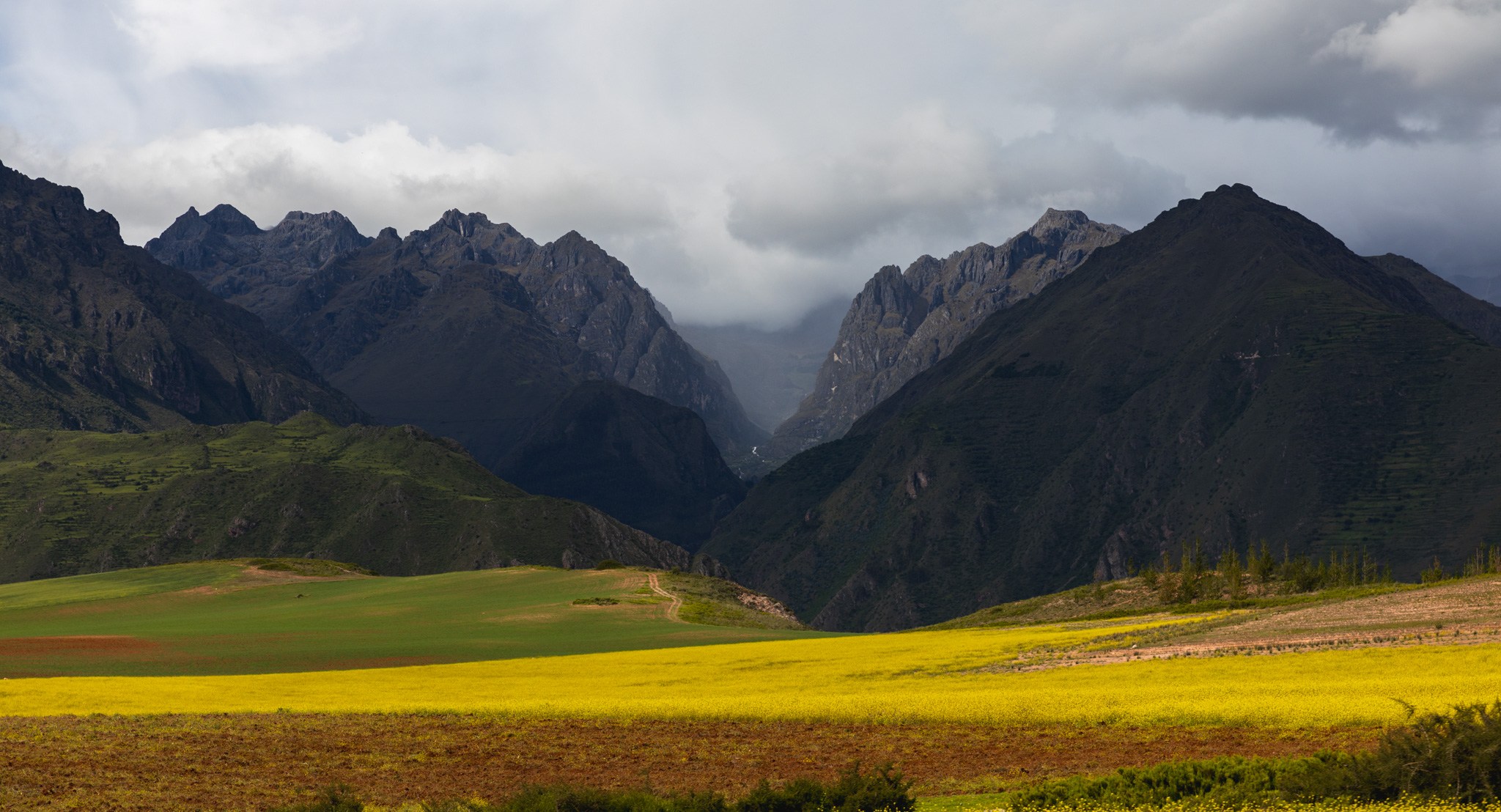
That afternoon, Marco took us to the famous Salineras de Maras (the salt mines of Maras). The salt mines are 3,000 natural salt wells, fed by a natural hypersaline underground spring. Each salt pan is owned by a different family in the Maras community, and selling salt is part of their way of making a living.
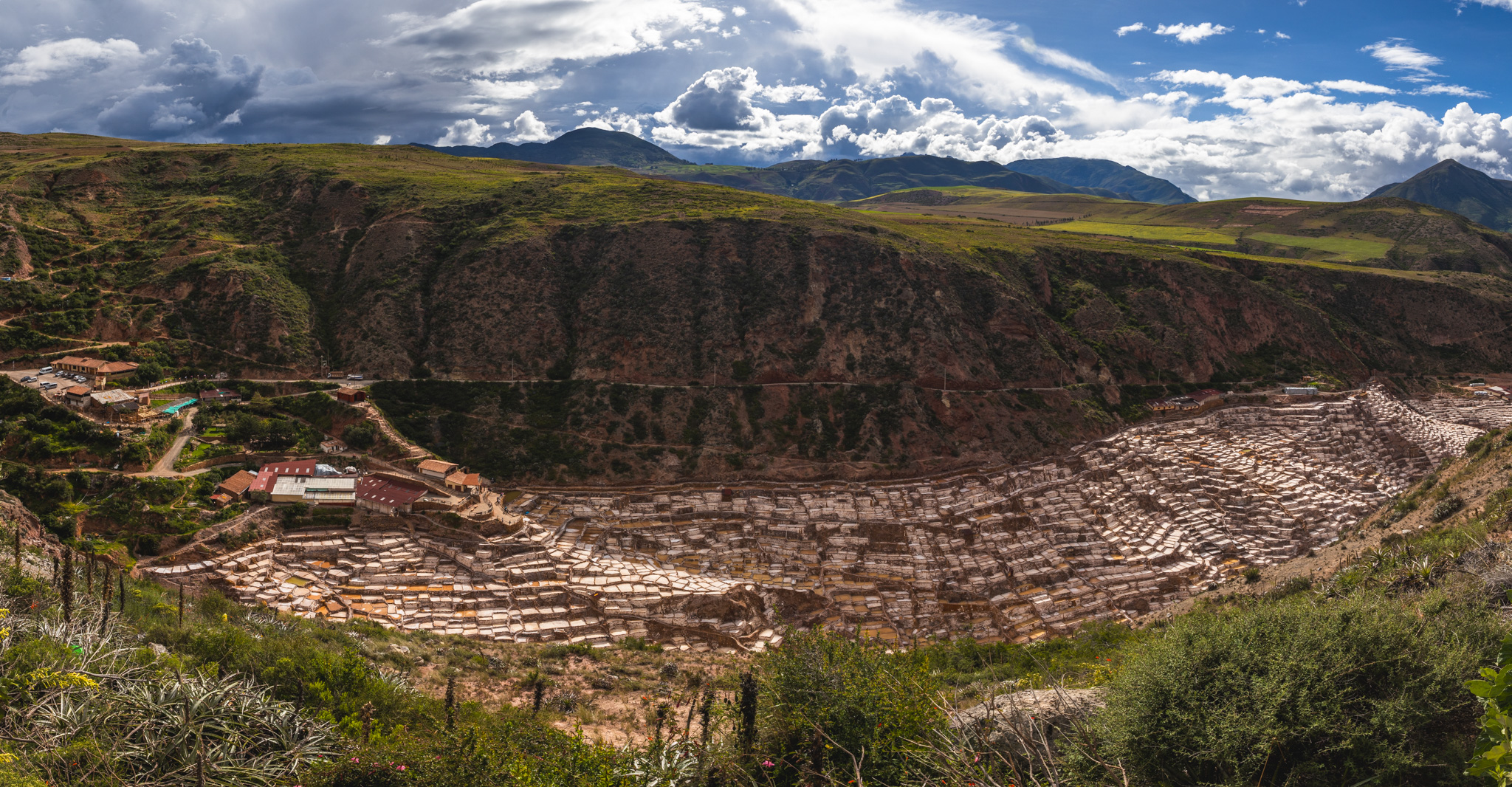
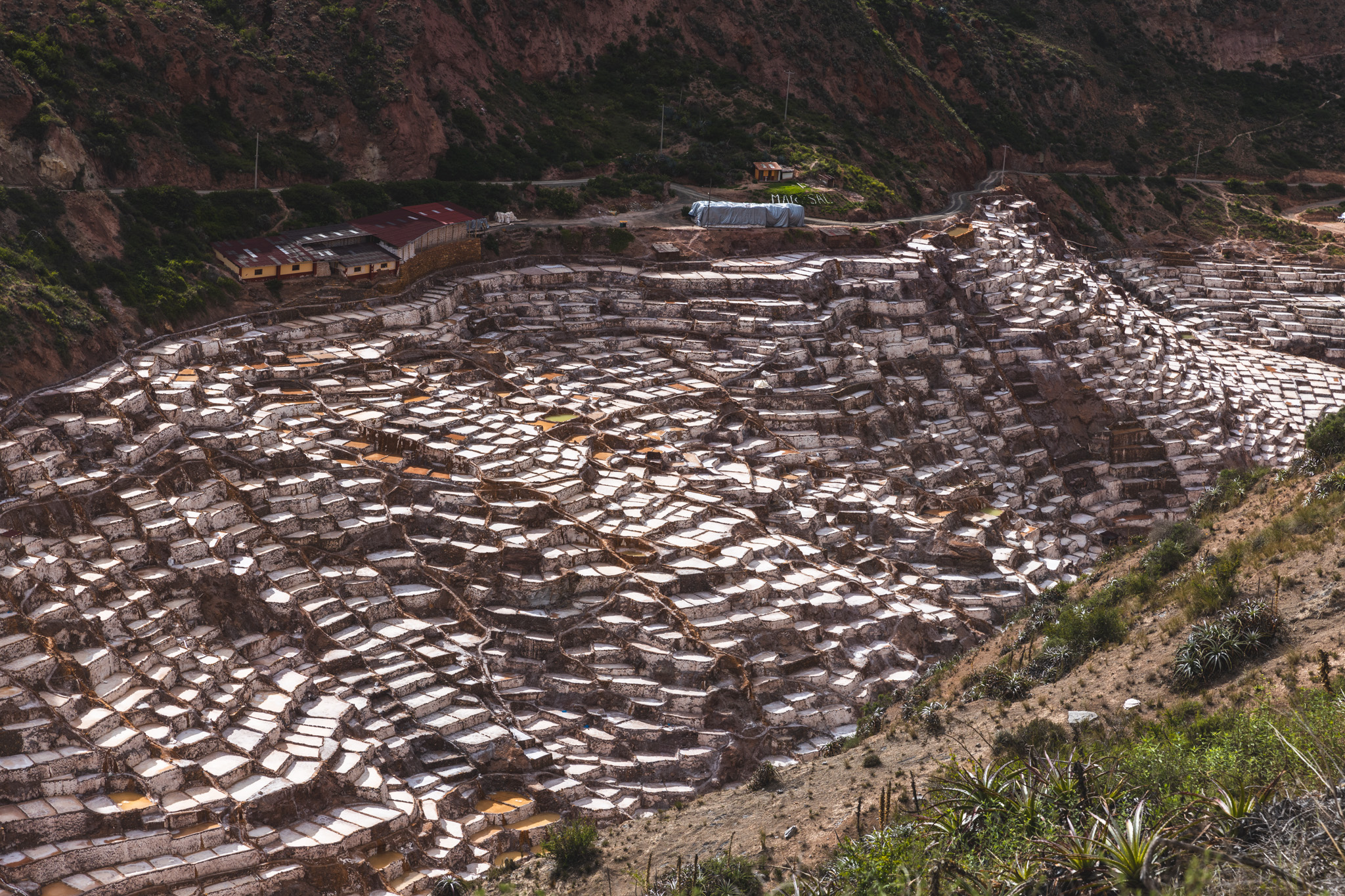

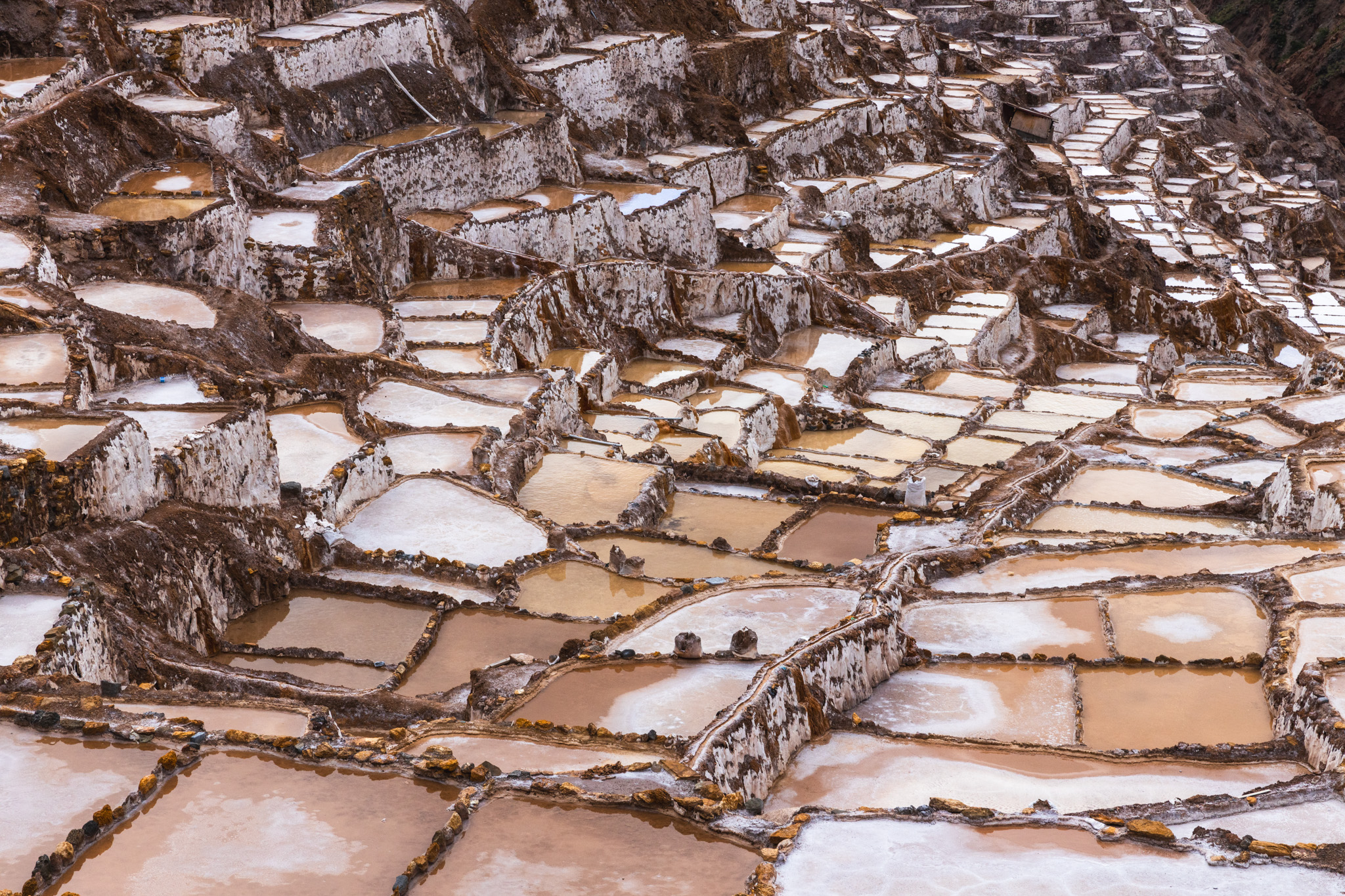
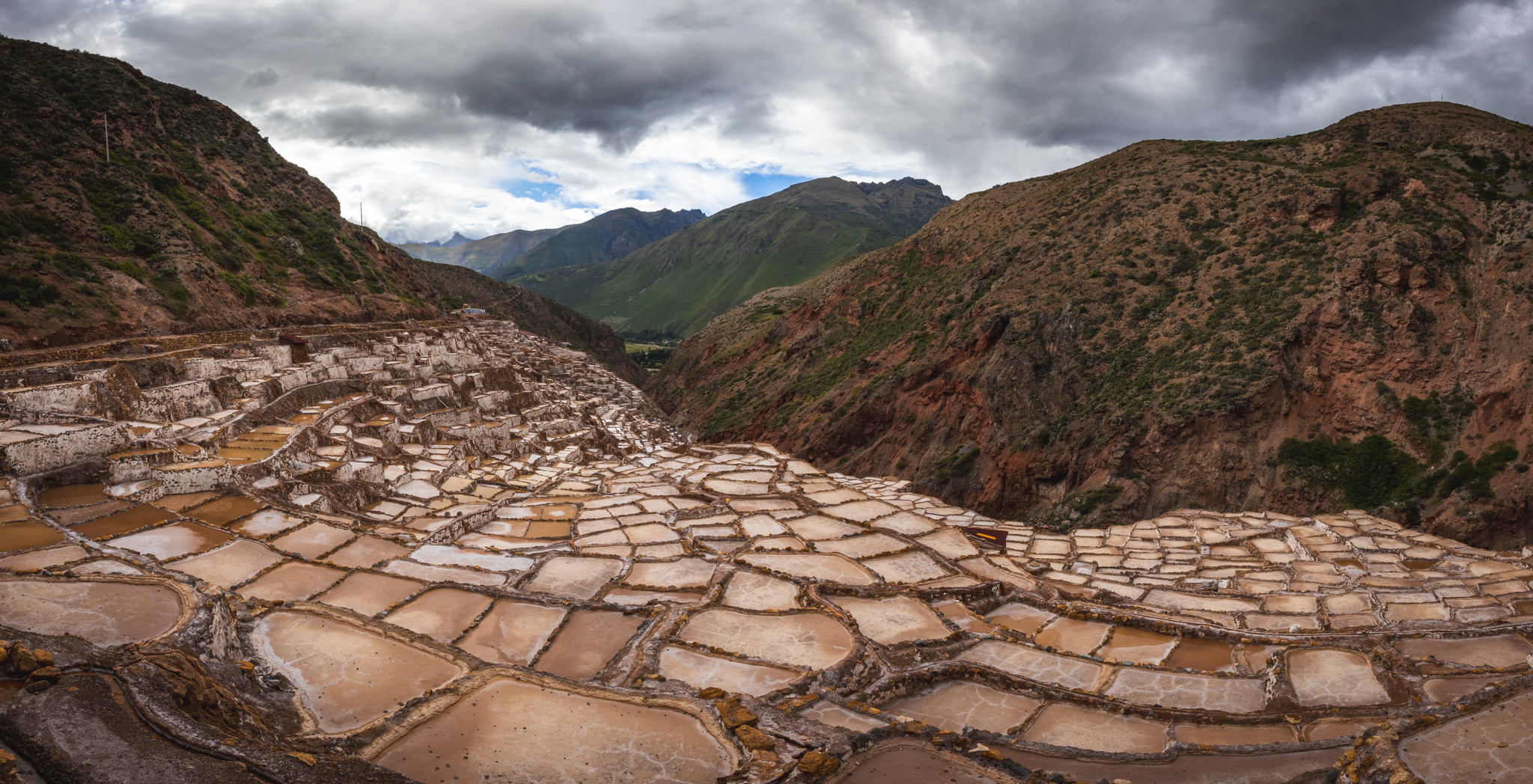
Day 5: Saturday, February 3
We spent our last day in Peru back in Cusco. Since I didn’t get to see the town the first day due to altitude sickness, the plan was to spend our last day walking around Cusco before heading to the airport, but we decided to sleep in and have a slow morning packing before heading out.
Overall, being in Peru for my 40th birthday was an amazing experience, and I recommend it to anyone if you get the chance.
Join 62,700+ subscribers to the weekly Dan Mall Teaches newsletter. I promise to keep my communication light and valuable!